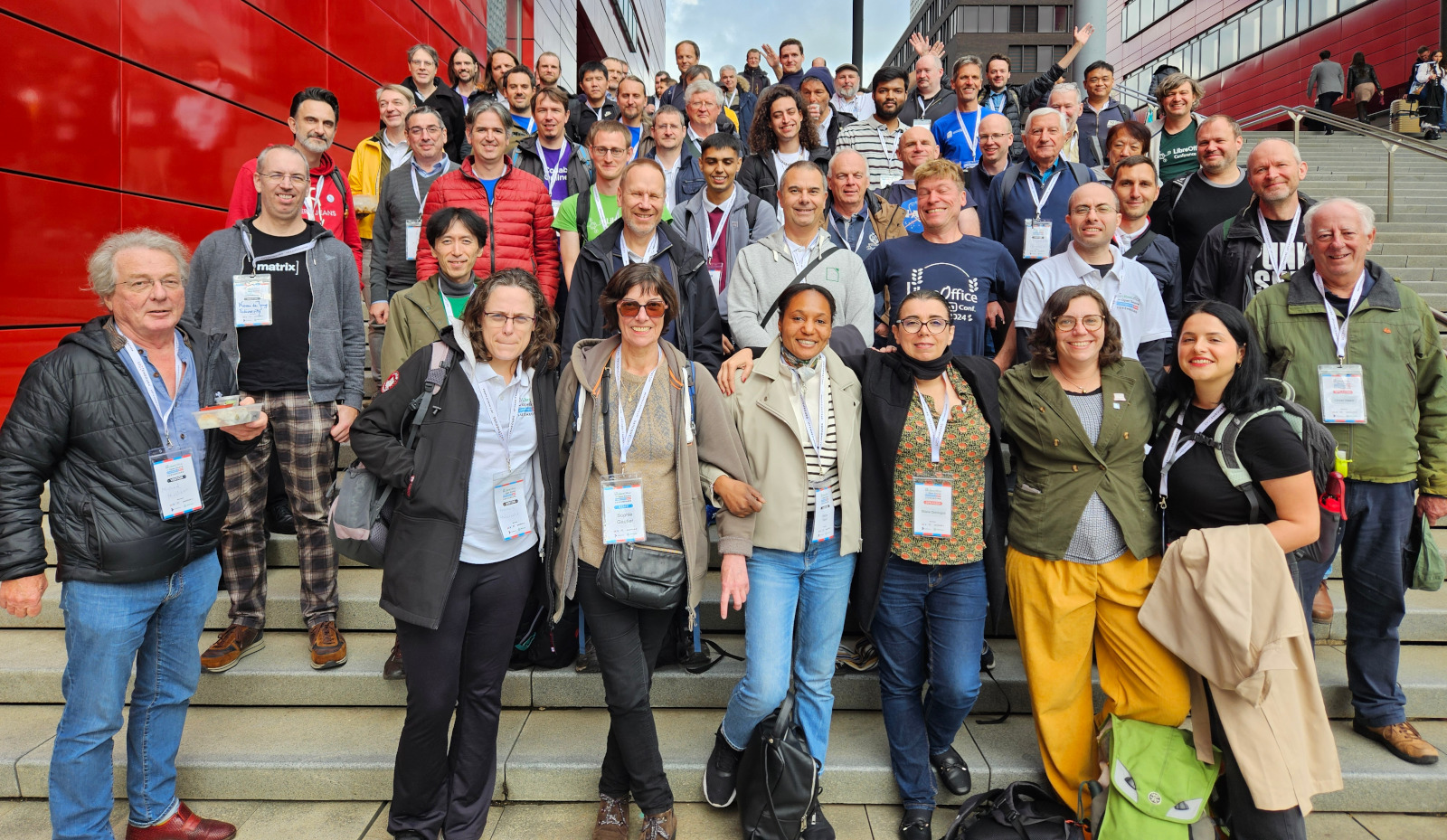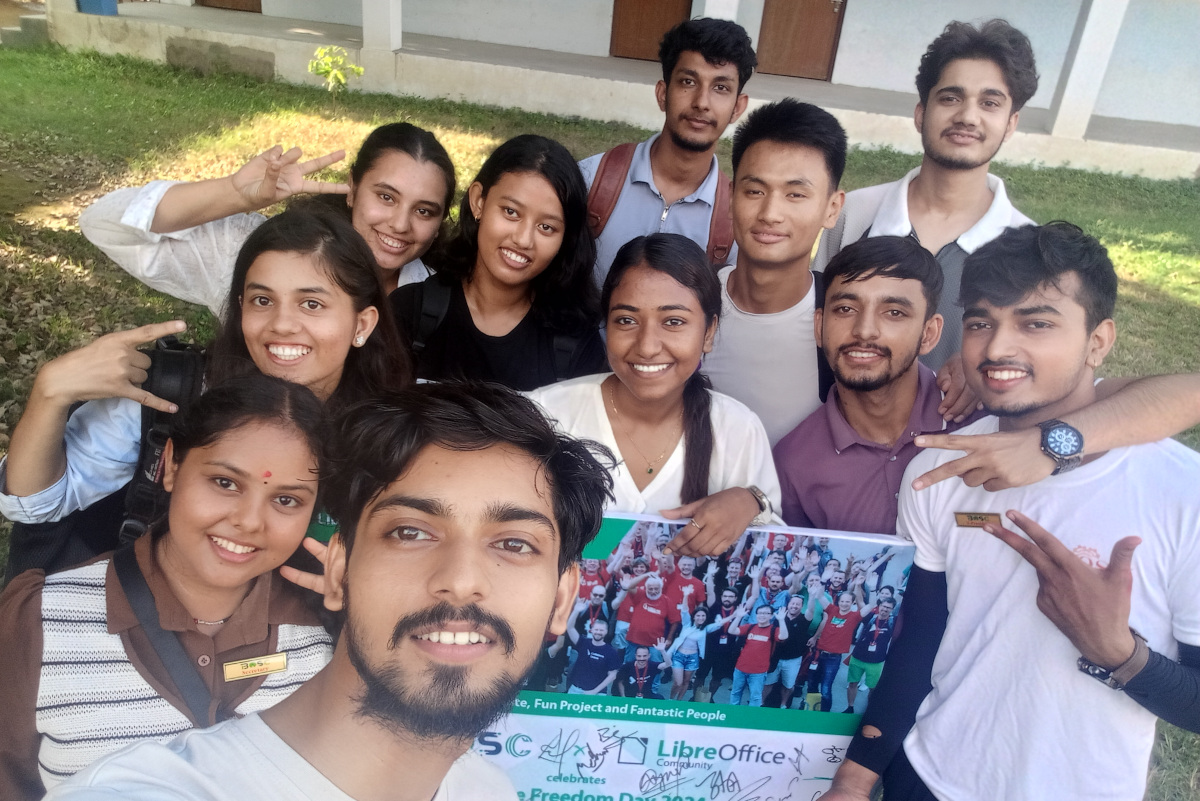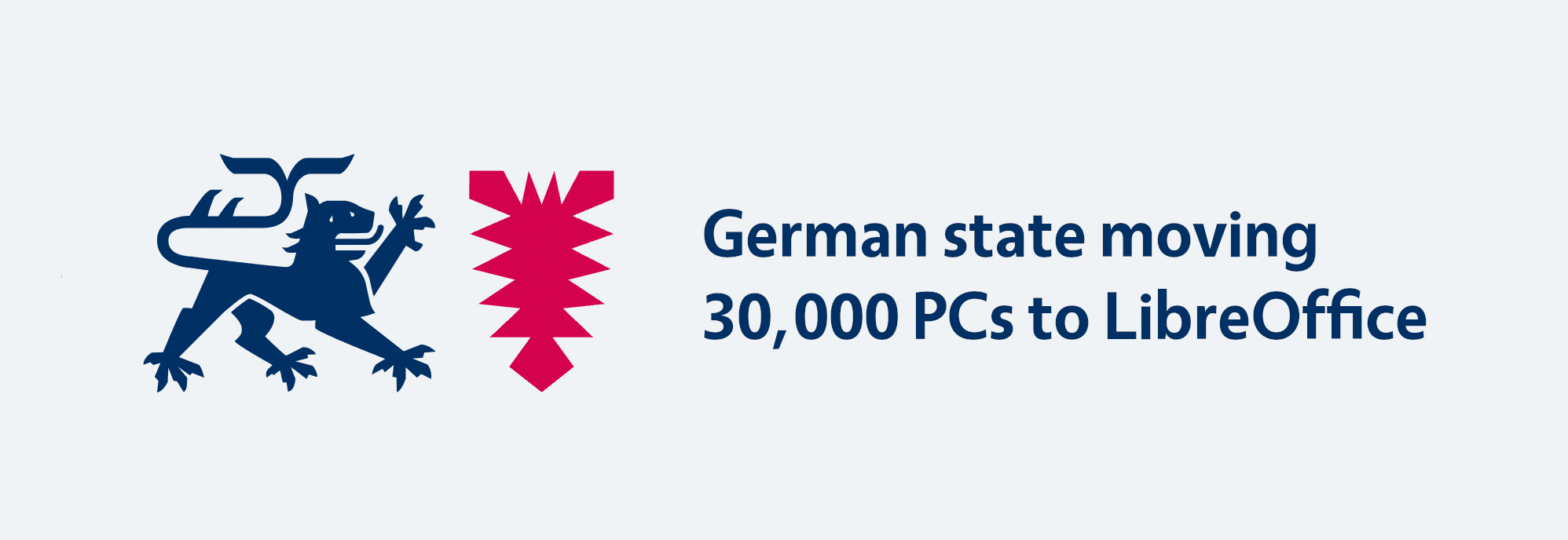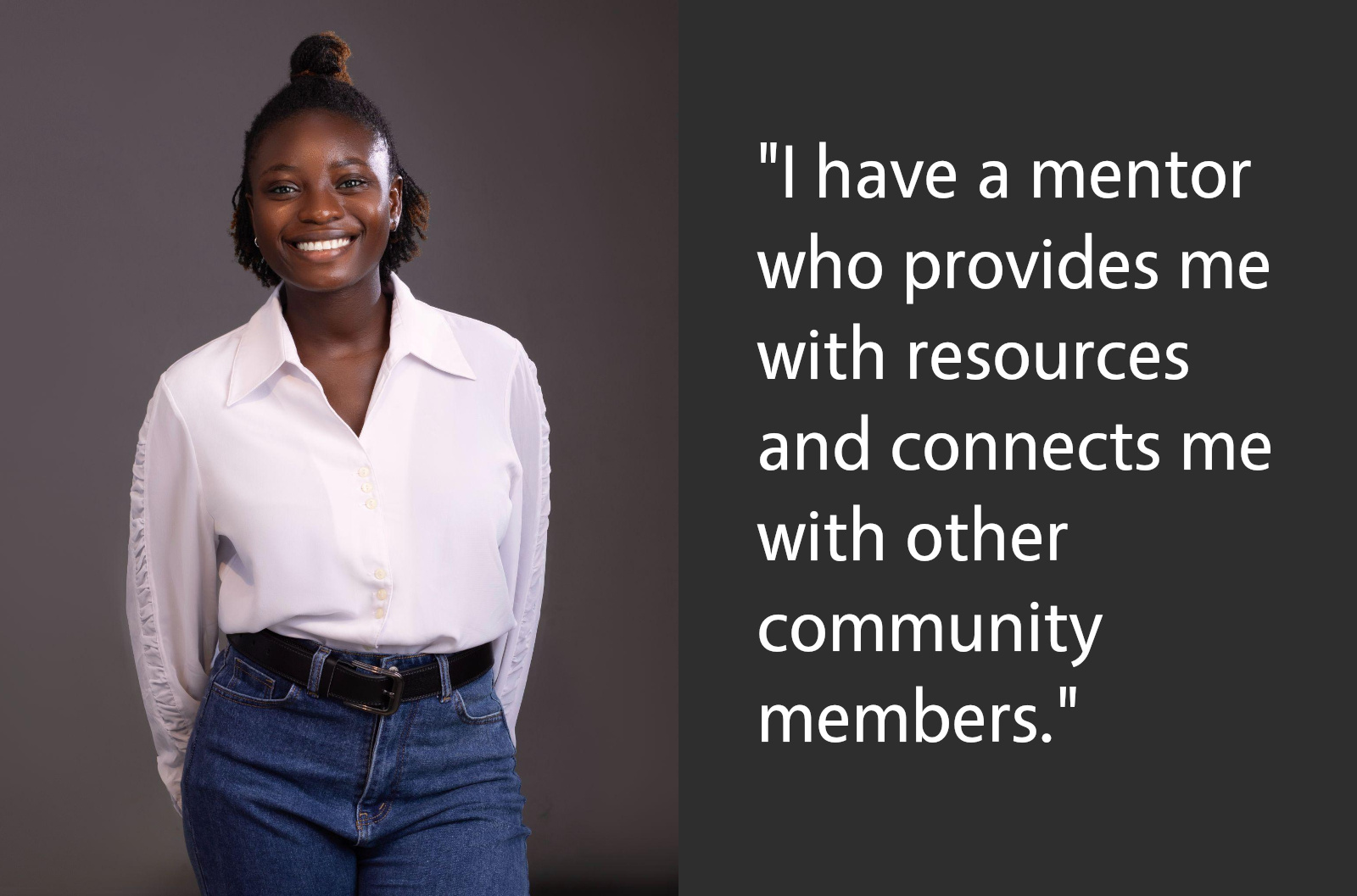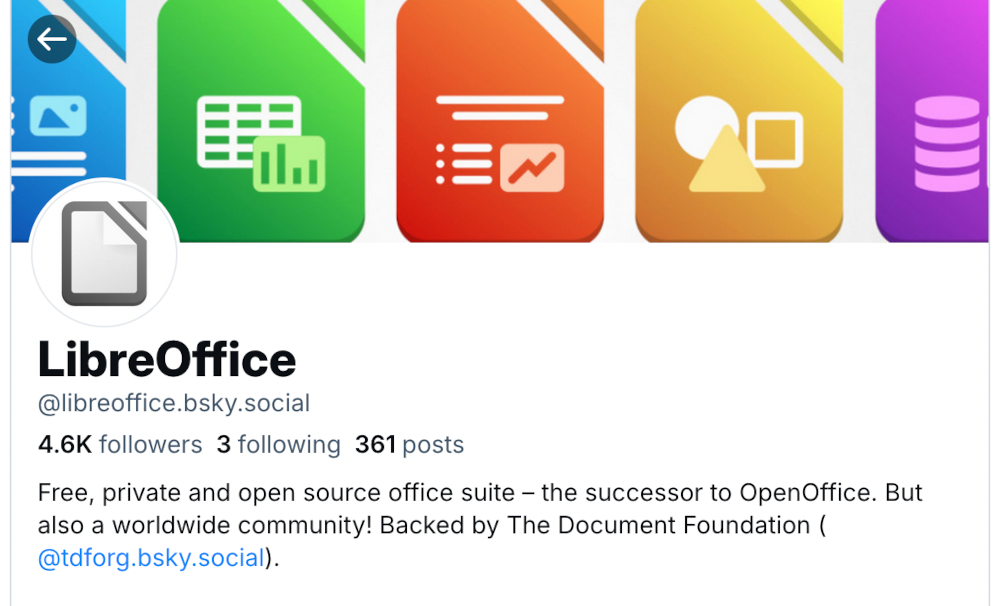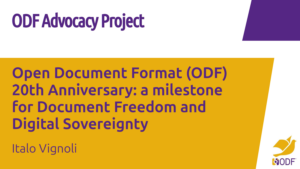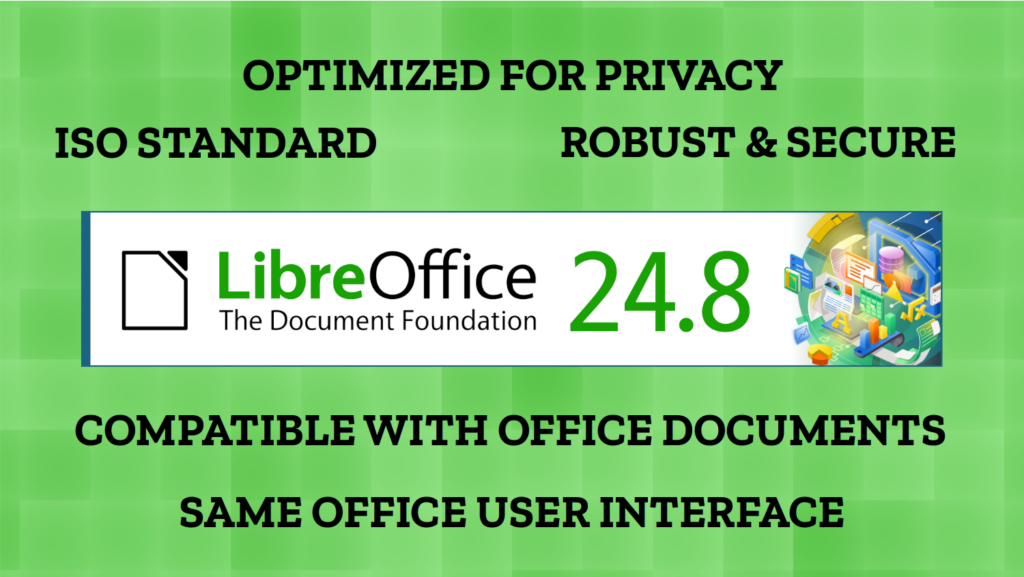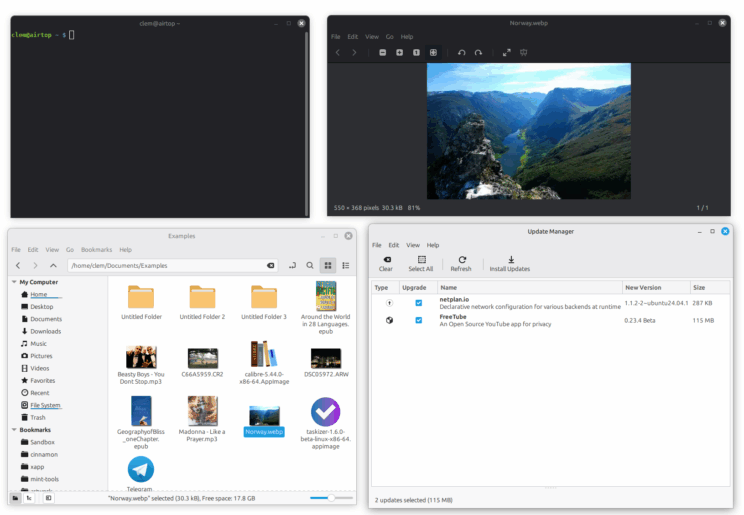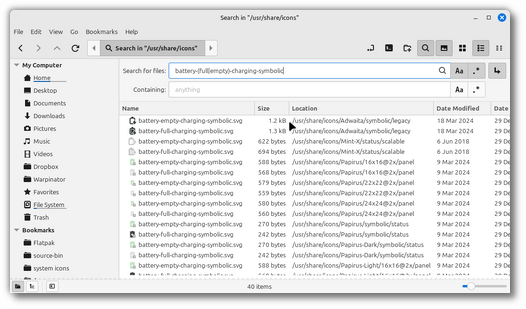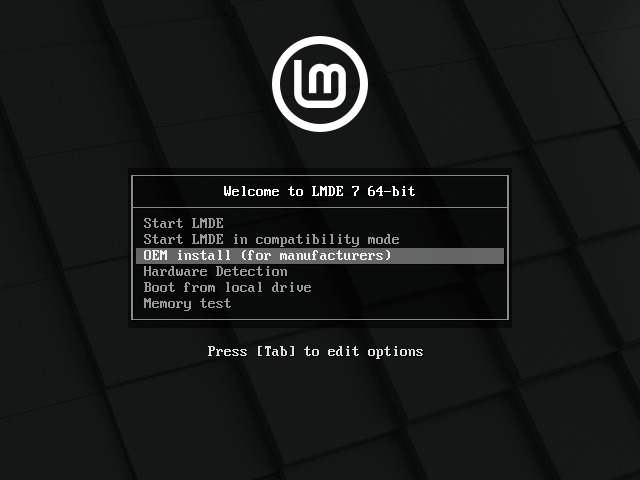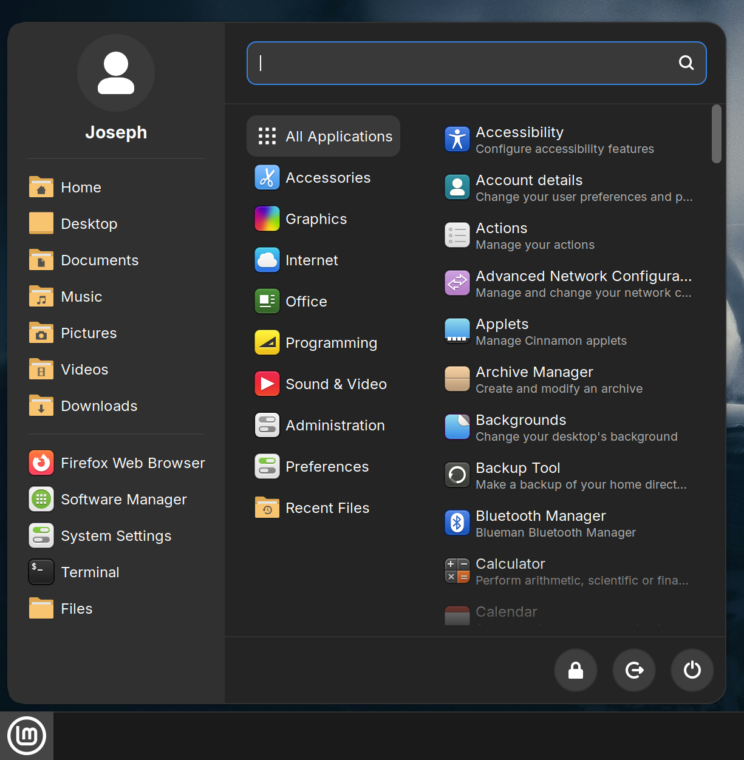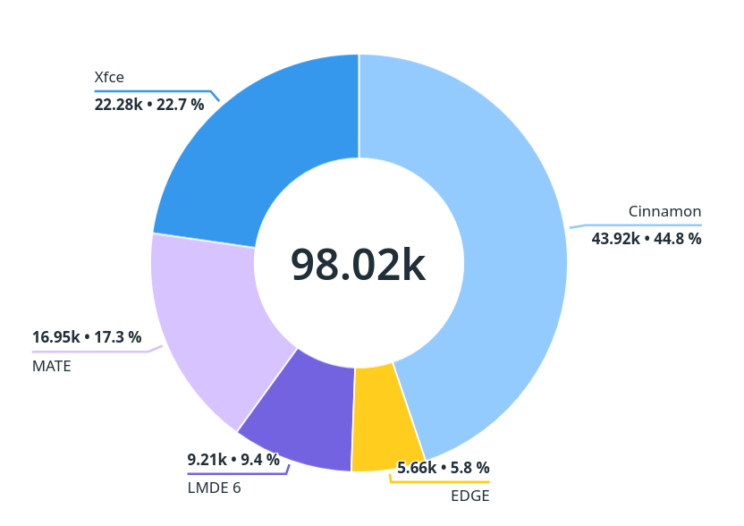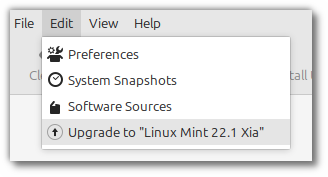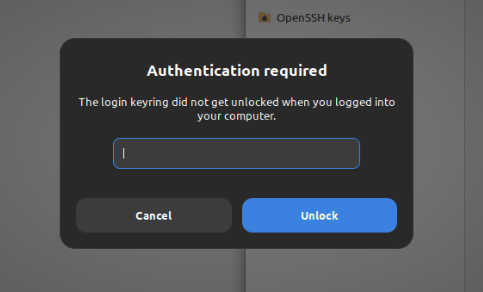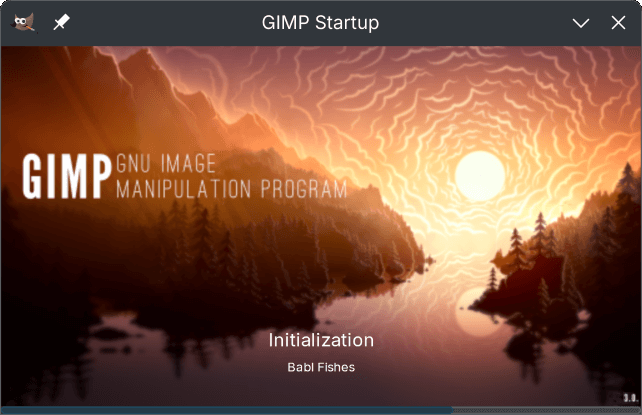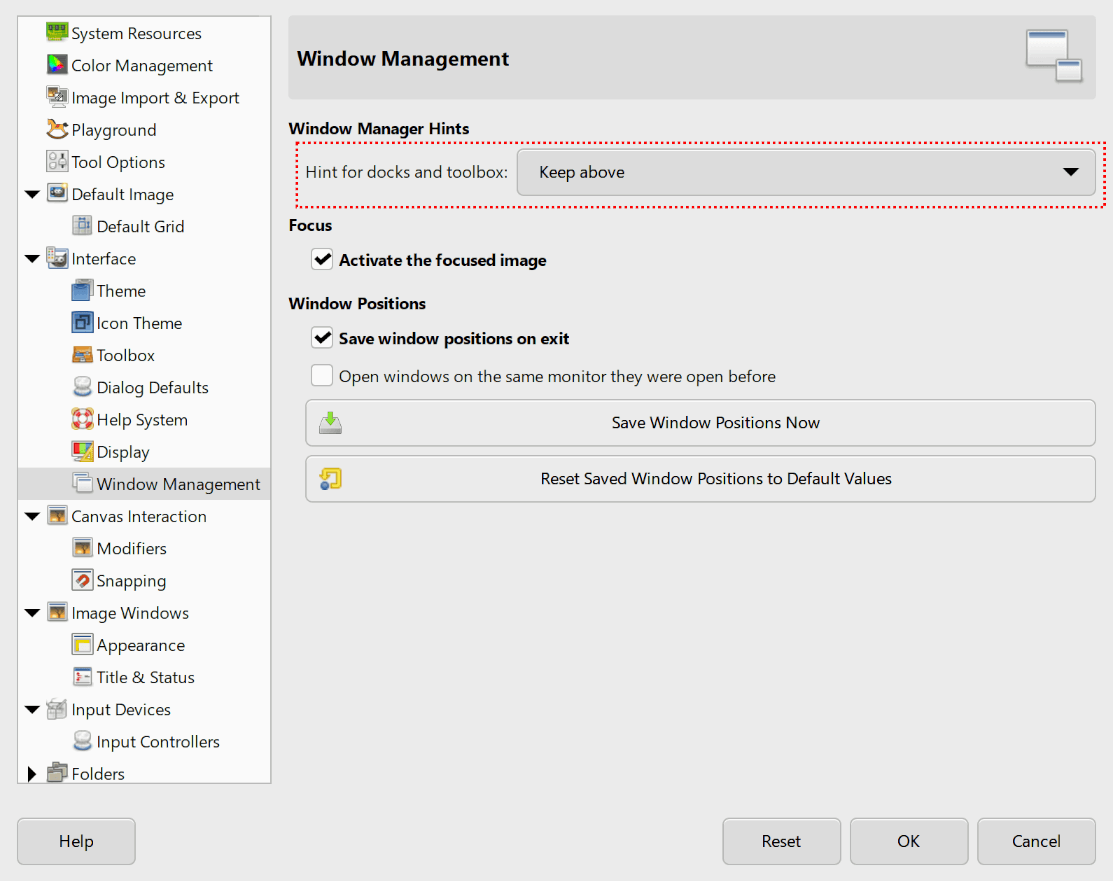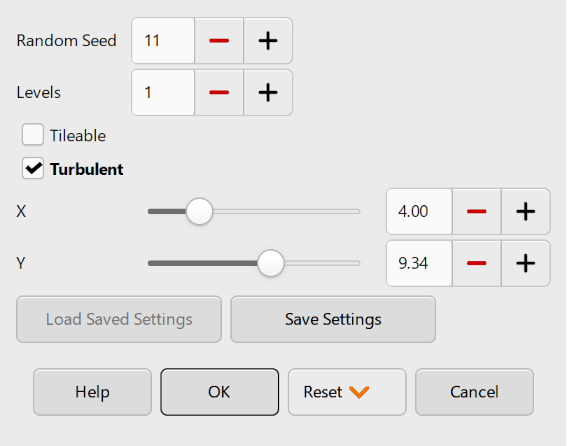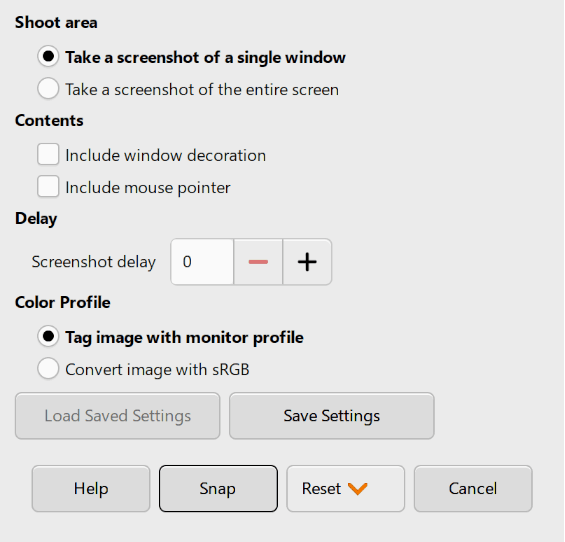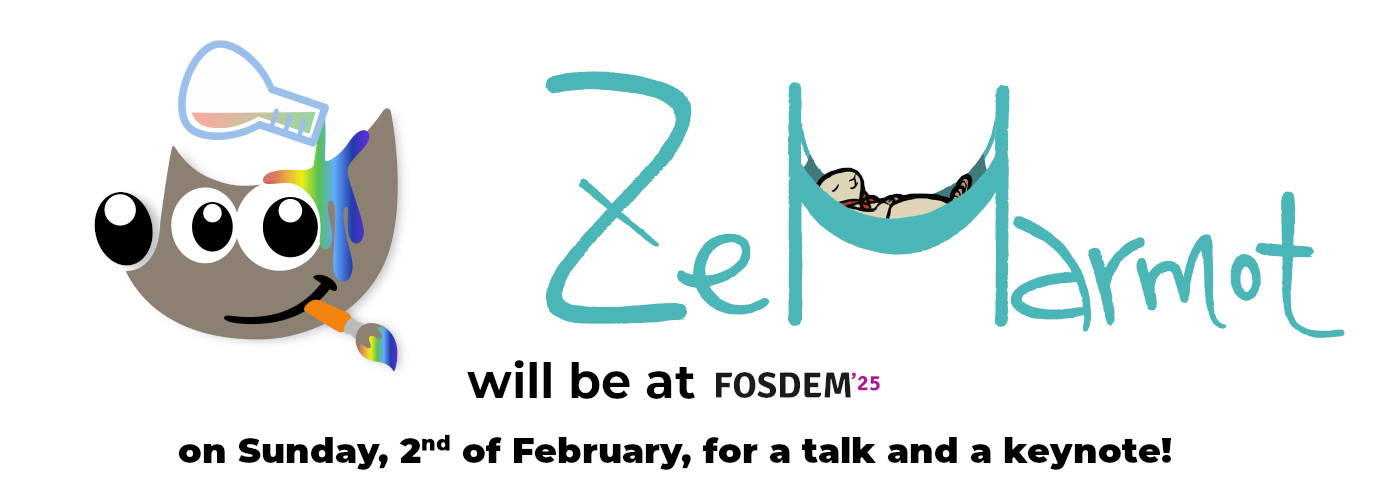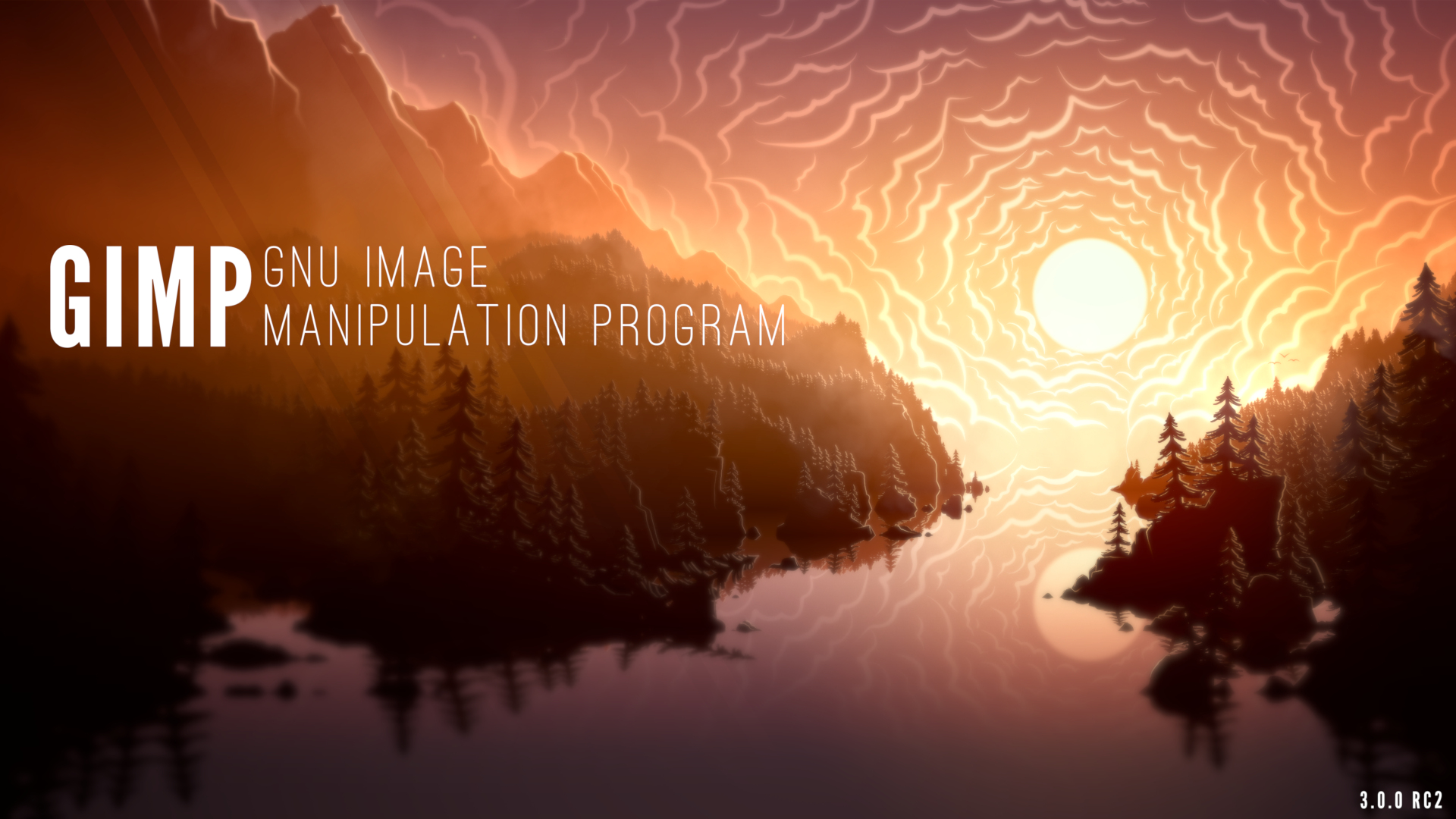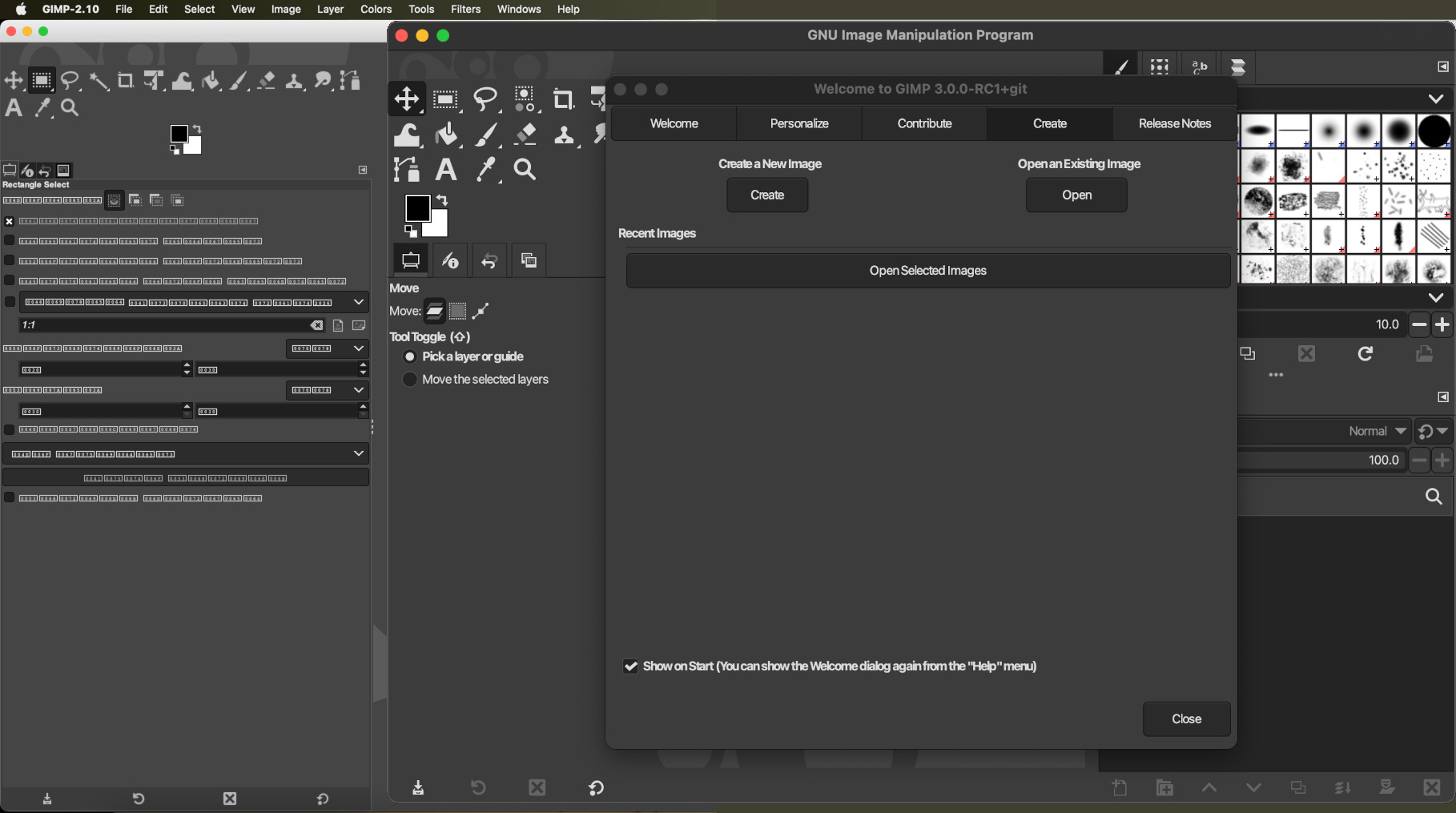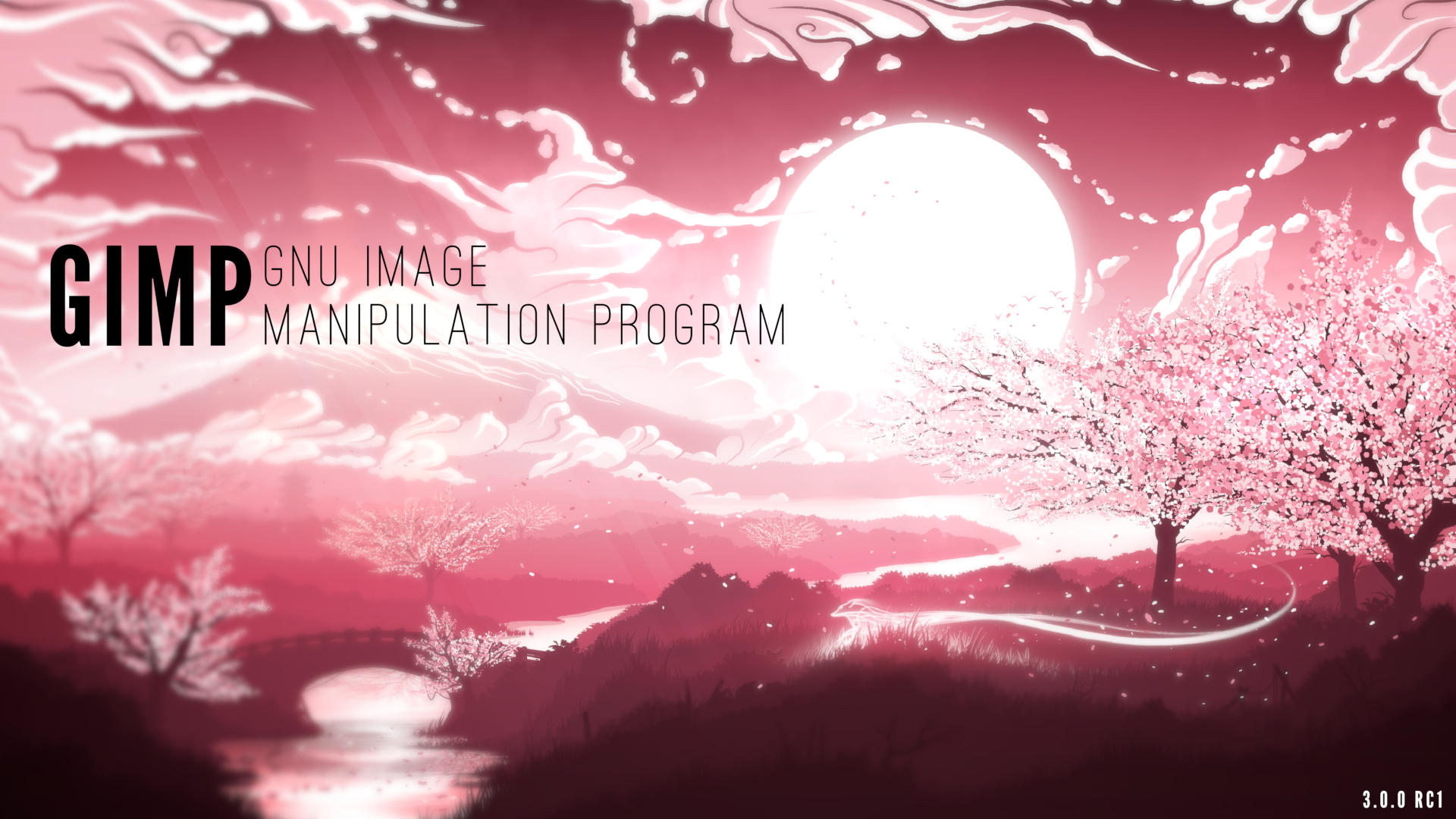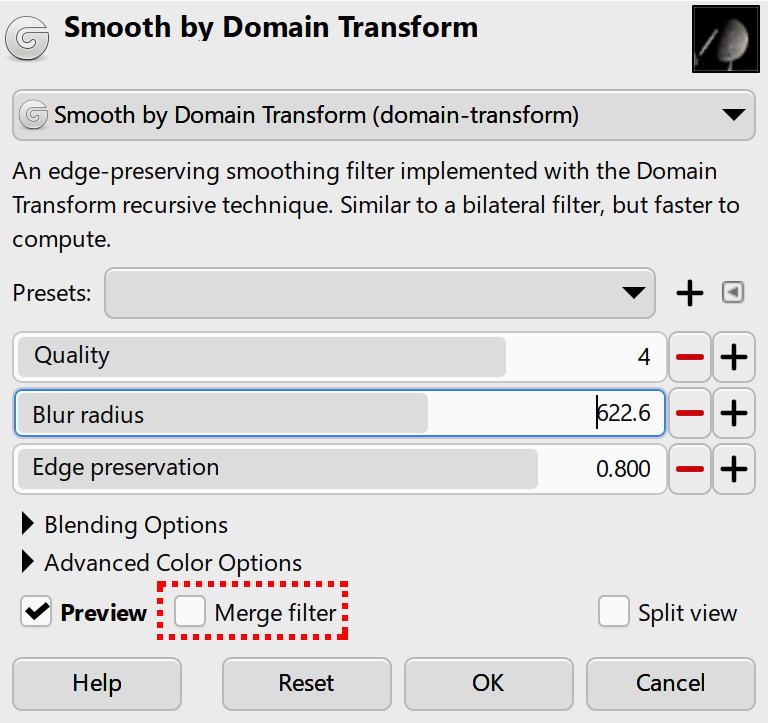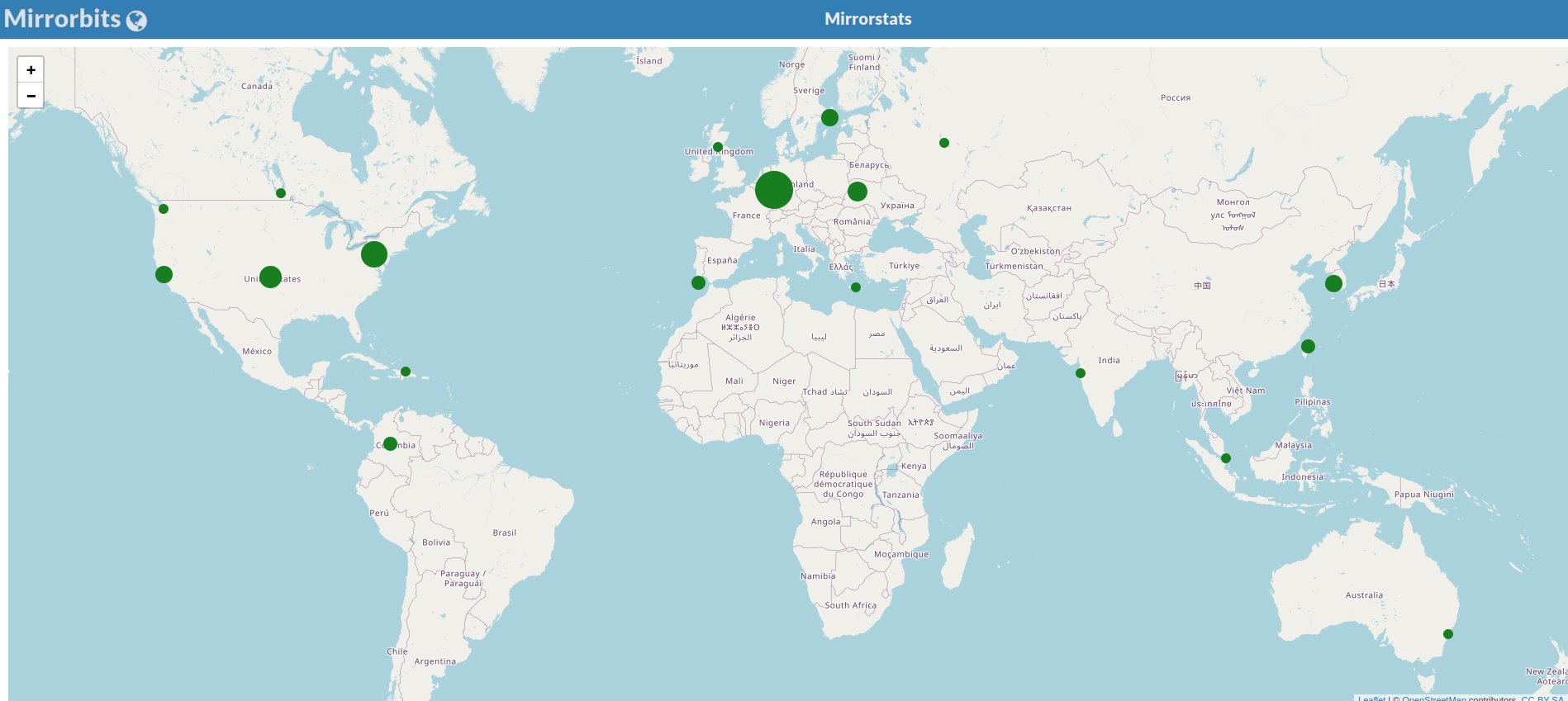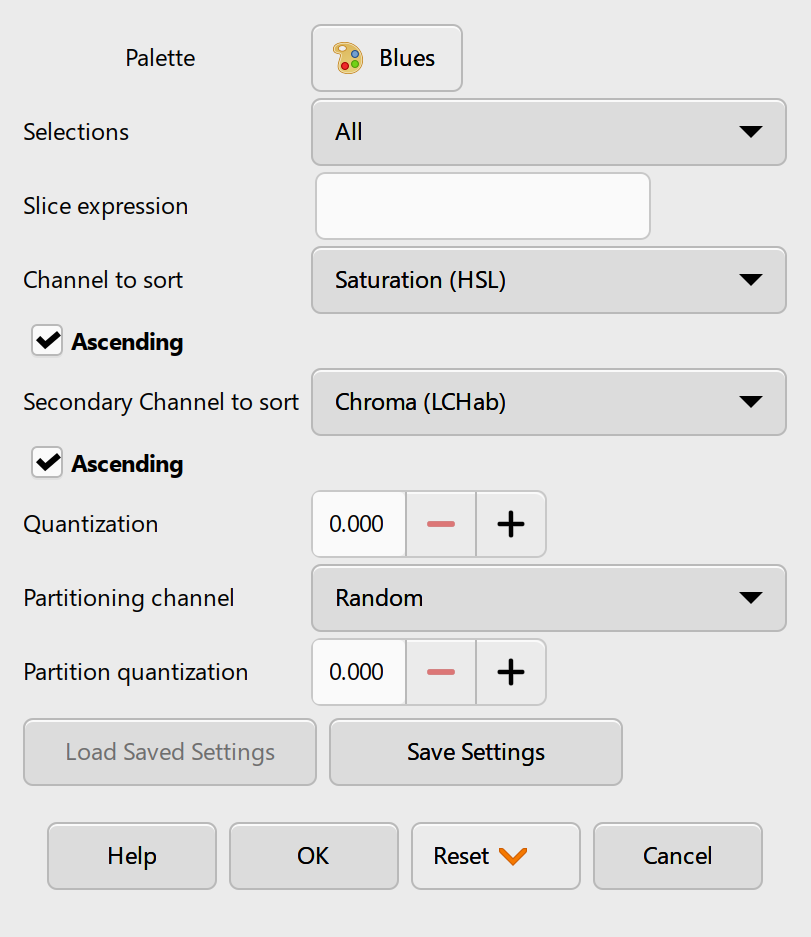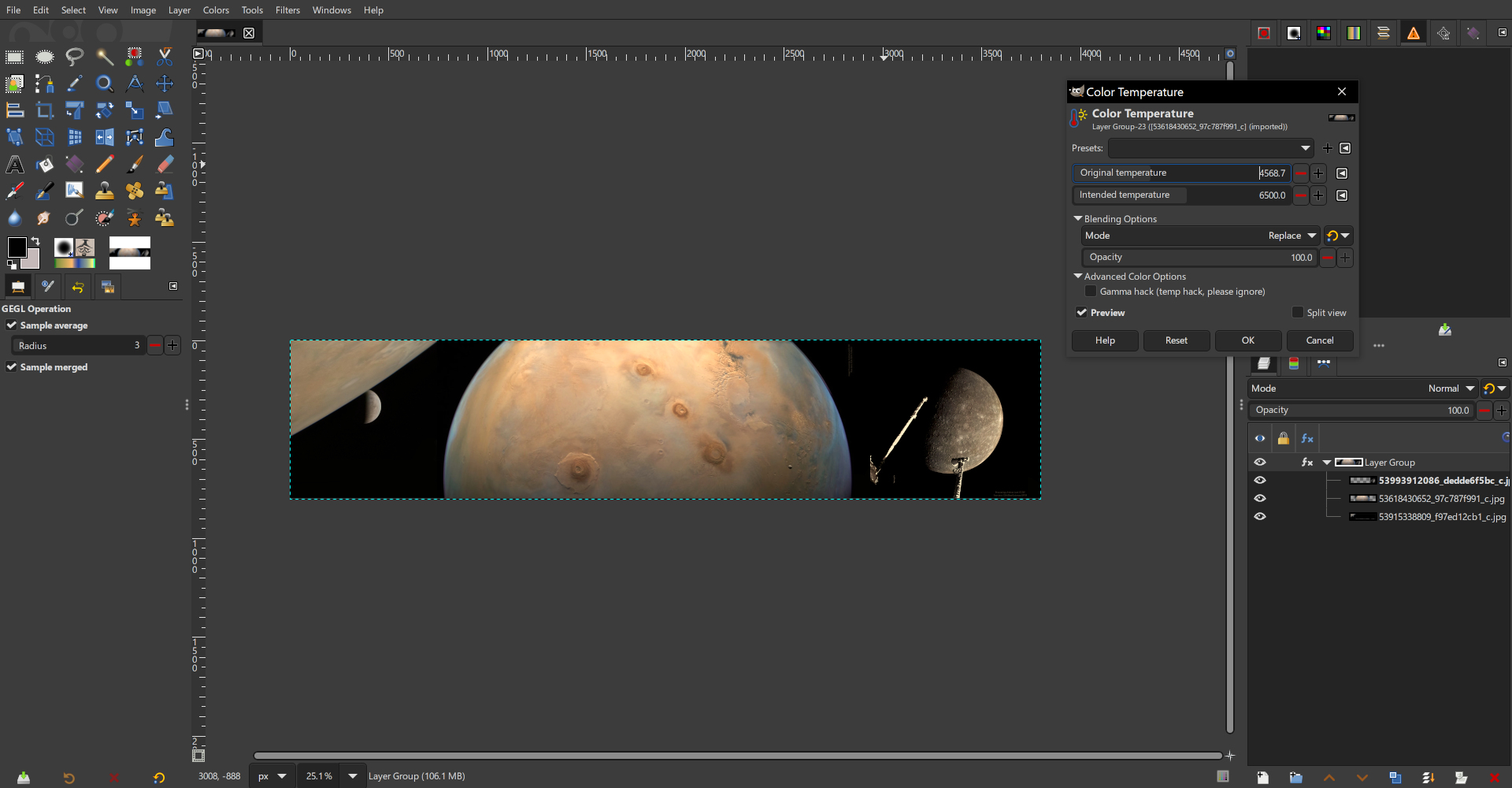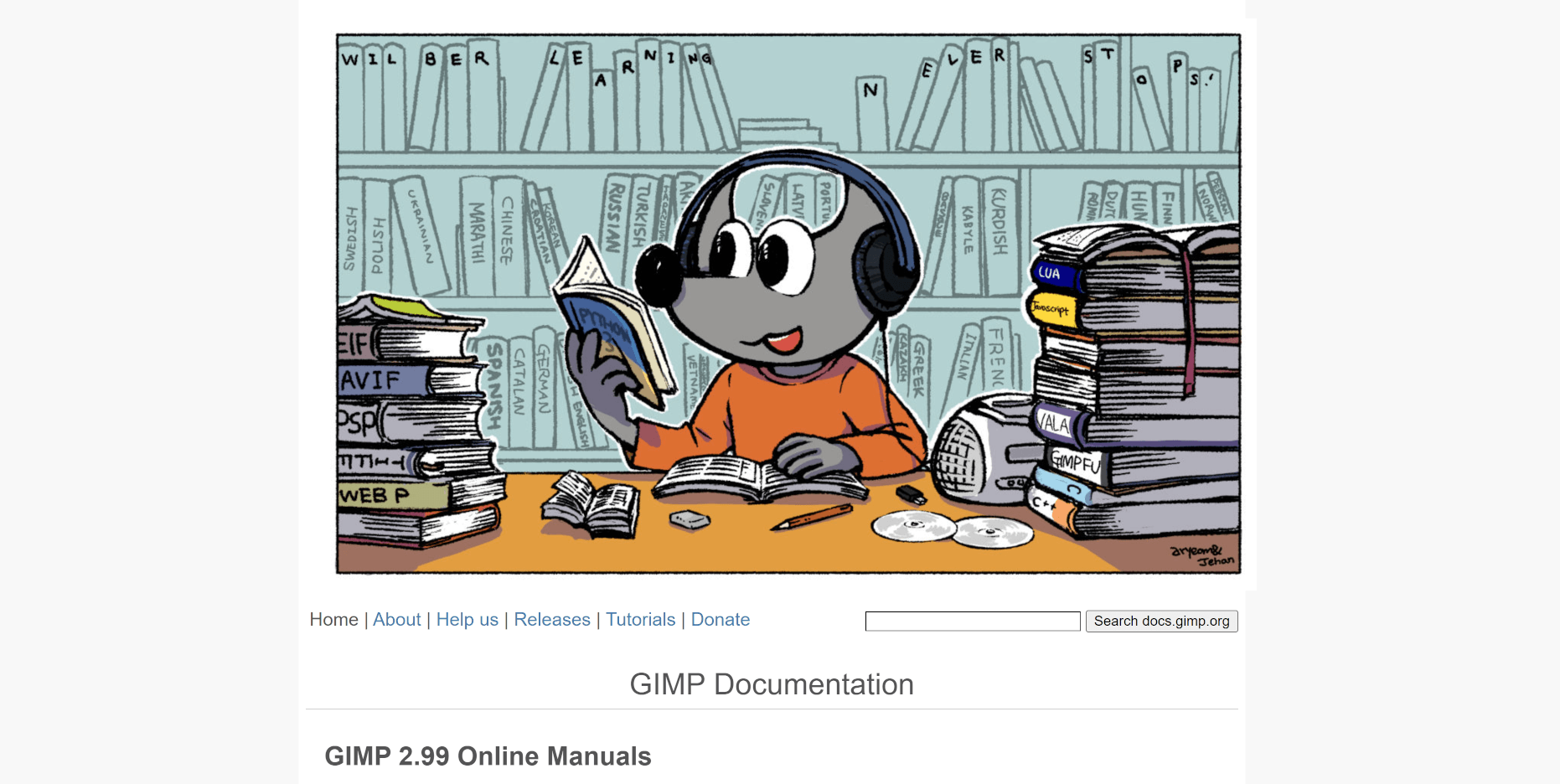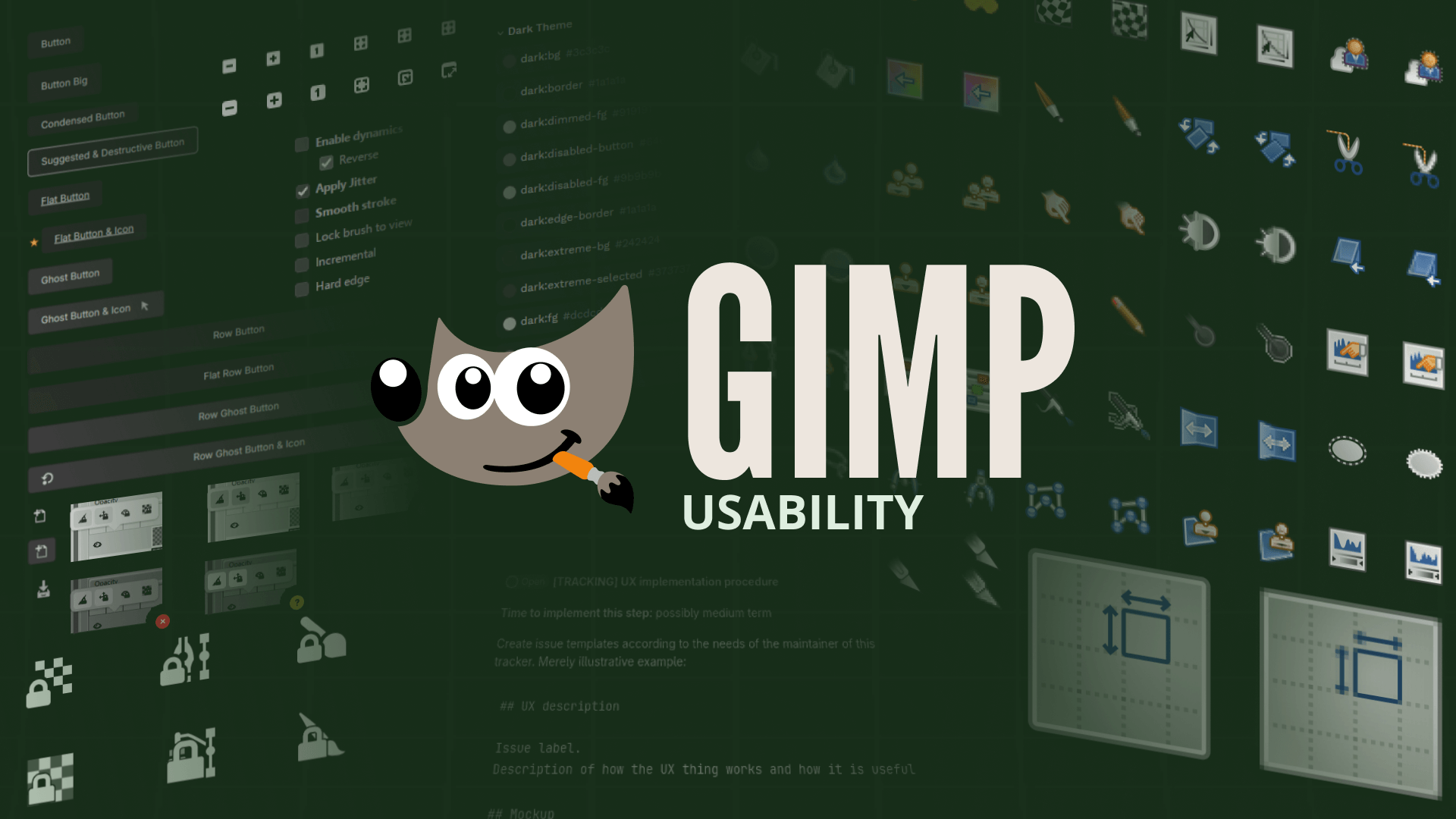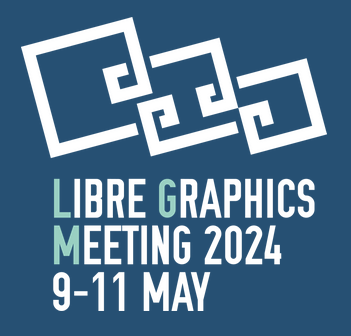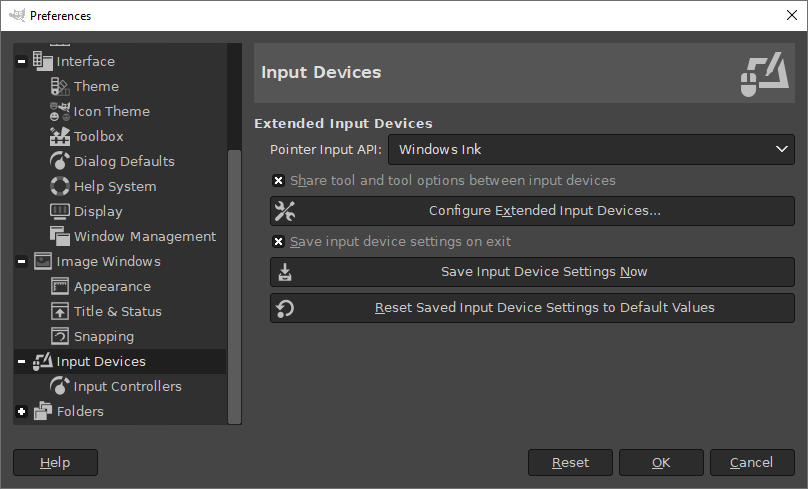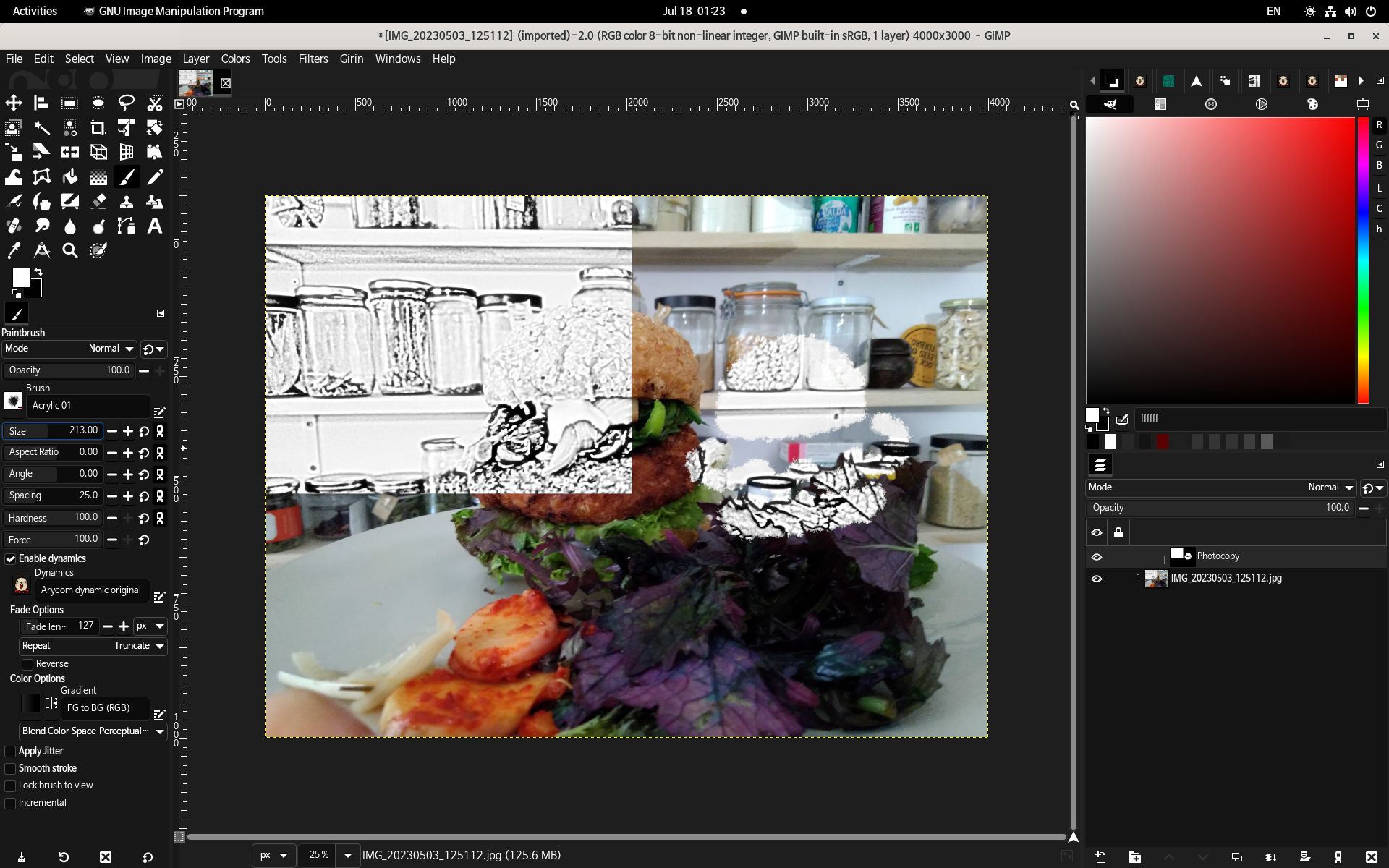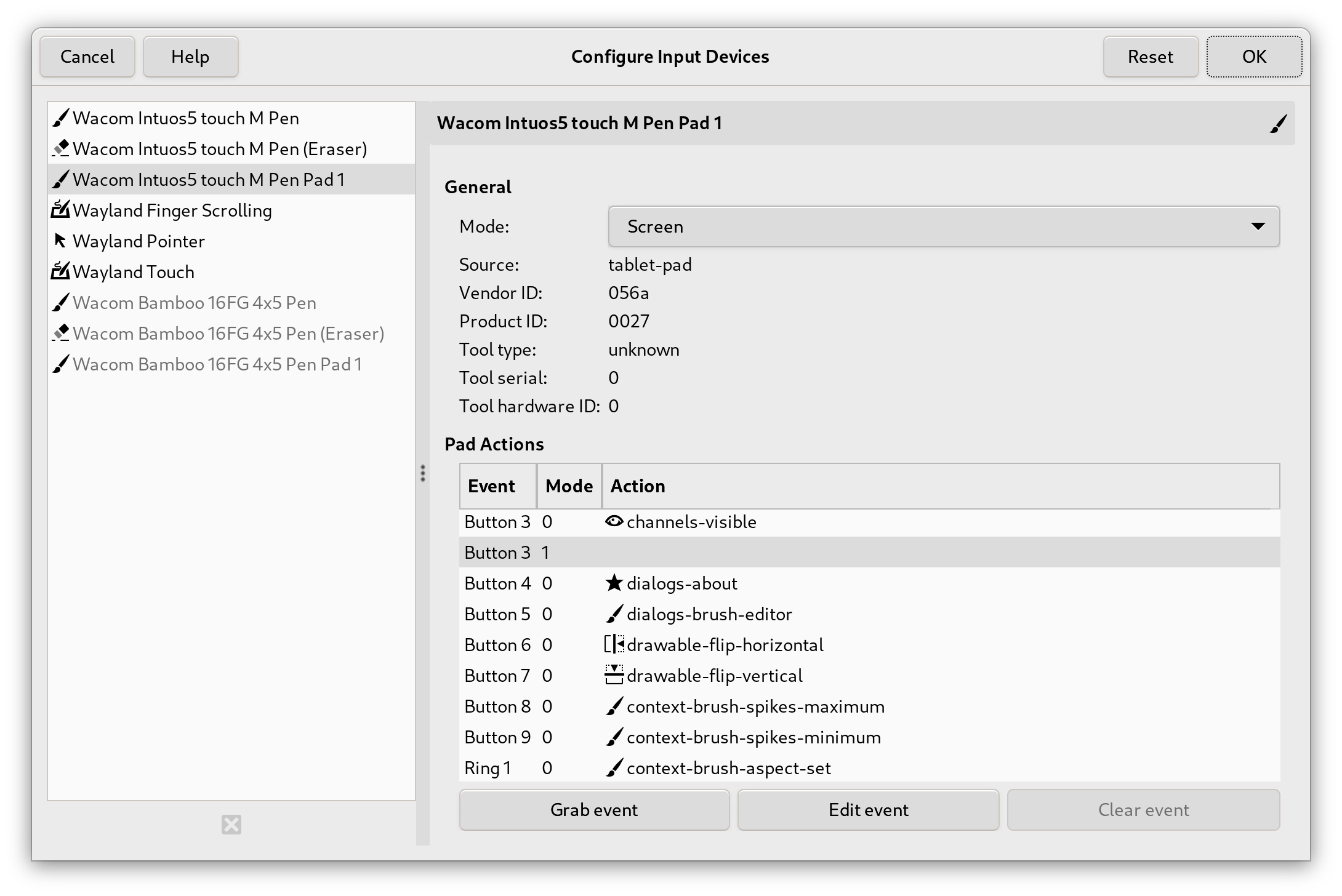We received donations from 852 people in December, for an all-time monthly record of $31,720!
Every time this number goes up I think of it the same way. I imagine that many people in one big room, all there just for us. Imagine it for a moment. It’s huge, not only in terms of support but in terms of validation and motivation for the entire team.
December celebrates the holidays, the end of the year and a new Linux Mint release. We get more donations in December than in any other month. It’s never been that high before though.
We see a compliment here and a sign that you really enjoyed our work. I’d like to thank you for this gift and for this message. Many many thanks for doing this for us!
A total of $31,720 were raised thanks to the generous contributions of 852 donors:
 $1294 (2nd donation), Jan S.
$1294 (2nd donation), Jan S.
 $1000 (7th donation), Gerald L.
$1000 (7th donation), Gerald L.
 $1000 (5th donation), B
$1000 (5th donation), B
 $539 (2nd donation), Joshua G. aka “Heptaveegesimal”
$539 (2nd donation), Joshua G. aka “Heptaveegesimal”
 $431 (7th donation), Tanev, T.
$431 (7th donation), Tanev, T.
 $377 (5th donation), Soldev sàrl
$377 (5th donation), Soldev sàrl
 $377, Markus B.
$377, Markus B.
 $335 (2nd donation), Andrey P.
$335 (2nd donation), Andrey P.
 $323, Matthew M.
$323, Matthew M.
 $265 (17th donation), John Mc aka “Land Research Project”
$265 (17th donation), John Mc aka “Land Research Project”
 $250 (3rd donation), Lauren A.
$250 (3rd donation), Lauren A.
 $216 (7th donation), Marcus H.
$216 (7th donation), Marcus H.
 $216 (5th donation), Franky W.
$216 (5th donation), Franky W.
 $200 (12th donation), Plamen Penev Atanasov
$200 (12th donation), Plamen Penev Atanasov
 $200 (3rd donation), David R.
$200 (3rd donation), David R.
 $200 (2nd donation), James W.
$200 (2nd donation), James W.
 $200, John R.
$200, John R.
 $200, Joseph F.
$200, Joseph F.
 $200, Nicolas M.
$200, Nicolas M.
 $162 (5th donation), Gianni O.
$162 (5th donation), Gianni O.
 $162 (5th donation), Wolfgang S.
$162 (5th donation), Wolfgang S.
 $162, Thomas P.
$162, Thomas P.
 $150 (4th donation), Michel R.
$150 (4th donation), Michel R.
 $129 (2nd donation), Karljosef K.
$129 (2nd donation), Karljosef K.
 $125, David B.
$125, David B.
 $108 (9th donation), aka “Phantasus”
$108 (9th donation), aka “Phantasus”
 $108 (8th donation), Walter K.
$108 (8th donation), Walter K.
 $108 (5th donation), Nicolas S.
$108 (5th donation), Nicolas S.
 $108 (4th donation), Johan V. D. K.
$108 (4th donation), Johan V. D. K.
 $108 (4th donation), Marco van den Berg
$108 (4th donation), Marco van den Berg
 $108 (3rd donation), Torsten M.
$108 (3rd donation), Torsten M.
 $108 (2nd donation), Gabriele R.
$108 (2nd donation), Gabriele R.
 $108 (2nd donation), Marcel R.
$108 (2nd donation), Marcel R.
 $108 (2nd donation), Uwe K.
$108 (2nd donation), Uwe K.
 $108, Dirk H.
$108, Dirk H.
 $108, Malte F.
$108, Malte F.
 $108, Manuel C.
$108, Manuel C.
 $108, Marco H.
$108, Marco H.
 $108, Martin S.
$108, Martin S.
 $108, Steven G.
$108, Steven G.
 $108, Tom N.
$108, Tom N.
 $101 (2nd donation), Josh L.
$101 (2nd donation), Josh L.
 $100 (25th donation), Hans J.
$100 (25th donation), Hans J.
 $100 (13th donation), Mountain Computers, Inc aka “MTNCOMP aka GGPCTU”
$100 (13th donation), Mountain Computers, Inc aka “MTNCOMP aka GGPCTU”
 $100 (10th donation), Michael S.
$100 (10th donation), Michael S.
 $100 (6th donation), William C.
$100 (6th donation), William C.
 $100 (5th donation), Urban R.
$100 (5th donation), Urban R.
 $100 (4th donation), James F.
$100 (4th donation), James F.
 $100 (4th donation), James J. Q.
$100 (4th donation), James J. Q.
 $100 (4th donation), Matt S.
$100 (4th donation), Matt S.
 $100 (3rd donation), Michael H.
$100 (3rd donation), Michael H.
 $100 (2nd donation), John A.
$100 (2nd donation), John A.
 $100 (2nd donation), Rodney B.
$100 (2nd donation), Rodney B.
 $100 (2nd donation), William D.
$100 (2nd donation), William D.
 $100, Aaron S.
$100, Aaron S.
 $100, Donald A.
$100, Donald A.
 $100, Janice H.
$100, Janice H.
 $100, Kenneth W.
$100, Kenneth W.
 $100, Terrence A J.
$100, Terrence A J.
 $86 (2nd donation), Jean-françois G.
$86 (2nd donation), Jean-françois G.
 $81 (6th donation), Jean-baptiste P.
$81 (6th donation), Jean-baptiste P.
 $75 (10th donation), Jeff S.
$75 (10th donation), Jeff S.
 $75 (6th donation), Frank R.
$75 (6th donation), Frank R.
 $75, James S.
$75, James S.
 $75, Peter W.
$75, Peter W.
 $68, Vivian D.
$68, Vivian D.
 $65 (4th donation), Ulrich W.
$65 (4th donation), Ulrich W.
 $60, Stanley P.
$60, Stanley P.
 $55 (8th donation), Chris M.
$55 (8th donation), Chris M.
 $54 (21st donation), Per J.
$54 (21st donation), Per J.
 $54 (17th donation), Paul S. E. aka “Paul”
$54 (17th donation), Paul S. E. aka “Paul”
 $54 (14th donation), Torsten P.
$54 (14th donation), Torsten P.
 $54 (13th donation), Hans-Georg Thien
$54 (13th donation), Hans-Georg Thien
 $54 (11th donation), More Linux
$54 (11th donation), More Linux
 $54 (10th donation), Martin R.
$54 (10th donation), Martin R.
 $54 (9th donation), Karl H.
$54 (9th donation), Karl H.
 $54 (8th donation), Jose L. D.
$54 (8th donation), Jose L. D.
 $54 (8th donation), Jyrki A.
$54 (8th donation), Jyrki A.
 $54 (7th donation), Armin F.
$54 (7th donation), Armin F.
 $54 (7th donation), Brian S.
$54 (7th donation), Brian S.
 $54 (7th donation), Johanan M.
$54 (7th donation), Johanan M.
 $54 (7th donation), Ronald Severin
$54 (7th donation), Ronald Severin
 $54 (7th donation), Uwe O.
$54 (7th donation), Uwe O.
 $54 (6th donation), Bernhard M.
$54 (6th donation), Bernhard M.
 $54 (6th donation), Christian T.
$54 (6th donation), Christian T.
 $54 (6th donation), Dominique P.
$54 (6th donation), Dominique P.
 $54 (6th donation), Luis R.
$54 (6th donation), Luis R.
 $54 (6th donation), Rosanna & Alex
$54 (6th donation), Rosanna & Alex
 $54 (5th donation), Anton M.
$54 (5th donation), Anton M.
 $54 (5th donation), Florian L.
$54 (5th donation), Florian L.
 $54 (5th donation), Gilles S.
$54 (5th donation), Gilles S.
 $54 (5th donation), Malte K.
$54 (5th donation), Malte K.
 $54 (5th donation), Sébastien B.
$54 (5th donation), Sébastien B.
 $54 (4th donation), Isabell C.
$54 (4th donation), Isabell C.
 $54 (4th donation), Stefan B.
$54 (4th donation), Stefan B.
 $54 (3rd donation), Cecilio P.
$54 (3rd donation), Cecilio P.
 $54 (3rd donation), Leo P.
$54 (3rd donation), Leo P.
 $54 (3rd donation), Lothar S.
$54 (3rd donation), Lothar S.
 $54 (3rd donation), Matthias R.
$54 (3rd donation), Matthias R.
 $54 (3rd donation), Reinhold S.
$54 (3rd donation), Reinhold S.
 $54 (3rd donation), Wolfgang W.
$54 (3rd donation), Wolfgang W.
 $54 (2nd donation), Alexander B.
$54 (2nd donation), Alexander B.
 $54 (2nd donation), Arie N.
$54 (2nd donation), Arie N.
 $54 (2nd donation), Benoît H.
$54 (2nd donation), Benoît H.
 $54 (2nd donation), Bernt Stefan Angelo A.
$54 (2nd donation), Bernt Stefan Angelo A.
 $54 (2nd donation), Ciaran S.
$54 (2nd donation), Ciaran S.
 $54 (2nd donation), Daniel Kassner
$54 (2nd donation), Daniel Kassner
 $54 (2nd donation), Heinz Martin D.
$54 (2nd donation), Heinz Martin D.
 $54 (2nd donation), Hubert S.
$54 (2nd donation), Hubert S.
 $54 (2nd donation), Joachim S.
$54 (2nd donation), Joachim S.
 $54 (2nd donation), Kai K.
$54 (2nd donation), Kai K.
 $54 (2nd donation), Ludovic M.
$54 (2nd donation), Ludovic M.
 $54 (2nd donation), Matthias G.
$54 (2nd donation), Matthias G.
 $54 (2nd donation), Pauli K.
$54 (2nd donation), Pauli K.
 $54 (2nd donation), Ralf G. A.
$54 (2nd donation), Ralf G. A.
 $54 (2nd donation), Reinhard B.
$54 (2nd donation), Reinhard B.
 $54 (2nd donation), Ronald K.
$54 (2nd donation), Ronald K.
 $54 (2nd donation), Udo L.
$54 (2nd donation), Udo L.
 $54, aka “deroppi”
$54, aka “deroppi”
 $54, Aer H.
$54, Aer H.
 $54, Andreas F.
$54, Andreas F.
 $54, Christian S.
$54, Christian S.
 $54, Clemens L.
$54, Clemens L.
 $54, Daniel L.
$54, Daniel L.
 $54, Denis C.
$54, Denis C.
 $54, Dominik S.
$54, Dominik S.
 $54, Dominique D.
$54, Dominique D.
 $54, Eimar K.
$54, Eimar K.
 $54, Enrico M.
$54, Enrico M.
 $54, Eugenio B.
$54, Eugenio B.
 $54, Germain C.
$54, Germain C.
 $54, Håkan F.
$54, Håkan F.
 $54, Henry R.
$54, Henry R.
 $54, Joerg S.
$54, Joerg S.
 $54, Johannes B.
$54, Johannes B.
 $54, Martin F.
$54, Martin F.
 $54, Mauro G.
$54, Mauro G.
 $54, Miikka K.
$54, Miikka K.
 $54, Olaf W.
$54, Olaf W.
 $54, Pierric W.
$54, Pierric W.
 $54, Raoul P.
$54, Raoul P.
 $54, Robert G.
$54, Robert G.
 $54, Ronny J.
$54, Ronny J.
 $54, Silvan S.
$54, Silvan S.
 $54, Silvano P.
$54, Silvano P.
 $54, Stefan W.
$54, Stefan W.
 $54, Volker W.
$54, Volker W.
 $50 (90th donation), Anthony C. aka “ciak”
$50 (90th donation), Anthony C. aka “ciak”
 $50 (13th donation), Robert D. aka “MacDhai”
$50 (13th donation), Robert D. aka “MacDhai”
 $50 (10th donation), Christophe Caillé aka “KKY”
$50 (10th donation), Christophe Caillé aka “KKY”
 $50 (10th donation), Stuart B.
$50 (10th donation), Stuart B.
 $50 (9th donation), David S.
$50 (9th donation), David S.
 $50 (9th donation), Michael T.
$50 (9th donation), Michael T.
 $50 (9th donation), William G.
$50 (9th donation), William G.
 $50 (8th donation), Bob Tregilus
$50 (8th donation), Bob Tregilus
 $50 (8th donation), Ralph P.
$50 (8th donation), Ralph P.
 $50 (8th donation), Stacey F.
$50 (8th donation), Stacey F.
 $50 (7th donation), Al B.
$50 (7th donation), Al B.
 $50 (7th donation), GELvdH
$50 (7th donation), GELvdH
 $50 (6th donation), David K.
$50 (6th donation), David K.
 $50 (5th donation), Chris C.
$50 (5th donation), Chris C.
 $50 (5th donation), Jim W.
$50 (5th donation), Jim W.
 $50 (5th donation), Kurt T.
$50 (5th donation), Kurt T.
 $50 (5th donation), Stuart C. D.
$50 (5th donation), Stuart C. D.
 $50 (5th donation), William T. aka “Beel”
$50 (5th donation), William T. aka “Beel”
 $50 (4th donation), Doug S.
$50 (4th donation), Doug S.
 $50 (4th donation), Douglas J.
$50 (4th donation), Douglas J.
 $50 (4th donation), Gilles B.
$50 (4th donation), Gilles B.
 $50 (4th donation), Peter C.
$50 (4th donation), Peter C.
 $50 (3rd donation), Brian B.
$50 (3rd donation), Brian B.
 $50 (3rd donation), Corey P.
$50 (3rd donation), Corey P.
 $50 (3rd donation), David Diaz
$50 (3rd donation), David Diaz
 $50 (3rd donation), Evan S.
$50 (3rd donation), Evan S.
 $50 (3rd donation), Julie A G.
$50 (3rd donation), Julie A G.
 $50 (3rd donation), Leland M.
$50 (3rd donation), Leland M.
 $50 (3rd donation), Melvin M.
$50 (3rd donation), Melvin M.
 $50 (3rd donation), Mothy
$50 (3rd donation), Mothy
 $50 (3rd donation), Todd P.
$50 (3rd donation), Todd P.
 $50 (2nd donation), Dan B.
$50 (2nd donation), Dan B.
 $50 (2nd donation), David B.
$50 (2nd donation), David B.
 $50 (2nd donation), Frank J.
$50 (2nd donation), Frank J.
 $50 (2nd donation), Gary E.
$50 (2nd donation), Gary E.
 $50 (2nd donation), John B.
$50 (2nd donation), John B.
 $50 (2nd donation), Kody B.
$50 (2nd donation), Kody B.
 $50 (2nd donation), Lee J.
$50 (2nd donation), Lee J.
 $50 (2nd donation), Mark M.
$50 (2nd donation), Mark M.
 $50 (2nd donation), Martin-pierre L.
$50 (2nd donation), Martin-pierre L.
 $50 (2nd donation), Matthew C.
$50 (2nd donation), Matthew C.
 $50 (2nd donation), Papa’s Voice Audio LLC
$50 (2nd donation), Papa’s Voice Audio LLC
 $50 (2nd donation), Schneider Wood Working
$50 (2nd donation), Schneider Wood Working
 $50 (2nd donation), Steven O.
$50 (2nd donation), Steven O.
 $50 (2nd donation), Vincent P.
$50 (2nd donation), Vincent P.
 $50 (2nd donation), William M.
$50 (2nd donation), William M.
 $50, Alfred W.
$50, Alfred W.
 $50, Andrew S.
$50, Andrew S.
 $50, Christopher S.
$50, Christopher S.
 $50, Dave N.
$50, Dave N.
 $50, Edgar R.
$50, Edgar R.
 $50, Frank O.
$50, Frank O.
 $50, Hamza 21
$50, Hamza 21
 $50, Humberto C.
$50, Humberto C.
 $50, John M.
$50, John M.
 $50, John S.
$50, John S.
 $50, Joshua G.
$50, Joshua G.
 $50, Michael H.
$50, Michael H.
 $50, Michael L.
$50, Michael L.
 $50, Michael W.
$50, Michael W.
 $50, Ralph K.
$50, Ralph K.
 $50, RAMPSHQ.COM
$50, RAMPSHQ.COM
 $50, Robert M.
$50, Robert M.
 $50, Scott S.
$50, Scott S.
 $50, Shawn H.
$50, Shawn H.
 $50, Stephen R.
$50, Stephen R.
 $50, Teddy W.
$50, Teddy W.
 $50, Terry K.
$50, Terry K.
 $50, William M.
$50, William M.
 $49 (5th donation), Ingo S.
$49 (5th donation), Ingo S.
 $45 (3rd donation), Flint W. O.
$45 (3rd donation), Flint W. O.
 $44 (2nd donation), Juri N.
$44 (2nd donation), Juri N.
 $43 (11th donation), Pavel B.
$43 (11th donation), Pavel B.
 $43 (6th donation), Mathias P.
$43 (6th donation), Mathias P.
 $43 (3rd donation), Bogdan O.
$43 (3rd donation), Bogdan O.
 $43 (3rd donation), Floris V.
$43 (3rd donation), Floris V.
 $40 (6th donation), Daniel T.
$40 (6th donation), Daniel T.
 $40 (5th donation), Richard M.
$40 (5th donation), Richard M.
 $40 (4th donation), Paul S.
$40 (4th donation), Paul S.
 $40 (4th donation), Stefan E.
$40 (4th donation), Stefan E.
 $40 (4th donation), Steve K.
$40 (4th donation), Steve K.
 $40 (3rd donation), Timothy R.
$40 (3rd donation), Timothy R.
 $40, Paul P.
$40, Paul P.
 $40, Sam S.
$40, Sam S.
 $38, Alessio Bolognini
$38, Alessio Bolognini
 $38, Walter G.
$38, Walter G.
 $37, Eric F.
$37, Eric F.
 $35 (11th donation), John Eady
$35 (11th donation), John Eady
 $35 (4th donation), Steven H.
$35 (4th donation), Steven H.
 $35 (3rd donation), P W E.
$35 (3rd donation), P W E.
 $34 (3rd donation), Daniel H.
$34 (3rd donation), Daniel H.
 $32 (14th donation), Luca D.
$32 (14th donation), Luca D.
 $32 (14th donation), Marc S.
$32 (14th donation), Marc S.
 $32 (11th donation), Wolfgang N.
$32 (11th donation), Wolfgang N.
 $32 (9th donation), Jürgen F.
$32 (9th donation), Jürgen F.
 $32 (8th donation), Daniel K.
$32 (8th donation), Daniel K.
 $32 (7th donation), Frank B.
$32 (7th donation), Frank B.
 $32 (6th donation), Anthony G M.
$32 (6th donation), Anthony G M.
 $32 (5th donation), Grzegorz I.
$32 (5th donation), Grzegorz I.
 $32 (4th donation), Marie-josee B.
$32 (4th donation), Marie-josee B.
 $32 (4th donation), Raimund L.
$32 (4th donation), Raimund L.
 $32 (3rd donation), Marcus R.
$32 (3rd donation), Marcus R.
 $32 (3rd donation), Rene G.
$32 (3rd donation), Rene G.
 $32 (2nd donation), Bastian K.
$32 (2nd donation), Bastian K.
 $32 (2nd donation), Boris B.
$32 (2nd donation), Boris B.
 $32 (2nd donation), Karl Felix K.
$32 (2nd donation), Karl Felix K.
 $32 (2nd donation), Manfred S.
$32 (2nd donation), Manfred S.
 $32, Annegret O.
$32, Annegret O.
 $32, Graham P.
$32, Graham P.
 $32, Matthias G.
$32, Matthias G.
 $32, Matthias W.
$32, Matthias W.
 $32, Peter T.
$32, Peter T.
 $32, Thomas K.
$32, Thomas K.
 $32, Walter G.
$32, Walter G.
 $31 (19th donation), Adam K.
$31 (19th donation), Adam K.
 $31 (8th donation), Graeme M. J.
$31 (8th donation), Graeme M. J.
 $30 (6th donation), Larry B.
$30 (6th donation), Larry B.
 $30 (3rd donation), Bart L.
$30 (3rd donation), Bart L.
 $30 (3rd donation), Greg P.
$30 (3rd donation), Greg P.
 $30 (2nd donation), Owen L.
$30 (2nd donation), Owen L.
 $30 (2nd donation), Veronique K.
$30 (2nd donation), Veronique K.
 $30, Dr. Dale
$30, Dr. Dale
 $30, Judy S.
$30, Judy S.
 $30, Tal O.
$30, Tal O.
 $27 (14th donation), Bill Metzenthen
$27 (14th donation), Bill Metzenthen
 $27 (10th donation), Peter Schallmoser-Schlogl
$27 (10th donation), Peter Schallmoser-Schlogl
 $27 (7th donation), Alessio B.
$27 (7th donation), Alessio B.
 $27 (7th donation), Herberth M.
$27 (7th donation), Herberth M.
 $27 (5th donation), Chris F.
$27 (5th donation), Chris F.
 $27 (5th donation), David Fletcher
$27 (5th donation), David Fletcher
 $27 (5th donation), Miss anon aka “Anonymous ”
$27 (5th donation), Miss anon aka “Anonymous ”
 $27 (4th donation), Christoph F.
$27 (4th donation), Christoph F.
 $27 (4th donation), Gerhard K.
$27 (4th donation), Gerhard K.
 $27 (4th donation), Guenther M.
$27 (4th donation), Guenther M.
 $27 (4th donation), Marius A.
$27 (4th donation), Marius A.
 $27 (4th donation), Sape S.
$27 (4th donation), Sape S.
 $27 (3rd donation), Alexander W.
$27 (3rd donation), Alexander W.
 $27 (3rd donation), Mark
$27 (3rd donation), Mark
 $27 (3rd donation), Rainer G.
$27 (3rd donation), Rainer G.
 $27 (2nd donation), Joseph B.
$27 (2nd donation), Joseph B.
 $27, Andrew G.
$27, Andrew G.
 $27, Florian W.
$27, Florian W.
 $27, Jens K.
$27, Jens K.
 $27, Tony J.
$27, Tony J.
 $26 (69th donation), Michael R.
$26 (69th donation), Michael R.
 $26 (2nd donation), Dennis H.
$26 (2nd donation), Dennis H.
 $25 (102th donation), Johann J.
$25 (102th donation), Johann J.
 $25 (46th donation), Linux Mint Sverige
$25 (46th donation), Linux Mint Sverige
 $25 (20th donation), George R. aka “Az4x4”
$25 (20th donation), George R. aka “Az4x4”
 $25 (12th donation), Timothy C.
$25 (12th donation), Timothy C.
 $25 (12th donation), Todd W.
$25 (12th donation), Todd W.
 $25 (11th donation), John W.
$25 (11th donation), John W.
 $25 (9th donation), Edmond I.
$25 (9th donation), Edmond I.
 $25 (9th donation), Robert S.
$25 (9th donation), Robert S.
 $25 (9th donation), Roy Q.
$25 (9th donation), Roy Q.
 $25 (7th donation), Thomas H.
$25 (7th donation), Thomas H.
 $25 (5th donation), Craig B.
$25 (5th donation), Craig B.
 $25 (5th donation), Edward C.
$25 (5th donation), Edward C.
 $25 (5th donation), Mihnea Rădulescu
$25 (5th donation), Mihnea Rădulescu
 $25 (4th donation), John P.
$25 (4th donation), John P.
 $25 (4th donation), Kevin R.
$25 (4th donation), Kevin R.
 $25 (3rd donation), Arun M.
$25 (3rd donation), Arun M.
 $25 (3rd donation), Chris L.
$25 (3rd donation), Chris L.
 $25 (3rd donation), Kelechi A.
$25 (3rd donation), Kelechi A.
 $25 (2nd donation), Andrew R.
$25 (2nd donation), Andrew R.
 $25 (2nd donation), Carol B.
$25 (2nd donation), Carol B.
 $25 (2nd donation), John N.
$25 (2nd donation), John N.
 $25 (2nd donation), Laura S.
$25 (2nd donation), Laura S.
 $25, Chris H.
$25, Chris H.
 $25, David M.
$25, David M.
 $25, Larry H.
$25, Larry H.
 $25, Maxime L.
$25, Maxime L.
 $25, Richard T.
$25, Richard T.
 $25, Simon B.
$25, Simon B.
 $22 (55th donation), Peter E.
$22 (55th donation), Peter E.
 $22 (27th donation), Kevin O. aka “Kev”
$22 (27th donation), Kevin O. aka “Kev”
 $22 (22nd donation), Nigel B.
$22 (22nd donation), Nigel B.
 $22 (20th donation), Arvis Lācis aka “arvislacis”
$22 (20th donation), Arvis Lācis aka “arvislacis”
 $22 (20th donation), Stefan W.
$22 (20th donation), Stefan W.
 $22 (17th donation), Benjamin W. aka “UncleBens”
$22 (17th donation), Benjamin W. aka “UncleBens”
 $22 (17th donation), Marek S.
$22 (17th donation), Marek S.
 $22 (14th donation), Frank J.
$22 (14th donation), Frank J.
 $22 (13th donation), Henrik H.
$22 (13th donation), Henrik H.
 $22 (11th donation), Bernhard L.
$22 (11th donation), Bernhard L.
 $22 (11th donation), Dimitar S.
$22 (11th donation), Dimitar S.
 $22 (11th donation), Frank V.
$22 (11th donation), Frank V.
 $22 (11th donation), Gabriele Bandini aka “GiBi Gab”
$22 (11th donation), Gabriele Bandini aka “GiBi Gab”
 $22 (9th donation), Gabriele B.
$22 (9th donation), Gabriele B.
 $22 (8th donation), Gerhard A.
$22 (8th donation), Gerhard A.
 $22 (8th donation), Giovanni D. S. aka “ChibiOS”
$22 (8th donation), Giovanni D. S. aka “ChibiOS”
 $22 (8th donation), Manfred W.
$22 (8th donation), Manfred W.
 $22 (8th donation), Marco P.
$22 (8th donation), Marco P.
 $22 (8th donation), Richard L. F.
$22 (8th donation), Richard L. F.
 $22 (8th donation), Sebastian J.
$22 (8th donation), Sebastian J.
 $22 (8th donation), Vidal Santos
$22 (8th donation), Vidal Santos
 $22 (7th donation), Kai H.
$22 (7th donation), Kai H.
 $22 (7th donation), Stefan S.
$22 (7th donation), Stefan S.
 $22 (6th donation), aka “Max”
$22 (6th donation), aka “Max”
 $22 (6th donation), RobH
$22 (6th donation), RobH
 $22 (5th donation), Andreas F.
$22 (5th donation), Andreas F.
 $22 (5th donation), Andreas F.
$22 (5th donation), Andreas F.
 $22 (5th donation), Florian S.
$22 (5th donation), Florian S.
 $22 (5th donation), Frank R.
$22 (5th donation), Frank R.
 $22 (5th donation), Ingo P.
$22 (5th donation), Ingo P.
 $22 (5th donation), Jens F.
$22 (5th donation), Jens F.
 $22 (5th donation), Mario N.
$22 (5th donation), Mario N.
 $22 (4th donation), Anthony S.
$22 (4th donation), Anthony S.
 $22 (4th donation), Carsten M.
$22 (4th donation), Carsten M.
 $22 (4th donation), Christian S.
$22 (4th donation), Christian S.
 $22 (4th donation), Harald U.
$22 (4th donation), Harald U.
 $22 (4th donation), Jean-francois L.
$22 (4th donation), Jean-francois L.
 $22 (4th donation), Konstantinos K. aka “SV1XV”
$22 (4th donation), Konstantinos K. aka “SV1XV”
 $22 (4th donation), Ludwig K.
$22 (4th donation), Ludwig K.
 $22 (4th donation), Nils D. aka “Akron”
$22 (4th donation), Nils D. aka “Akron”
 $22 (4th donation), Olaf K.
$22 (4th donation), Olaf K.
 $22 (4th donation), Raul A.
$22 (4th donation), Raul A.
 $22 (4th donation), Sybren H.
$22 (4th donation), Sybren H.
 $22 (3rd donation), Andrea T. aka “atasc”
$22 (3rd donation), Andrea T. aka “atasc”
 $22 (3rd donation), Antun K.
$22 (3rd donation), Antun K.
 $22 (3rd donation), Charles K.
$22 (3rd donation), Charles K.
 $22 (3rd donation), Christoph M.
$22 (3rd donation), Christoph M.
 $22 (3rd donation), Grega K.
$22 (3rd donation), Grega K.
 $22 (3rd donation), Hugo L.
$22 (3rd donation), Hugo L.
 $22 (3rd donation), Jan B.
$22 (3rd donation), Jan B.
 $22 (3rd donation), Joshua W.
$22 (3rd donation), Joshua W.
 $22 (3rd donation), Marc LASTHAUS
$22 (3rd donation), Marc LASTHAUS
 $22 (3rd donation), Rudolf M.
$22 (3rd donation), Rudolf M.
 $22 (3rd donation), Sebastian G.
$22 (3rd donation), Sebastian G.
 $22 (3rd donation), Sinan B.
$22 (3rd donation), Sinan B.
 $22 (3rd donation), Stefan Korn – Webentwicklung
$22 (3rd donation), Stefan Korn – Webentwicklung
 $22 (2nd donation), Albert P.
$22 (2nd donation), Albert P.
 $22 (2nd donation), Antonio S.
$22 (2nd donation), Antonio S.
 $22 (2nd donation), Carsten S.
$22 (2nd donation), Carsten S.
 $22 (2nd donation), Christian J.
$22 (2nd donation), Christian J.
 $22 (2nd donation), Dimitrios S.
$22 (2nd donation), Dimitrios S.
 $22 (2nd donation), F. E.
$22 (2nd donation), F. E.
 $22 (2nd donation), Florian B.
$22 (2nd donation), Florian B.
 $22 (2nd donation), Heinz-juergen B.
$22 (2nd donation), Heinz-juergen B.
 $22 (2nd donation), Hristo B.
$22 (2nd donation), Hristo B.
 $22 (2nd donation), Ingo P.
$22 (2nd donation), Ingo P.
 $22 (2nd donation), Janos V.
$22 (2nd donation), Janos V.
 $22 (2nd donation), Joachim W.
$22 (2nd donation), Joachim W.
 $22 (2nd donation), John B.
$22 (2nd donation), John B.
 $22 (2nd donation), José Luis D.
$22 (2nd donation), José Luis D.
 $22 (2nd donation), Josef C.
$22 (2nd donation), Josef C.
 $22 (2nd donation), Marc R.
$22 (2nd donation), Marc R.
 $22 (2nd donation), Nils L.
$22 (2nd donation), Nils L.
 $22 (2nd donation), Peter S.
$22 (2nd donation), Peter S.
 $22 (2nd donation), Reimund M.
$22 (2nd donation), Reimund M.
 $22 (2nd donation), Samuel C.
$22 (2nd donation), Samuel C.
 $22 (2nd donation), Zsolnay I.
$22 (2nd donation), Zsolnay I.
 $22, Ajay R.
$22, Ajay R.
 $22, Albrecht S.
$22, Albrecht S.
 $22, Aleksander A.
$22, Aleksander A.
 $22, Alexander B.
$22, Alexander B.
 $22, Andrea B.
$22, Andrea B.
 $22, Andrea T.
$22, Andrea T.
 $22, Andreas F.
$22, Andreas F.
 $22, Andreas K.
$22, Andreas K.
 $22, Andreas S.
$22, Andreas S.
 $22, Angelo S.
$22, Angelo S.
 $22, Anne-Pierre aka “A-PP”
$22, Anne-Pierre aka “A-PP”
 $22, Anton S.
$22, Anton S.
 $22, Benjamin E.
$22, Benjamin E.
 $22, Benjamin L.
$22, Benjamin L.
 $22, Bernd M.
$22, Bernd M.
 $22, Bradley F.
$22, Bradley F.
 $22, Christoph H.
$22, Christoph H.
 $22, Christopher H.
$22, Christopher H.
 $22, Dirk S.
$22, Dirk S.
 $22, Dusan K.
$22, Dusan K.
 $22, Emilie H.
$22, Emilie H.
 $22, Fabio A.
$22, Fabio A.
 $22, Florian A.
$22, Florian A.
 $22, Franck M.
$22, Franck M.
 $22, Fred H.
$22, Fred H.
 $22, Friedhelm M.
$22, Friedhelm M.
 $22, Georg T.
$22, Georg T.
 $22, Gerhard K.
$22, Gerhard K.
 $22, Guillaume V.
$22, Guillaume V.
 $22, Hans S.
$22, Hans S.
 $22, Hartmut G.
$22, Hartmut G.
 $22, Hermann C.
$22, Hermann C.
 $22, Jacques C.
$22, Jacques C.
 $22, Joachim K.
$22, Joachim K.
 $22, Jochen R.
$22, Jochen R.
 $22, Jochen S.
$22, Jochen S.
 $22, Johan F.
$22, Johan F.
 $22, John B.
$22, John B.
 $22, Kai N.
$22, Kai N.
 $22, Kai S.
$22, Kai S.
 $22, Karl A.
$22, Karl A.
 $22, Klaus K.
$22, Klaus K.
 $22, Klaus V.
$22, Klaus V.
 $22, Lars O.
$22, Lars O.
 $22, Leif J.
$22, Leif J.
 $22, Lutz B.
$22, Lutz B.
 $22, Magnus I.
$22, Magnus I.
 $22, Mandon P.
$22, Mandon P.
 $22, Michael D.
$22, Michael D.
 $22, Michael G.
$22, Michael G.
 $22, Mike S.
$22, Mike S.
 $22, Nicolas B.
$22, Nicolas B.
 $22, Oliver A.
$22, Oliver A.
 $22, Oliver K.
$22, Oliver K.
 $22, Paul G.
$22, Paul G.
 $22, Philipp H.
$22, Philipp H.
 $22, Philippe C.
$22, Philippe C.
 $22, Reiner L.
$22, Reiner L.
 $22, Remy D.
$22, Remy D.
 $22, Renaud A.
$22, Renaud A.
 $22, RMC
$22, RMC
 $22, Sascha B.
$22, Sascha B.
 $22, Sebastian A.
$22, Sebastian A.
 $22, Sebastian B.
$22, Sebastian B.
 $22, Simeon E.
$22, Simeon E.
 $22, Simon J.
$22, Simon J.
 $22, Soterios VOF
$22, Soterios VOF
 $22, Thaha J.
$22, Thaha J.
 $22, Thomas H.
$22, Thomas H.
 $22, Thomas I.
$22, Thomas I.
 $22, Thomas M.
$22, Thomas M.
 $22, Thomas V.
$22, Thomas V.
 $22, Tillmann W.
$22, Tillmann W.
 $22, Tristan M.
$22, Tristan M.
 $22, Tudor P.
$22, Tudor P.
 $22, vcsfrl
$22, vcsfrl
 $22, Volkmar G.
$22, Volkmar G.
 $22, Weinand S.
$22, Weinand S.
 $22, Wilfried Z.
$22, Wilfried Z.
 $20 (64th donation), Bryan F.
$20 (64th donation), Bryan F.
 $20 (44th donation), John D.
$20 (44th donation), John D.
 $20 (31st donation), vagrantcow
$20 (31st donation), vagrantcow
 $20 (13th donation), Terry B.
$20 (13th donation), Terry B.
 $20 (9th donation), Mark R.
$20 (9th donation), Mark R.
 $20 (8th donation), John T.
$20 (8th donation), John T.
 $20 (6th donation), Cuauhtemoc M.
$20 (6th donation), Cuauhtemoc M.
 $20 (6th donation), Frank F.
$20 (6th donation), Frank F.
 $20 (6th donation), youme
$20 (6th donation), youme
 $20 (5th donation), Andrew D.
$20 (5th donation), Andrew D.
 $20 (5th donation), Dimitrios G.
$20 (5th donation), Dimitrios G.
 $20 (5th donation), Frederick S.
$20 (5th donation), Frederick S.
 $20 (5th donation), Timothy S.
$20 (5th donation), Timothy S.
 $20 (4th donation), Blake P.
$20 (4th donation), Blake P.
 $20 (4th donation), David Morris aka “DPMorris”
$20 (4th donation), David Morris aka “DPMorris”
 $20 (4th donation), Eric W.
$20 (4th donation), Eric W.
 $20 (4th donation), Jason T.
$20 (4th donation), Jason T.
 $20 (4th donation), Vincent A.
$20 (4th donation), Vincent A.
 $20 (3rd donation), Bede W.
$20 (3rd donation), Bede W.
 $20 (3rd donation), David P.
$20 (3rd donation), David P.
 $20 (3rd donation), Ken B.
$20 (3rd donation), Ken B.
 $20 (3rd donation), Rune J.
$20 (3rd donation), Rune J.
 $20 (3rd donation), Stephen B.
$20 (3rd donation), Stephen B.
 $20 (3rd donation), William S.
$20 (3rd donation), William S.
 $20 (2nd donation), Alejandro R.
$20 (2nd donation), Alejandro R.
 $20 (2nd donation), Craig C.
$20 (2nd donation), Craig C.
 $20 (2nd donation), Dion D.
$20 (2nd donation), Dion D.
 $20 (2nd donation), Edgar Osvaldo R.
$20 (2nd donation), Edgar Osvaldo R.
 $20 (2nd donation), Ian M.
$20 (2nd donation), Ian M.
 $20 (2nd donation), Leela A.
$20 (2nd donation), Leela A.
 $20 (2nd donation), Michael M.
$20 (2nd donation), Michael M.
 $20 (2nd donation), Patrick N.
$20 (2nd donation), Patrick N.
 $20 (2nd donation), Pavel P.
$20 (2nd donation), Pavel P.
 $20 (2nd donation), Peter S.
$20 (2nd donation), Peter S.
 $20 (2nd donation), Pierre-luc Daoust aka “Monsieur P-L”
$20 (2nd donation), Pierre-luc Daoust aka “Monsieur P-L”
 $20 (2nd donation), Raymond J.
$20 (2nd donation), Raymond J.
 $20 (2nd donation), Raymond T.
$20 (2nd donation), Raymond T.
 $20 (2nd donation), Richard S.
$20 (2nd donation), Richard S.
 $20 (2nd donation), Robert H.
$20 (2nd donation), Robert H.
 $20 (2nd donation), Roger S.
$20 (2nd donation), Roger S.
 $20 (2nd donation), Sara P.
$20 (2nd donation), Sara P.
 $20, Alexander F.
$20, Alexander F.
 $20, Alexander L.
$20, Alexander L.
 $20, Andrew B.
$20, Andrew B.
 $20, Arthur M.
$20, Arthur M.
 $20, Brad S.
$20, Brad S.
 $20, Brandon M.
$20, Brandon M.
 $20, Christopher N.
$20, Christopher N.
 $20, Claudio Z.
$20, Claudio Z.
 $20, Dane P.
$20, Dane P.
 $20, Daniel B.
$20, Daniel B.
 $20, David G.
$20, David G.
 $20, Dinilson P.
$20, Dinilson P.
 $20, Don M.
$20, Don M.
 $20, Elvis A.
$20, Elvis A.
 $20, Fredric F.
$20, Fredric F.
 $20, Gary M.
$20, Gary M.
 $20, Gary S.
$20, Gary S.
 $20, Jason P.
$20, Jason P.
 $20, Jesus J H.
$20, Jesus J H.
 $20, Jill M.
$20, Jill M.
 $20, Johnnie Q.
$20, Johnnie Q.
 $20, Jorge G.
$20, Jorge G.
 $20, Keith C.
$20, Keith C.
 $20, Liran Nuna aka “LiraNuna”
$20, Liran Nuna aka “LiraNuna”
 $20, Martin P.
$20, Martin P.
 $20, Matt W.
$20, Matt W.
 $20, Mike,beth B.
$20, Mike,beth B.
 $20, Neil K.
$20, Neil K.
 $20, Oliver P.
$20, Oliver P.
 $20, Paul D.
$20, Paul D.
 $20, Paul S.
$20, Paul S.
 $20, Phillip B.
$20, Phillip B.
 $20, Robert B.
$20, Robert B.
 $20, Robert S.
$20, Robert S.
 $20, Rose B. aka “lumina_”
$20, Rose B. aka “lumina_”
 $20, Russell N.
$20, Russell N.
 $20, Sanborn M.
$20, Sanborn M.
 $20, Sean S.
$20, Sean S.
 $20, Stephen O.
$20, Stephen O.
 $20, Tapio S.
$20, Tapio S.
 $20, Timothy M.
$20, Timothy M.
 $20, Urs W.
$20, Urs W.
 $20, Werner Streich
$20, Werner Streich
 $20, William M.
$20, William M.
 $17, Terry R.
$17, Terry R.
 $16 (82th donation), Andreas S.
$16 (82th donation), Andreas S.
 $16 (5th donation), Andreas Agoumis aka “IntCon”
$16 (5th donation), Andreas Agoumis aka “IntCon”
 $16 (5th donation), Gorazd B.
$16 (5th donation), Gorazd B.
 $16 (4th donation), E. V. S. .
$16 (4th donation), E. V. S. .
 $16 (4th donation), Philippe F.
$16 (4th donation), Philippe F.
 $16 (3rd donation), Edoardo R.
$16 (3rd donation), Edoardo R.
 $16 (2nd donation), Fabio R.
$16 (2nd donation), Fabio R.
 $16 (2nd donation), Ralph-michael M.
$16 (2nd donation), Ralph-michael M.
 $16, Jonathan C.
$16, Jonathan C.
 $16, Tobias B.
$16, Tobias B.
 $16, Yoann P.
$16, Yoann P.
 $15 (7th donation), Marcin A.
$15 (7th donation), Marcin A.
 $15 (3rd donation), Steven L.
$15 (3rd donation), Steven L.
 $14 (2nd donation), Tony L.
$14 (2nd donation), Tony L.
 $13 (3rd donation), Andreas R.
$13 (3rd donation), Andreas R.
 $13 (2nd donation), Roger R.
$13 (2nd donation), Roger R.
 $13, Daniël P.
$13, Daniël P.
 $13, Gj F.
$13, Gj F.
 $13, Ronald B.
$13, Ronald B.
 $12 (4th donation), Henk-jan J.
$12 (4th donation), Henk-jan J.
 $12 (2nd donation), Shane B.
$12 (2nd donation), Shane B.
 $12, Alessandro S.
$12, Alessandro S.
 $12, Riccardo B.
$12, Riccardo B.
 $11 (56th donation), Daniel S.
$11 (56th donation), Daniel S.
 $11 (32nd donation), Tugaleres.com
$11 (32nd donation), Tugaleres.com
 $11 (30th donation), Denys G.
$11 (30th donation), Denys G.
 $11 (21st donation), Jürgen K.
$11 (21st donation), Jürgen K.
 $11 (17th donation), Gerard C.
$11 (17th donation), Gerard C.
 $11 (17th donation), Yves R. aka “Long_Time_User”
$11 (17th donation), Yves R. aka “Long_Time_User”
 $11 (14th donation), Christian B.
$11 (14th donation), Christian B.
 $11 (12th donation), Emanuele Proietti aka “Manuermejo”
$11 (12th donation), Emanuele Proietti aka “Manuermejo”
 $11 (12th donation), Karlheinz R.
$11 (12th donation), Karlheinz R.
 $11 (11th donation), Pierre G.
$11 (11th donation), Pierre G.
 $11 (8th donation), Florian J.
$11 (8th donation), Florian J.
 $11 (8th donation), Guillaume O. aka “Gandalf81”
$11 (8th donation), Guillaume O. aka “Gandalf81”
 $11 (7th donation), Jacques V.
$11 (7th donation), Jacques V.
 $11 (7th donation), Paolo C.
$11 (7th donation), Paolo C.
 $11 (6th donation), Elias B.
$11 (6th donation), Elias B.
 $11 (6th donation), J M. H. C.
$11 (6th donation), J M. H. C.
 $11 (6th donation), Jan Z.
$11 (6th donation), Jan Z.
 $11 (6th donation), Ulrich P.
$11 (6th donation), Ulrich P.
 $11 (5th donation), Aghiles C.
$11 (5th donation), Aghiles C.
 $11 (5th donation), Bernd R.
$11 (5th donation), Bernd R.
 $11 (5th donation), Daniel A.
$11 (5th donation), Daniel A.
 $11 (5th donation), Jaroslaw W.
$11 (5th donation), Jaroslaw W.
 $11 (5th donation), Jose J.
$11 (5th donation), Jose J.
 $11 (5th donation), Maurizio Giacobbe aka “maurizioweb”
$11 (5th donation), Maurizio Giacobbe aka “maurizioweb”
 $11 (5th donation), Michael K.
$11 (5th donation), Michael K.
 $11 (4th donation), Benjamin L. aka “indivisual”
$11 (4th donation), Benjamin L. aka “indivisual”
 $11 (4th donation), Elmar V.
$11 (4th donation), Elmar V.
 $11 (4th donation), Fais T.
$11 (4th donation), Fais T.
 $11 (4th donation), Fergus T.
$11 (4th donation), Fergus T.
 $11 (4th donation), Gerald H.
$11 (4th donation), Gerald H.
 $11 (4th donation), Haris A.
$11 (4th donation), Haris A.
 $11 (4th donation), Iker L.
$11 (4th donation), Iker L.
 $11 (4th donation), Marco B. aka “Erouc”
$11 (4th donation), Marco B. aka “Erouc”
 $11 (3rd donation), Andreas Z.
$11 (3rd donation), Andreas Z.
 $11 (3rd donation), David P.
$11 (3rd donation), David P.
 $11 (3rd donation), Florian A.
$11 (3rd donation), Florian A.
 $11 (3rd donation), Linus K.
$11 (3rd donation), Linus K.
 $11 (3rd donation), Marijn V.
$11 (3rd donation), Marijn V.
 $11 (3rd donation), Marko U.
$11 (3rd donation), Marko U.
 $11 (3rd donation), Maysi2k aka “Maysi2k”
$11 (3rd donation), Maysi2k aka “Maysi2k”
 $11 (3rd donation), Michele D.
$11 (3rd donation), Michele D.
 $11 (3rd donation), RedFox
$11 (3rd donation), RedFox
 $11 (3rd donation), Stefan E.
$11 (3rd donation), Stefan E.
 $11 (3rd donation), Thomas K.
$11 (3rd donation), Thomas K.
 $11 (3rd donation), Ulrich B.
$11 (3rd donation), Ulrich B.
 $11 (3rd donation), Volker S.
$11 (3rd donation), Volker S.
 $11 (2nd donation), Ds
$11 (2nd donation), Ds
 $11 (2nd donation), Hans A.
$11 (2nd donation), Hans A.
 $11 (2nd donation), Iztok M.
$11 (2nd donation), Iztok M.
 $11 (2nd donation), Jorge G.
$11 (2nd donation), Jorge G.
 $11 (2nd donation), Mauro P.
$11 (2nd donation), Mauro P.
 $11 (2nd donation), Michael V.
$11 (2nd donation), Michael V.
 $11 (2nd donation), Piermarcello P.
$11 (2nd donation), Piermarcello P.
 $11 (2nd donation), Sasa B.
$11 (2nd donation), Sasa B.
 $11 (2nd donation), Sebastian H.
$11 (2nd donation), Sebastian H.
 $11 (2nd donation), Thomas F.
$11 (2nd donation), Thomas F.
 $11 (2nd donation), X F C.
$11 (2nd donation), X F C.
 $11, Alejandro D.
$11, Alejandro D.
 $11, Alexis C.
$11, Alexis C.
 $11, Andreas M.
$11, Andreas M.
 $11, Andrejas H.
$11, Andrejas H.
 $11, Antonios C.
$11, Antonios C.
 $11, Ardawan R.
$11, Ardawan R.
 $11, Arne R.
$11, Arne R.
 $11, Artur H.
$11, Artur H.
 $11, Arvidas S.
$11, Arvidas S.
 $11, Beat L.
$11, Beat L.
 $11, Bernd S.
$11, Bernd S.
 $11, Branislav M.
$11, Branislav M.
 $11, Brendan K.
$11, Brendan K.
 $11, Carlos V.
$11, Carlos V.
 $11, Catherine B.
$11, Catherine B.
 $11, Christian S.
$11, Christian S.
 $11, Claus E.
$11, Claus E.
 $11, Daniel B.
$11, Daniel B.
 $11, Daniele B.
$11, Daniele B.
 $11, Dietmar G.
$11, Dietmar G.
 $11, Dragan Erik L.
$11, Dragan Erik L.
 $11, Eugen K.
$11, Eugen K.
 $11, Fabio S.
$11, Fabio S.
 $11, Fast Copy
$11, Fast Copy
 $11, Florian Q.
$11, Florian Q.
 $11, Frank R.
$11, Frank R.
 $11, Fredy R.
$11, Fredy R.
 $11, Gb K.
$11, Gb K.
 $11, Geir
$11, Geir
 $11, Giuseppe Francesco Aldo R.
$11, Giuseppe Francesco Aldo R.
 $11, Iain R.
$11, Iain R.
 $11, Jacob S.
$11, Jacob S.
 $11, Jan Frederik H.
$11, Jan Frederik H.
 $11, Jivko R.
$11, Jivko R.
 $11, Jordi C.
$11, Jordi C.
 $11, José F.
$11, José F.
 $11, Jose Manuel L.
$11, Jose Manuel L.
 $11, Josep C.
$11, Josep C.
 $11, Karel S.
$11, Karel S.
 $11, Klaas T.
$11, Klaas T.
 $11, Klub patel historie
$11, Klub patel historie
 $11, Laszlo B.
$11, Laszlo B.
 $11, Laszlo B.
$11, Laszlo B.
 $11, Lubomir C.
$11, Lubomir C.
 $11, Marcio R.
$11, Marcio R.
 $11, Marko K.
$11, Marko K.
 $11, Markus H.
$11, Markus H.
 $11, Maron V.
$11, Maron V.
 $11, Martin R.
$11, Martin R.
 $11, Martin S.
$11, Martin S.
 $11, Mathias Z.
$11, Mathias Z.
 $11, Mauro D.
$11, Mauro D.
 $11, Maximilian M.
$11, Maximilian M.
 $11, Michael C.
$11, Michael C.
 $11, Michaël D.
$11, Michaël D.
 $11, Michael K.
$11, Michael K.
 $11, Michael L.
$11, Michael L.
 $11, Nicolas S.
$11, Nicolas S.
 $11, Peter B.
$11, Peter B.
 $11, Peter F.
$11, Peter F.
 $11, Peter N.
$11, Peter N.
 $11, Reiner K.
$11, Reiner K.
 $11, Rodney D.
$11, Rodney D.
 $11, Rodrigo S.
$11, Rodrigo S.
 $11, Romain V.
$11, Romain V.
 $11, Samar A.
$11, Samar A.
 $11, Santiago M.
$11, Santiago M.
 $11, Sebastian T.
$11, Sebastian T.
 $11, Siegfried K.
$11, Siegfried K.
 $11, Stanislaw S.
$11, Stanislaw S.
 $11, Stella S.
$11, Stella S.
 $11, Sune B.
$11, Sune B.
 $11, Sven F.
$11, Sven F.
 $11, Ulrich E.
$11, Ulrich E.
 $11, Wojciech W.
$11, Wojciech W.
 $10 (105th donation), Thomas C.
$10 (105th donation), Thomas C.
 $10 (50th donation), Philip Woodward
$10 (50th donation), Philip Woodward
 $10 (37th donation), Carpet Cleaning Winnipeg
$10 (37th donation), Carpet Cleaning Winnipeg
 $10 (27th donation), Wilson G.
$10 (27th donation), Wilson G.
 $10 (25th donation), Bruce M.
$10 (25th donation), Bruce M.
 $10 (15th donation), Michael V.
$10 (15th donation), Michael V.
 $10 (14th donation), platypus products
$10 (14th donation), platypus products
 $10 (12th donation), Gustavo A. B.
$10 (12th donation), Gustavo A. B.
 $10 (11th donation), Michael K.
$10 (11th donation), Michael K.
 $10 (9th donation), TONY aka “STRUZZIN ELECTRONICS”
$10 (9th donation), TONY aka “STRUZZIN ELECTRONICS”
 $10 (8th donation), Eric L.
$10 (8th donation), Eric L.
 $10 (7th donation), Mario M.
$10 (7th donation), Mario M.
 $10 (6th donation), David W.
$10 (6th donation), David W.
 $10 (5th donation), Joseph J.
$10 (5th donation), Joseph J.
 $10 (5th donation), Lloyd H.
$10 (5th donation), Lloyd H.
 $10 (4th donation), Attila C.
$10 (4th donation), Attila C.
 $10 (4th donation), Marco Z.
$10 (4th donation), Marco Z.
 $10 (3rd donation), Blanford B.
$10 (3rd donation), Blanford B.
 $10 (3rd donation), Byron D.
$10 (3rd donation), Byron D.
 $10 (3rd donation), Elvio Lampugnani aka “elviolmp”
$10 (3rd donation), Elvio Lampugnani aka “elviolmp”
 $10 (3rd donation), Hugh R.
$10 (3rd donation), Hugh R.
 $10 (3rd donation), Jeffery S.
$10 (3rd donation), Jeffery S.
 $10 (3rd donation), Michael H.
$10 (3rd donation), Michael H.
 $10 (3rd donation), Michael W.
$10 (3rd donation), Michael W.
 $10 (3rd donation), Stan aka “Dataful.Tech”
$10 (3rd donation), Stan aka “Dataful.Tech”
 $10 (2nd donation), Brian O.
$10 (2nd donation), Brian O.
 $10 (2nd donation), Carlos V M.
$10 (2nd donation), Carlos V M.
 $10 (2nd donation), Gehova L.
$10 (2nd donation), Gehova L.
 $10 (2nd donation), Gregory B.
$10 (2nd donation), Gregory B.
 $10 (2nd donation), H. Balázs aka “JegesMAC”
$10 (2nd donation), H. Balázs aka “JegesMAC”
 $10 (2nd donation), Jeff S.
$10 (2nd donation), Jeff S.
 $10 (2nd donation), Petr V.
$10 (2nd donation), Petr V.
 $10 (2nd donation), Richard H B.
$10 (2nd donation), Richard H B.
 $10 (2nd donation), Robert P.
$10 (2nd donation), Robert P.
 $10 (2nd donation), Stanton P.
$10 (2nd donation), Stanton P.
 $10 (2nd donation), The Original Nutshell SmokeCage Corporation
$10 (2nd donation), The Original Nutshell SmokeCage Corporation
 $10 (2nd donation), Vesa A.
$10 (2nd donation), Vesa A.
 $10 (2nd donation), Zebh
$10 (2nd donation), Zebh
 $10, Adhyan P.
$10, Adhyan P.
 $10, Alessandro B.
$10, Alessandro B.
 $10, Axel Z.
$10, Axel Z.
 $10, Ben K.
$10, Ben K.
 $10, Brandon W.
$10, Brandon W.
 $10, Chet Bourg
$10, Chet Bourg
 $10, Cory T.
$10, Cory T.
 $10, D L.
$10, D L.
 $10, Edward I.
$10, Edward I.
 $10, Ernest A.
$10, Ernest A.
 $10, Evgenii K.
$10, Evgenii K.
 $10, Gene E.
$10, Gene E.
 $10, James P.
$10, James P.
 $10, Javier T.
$10, Javier T.
 $10, Jens U.
$10, Jens U.
 $10, Jim J.
$10, Jim J.
 $10, Jose H.
$10, Jose H.
 $10, Karl Kristen S.
$10, Karl Kristen S.
 $10, Lucien L.
$10, Lucien L.
 $10, Mark M.
$10, Mark M.
 $10, Matt D.
$10, Matt D.
 $10, Michael W.
$10, Michael W.
 $10, Nicholas A.
$10, Nicholas A.
 $10, Pablo L.
$10, Pablo L.
 $10, Pierre F.
$10, Pierre F.
 $10, Ralph B.
$10, Ralph B.
 $10, Ricardo B.
$10, Ricardo B.
 $10, Rusty Rooster Antiques
$10, Rusty Rooster Antiques
 $10, Rylee W.
$10, Rylee W.
 $10, Sergei V.
$10, Sergei V.
 $10, Thomas M.
$10, Thomas M.
 $10, Todd I.
$10, Todd I.
 $10, Wade H.
$10, Wade H.
 $10, Will Perez Ronderos aka “munecito”
$10, Will Perez Ronderos aka “munecito”
 $10, William G.
$10, William G.
 $9, Szymon S.
$9, Szymon S.
 $226 from 52 smaller donations
$226 from 52 smaller donations
Linux Mint is proudly supported by 1,467 patrons, for a sum of $3,909 per month.
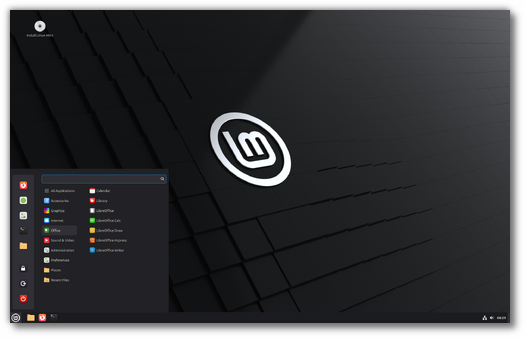
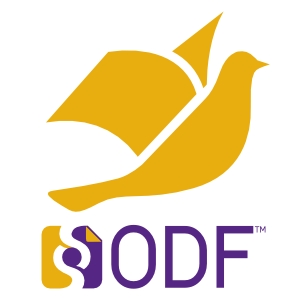
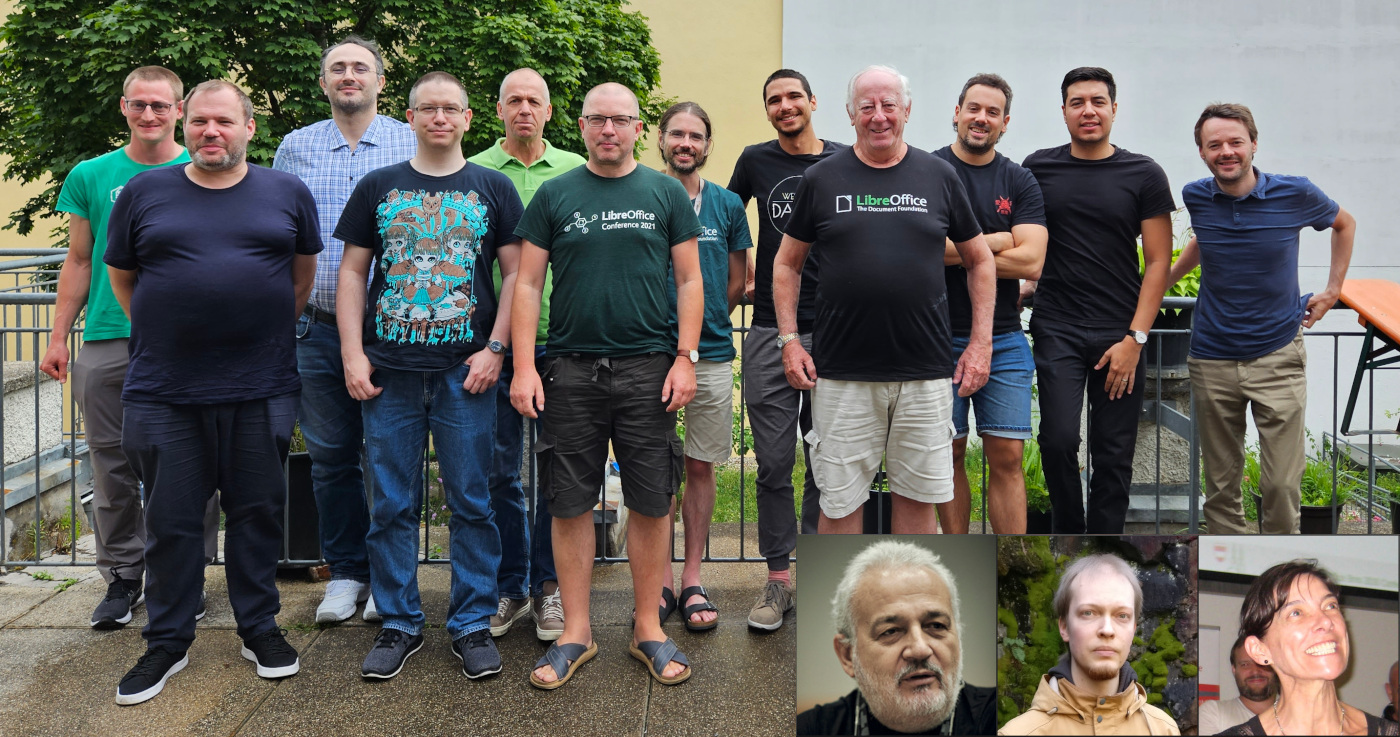

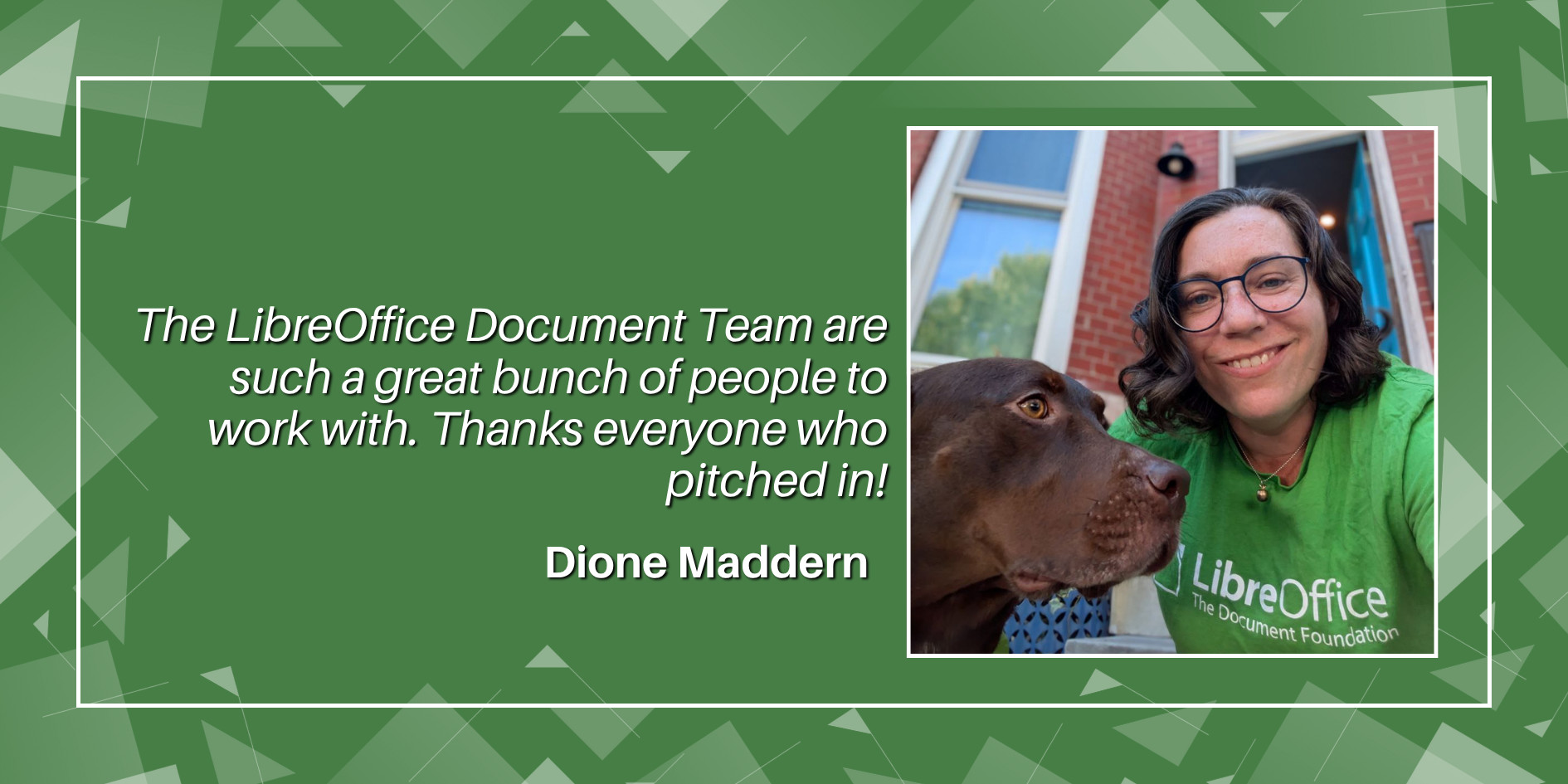
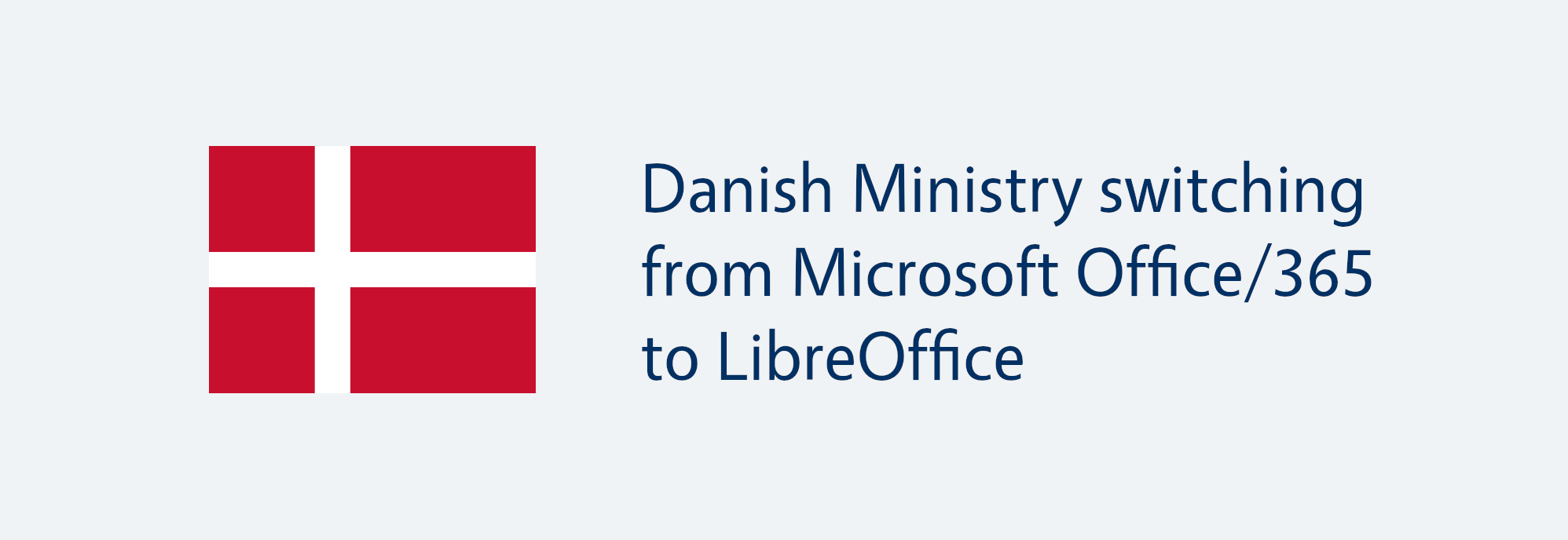


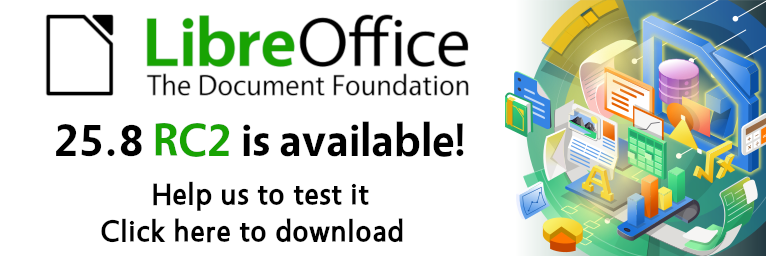
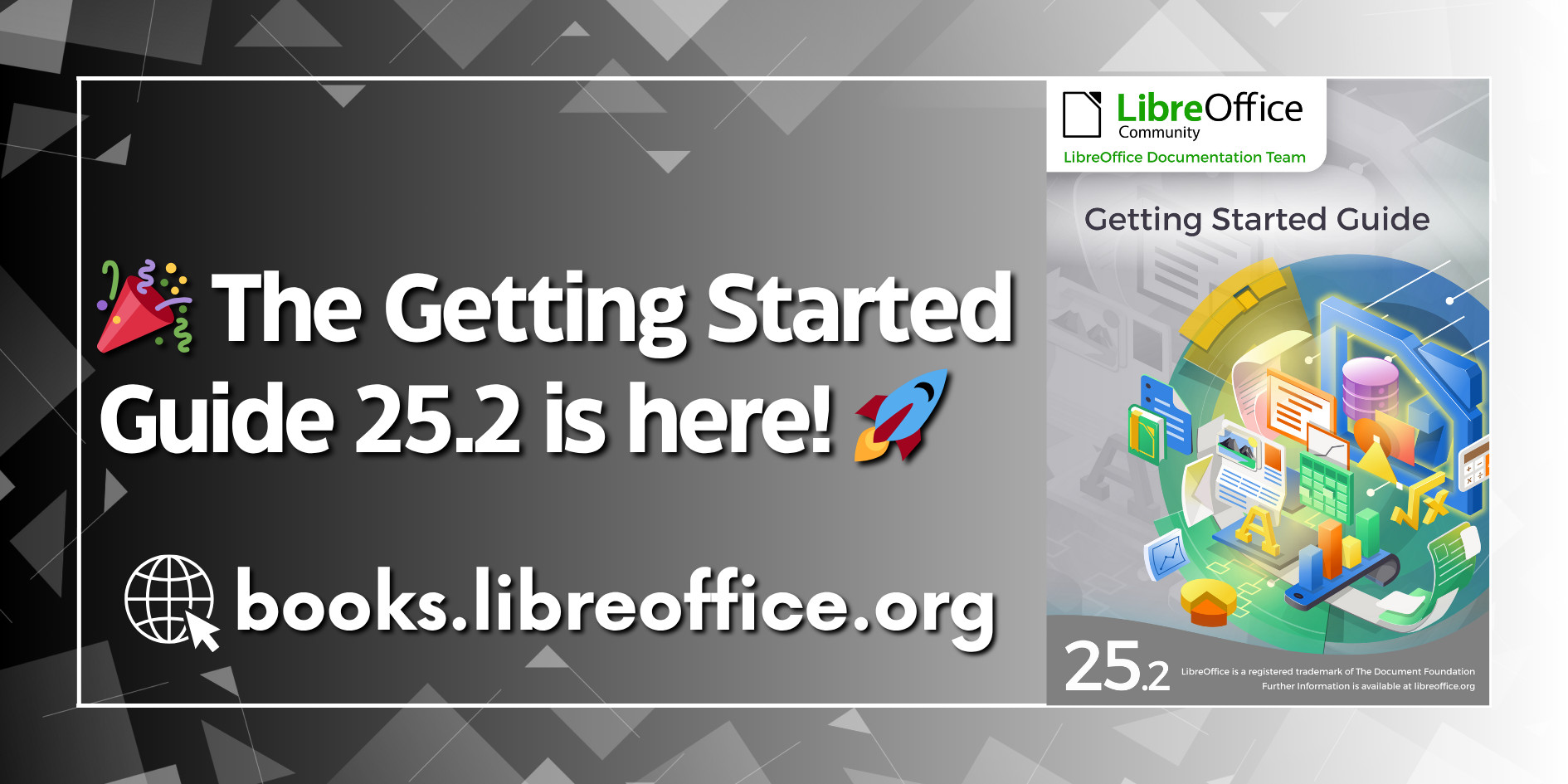
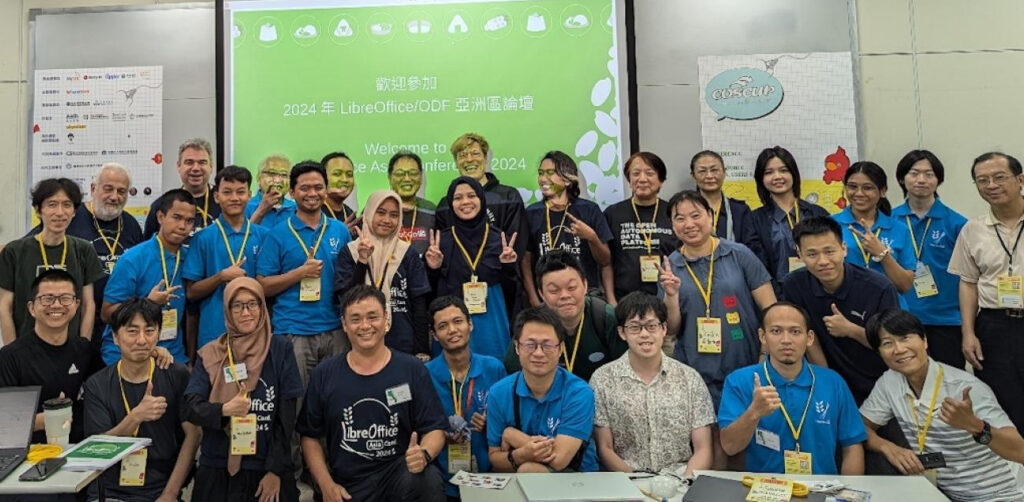


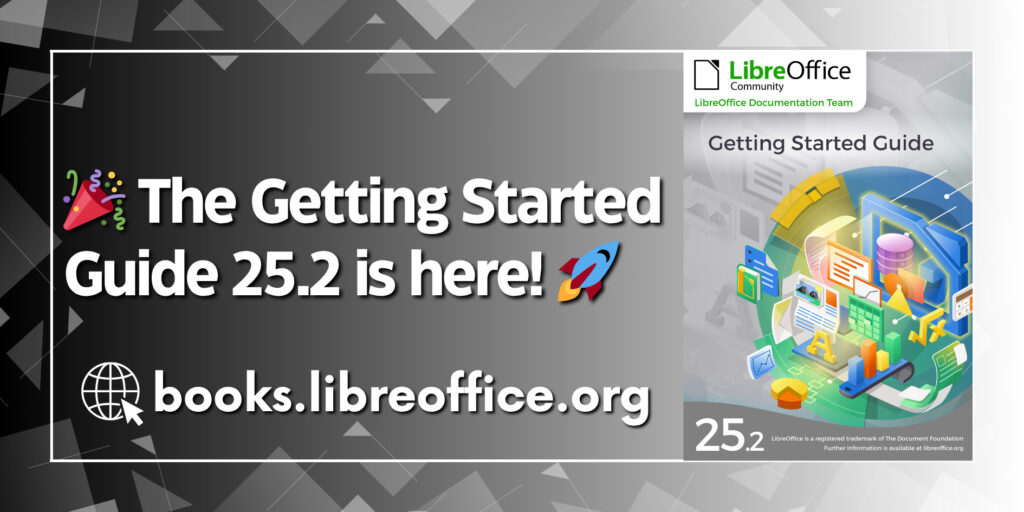
 Writer (word processing)
Writer (word processing) Calc (spreadsheets)
Calc (spreadsheets) Impress (presentations)
Impress (presentations) Draw (vector graphics)
Draw (vector graphics) Math (formula editor)
Math (formula editor) Base (database management)
Base (database management)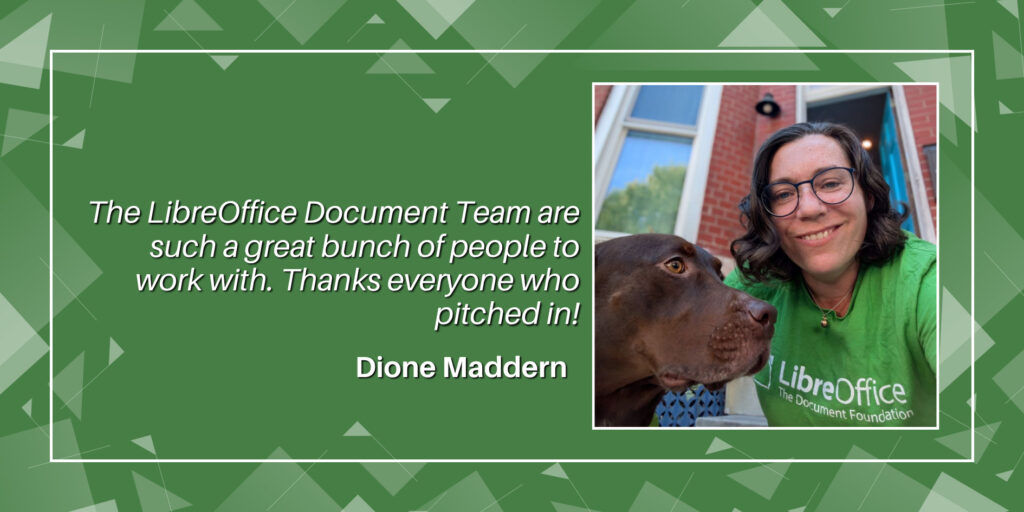
 The 25.2 update was coordinated by Dione Maddern, with valuable contributions from Peter Schofield, Jean Weber, Ed Olson, Karen Burke, B. Antonio F., and Olivier Hallot. A huge thanks to everyone involved!
The 25.2 update was coordinated by Dione Maddern, with valuable contributions from Peter Schofield, Jean Weber, Ed Olson, Karen Burke, B. Antonio F., and Olivier Hallot. A huge thanks to everyone involved!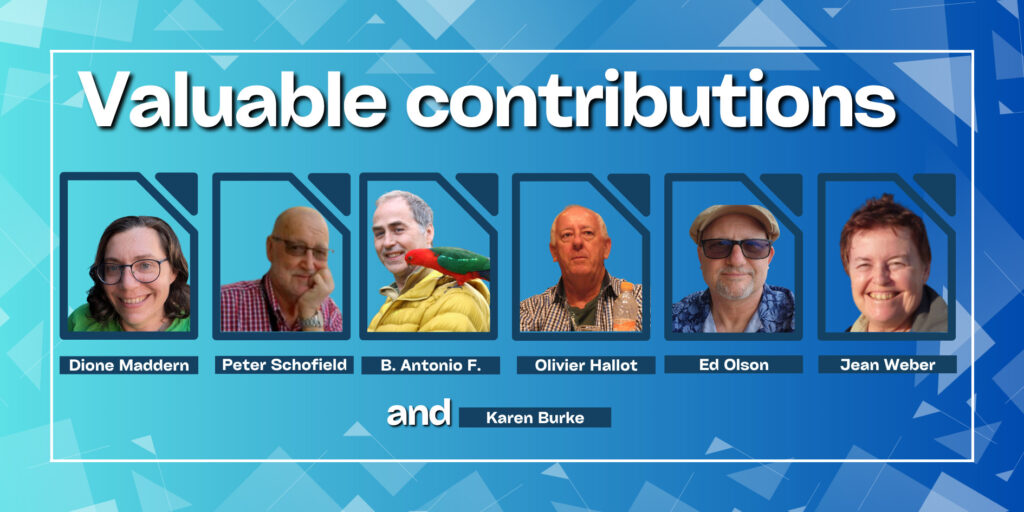
 Ready to dive in? Download the guide for free from the
Ready to dive in? Download the guide for free from the 
















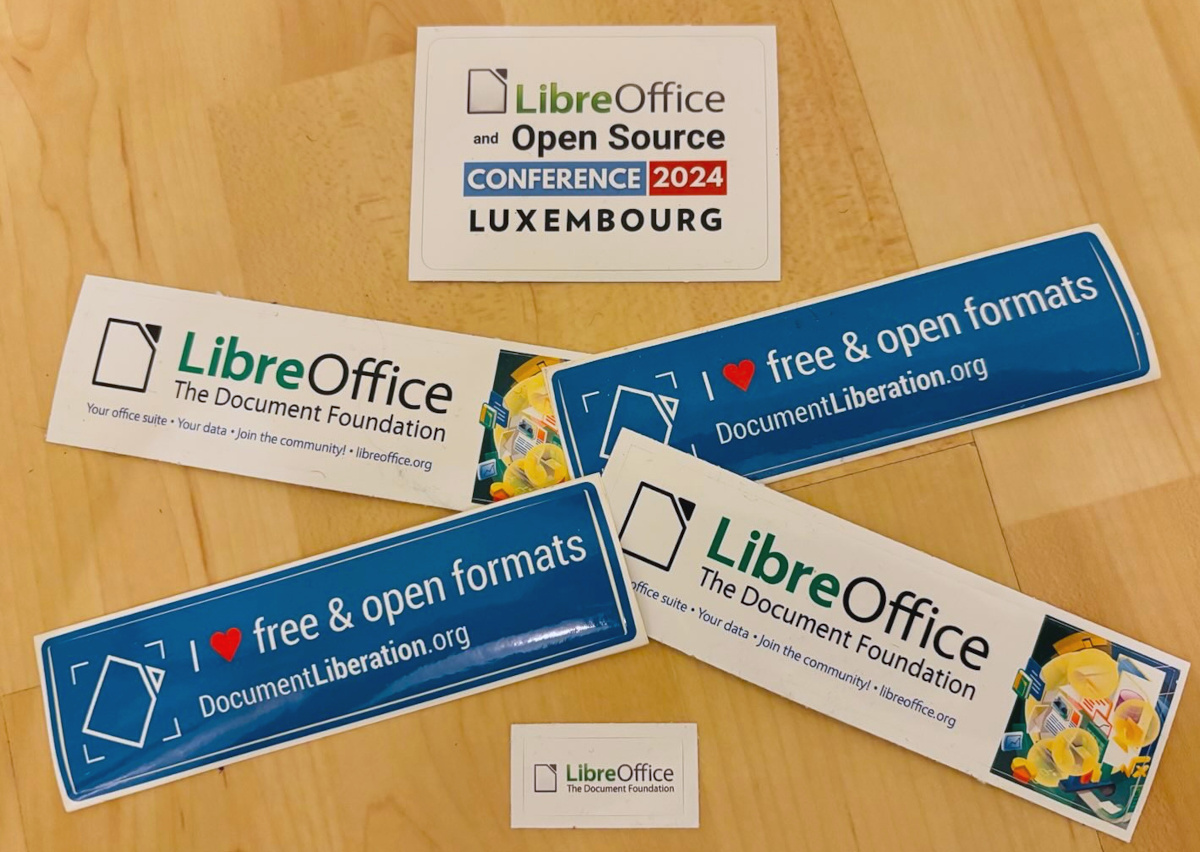

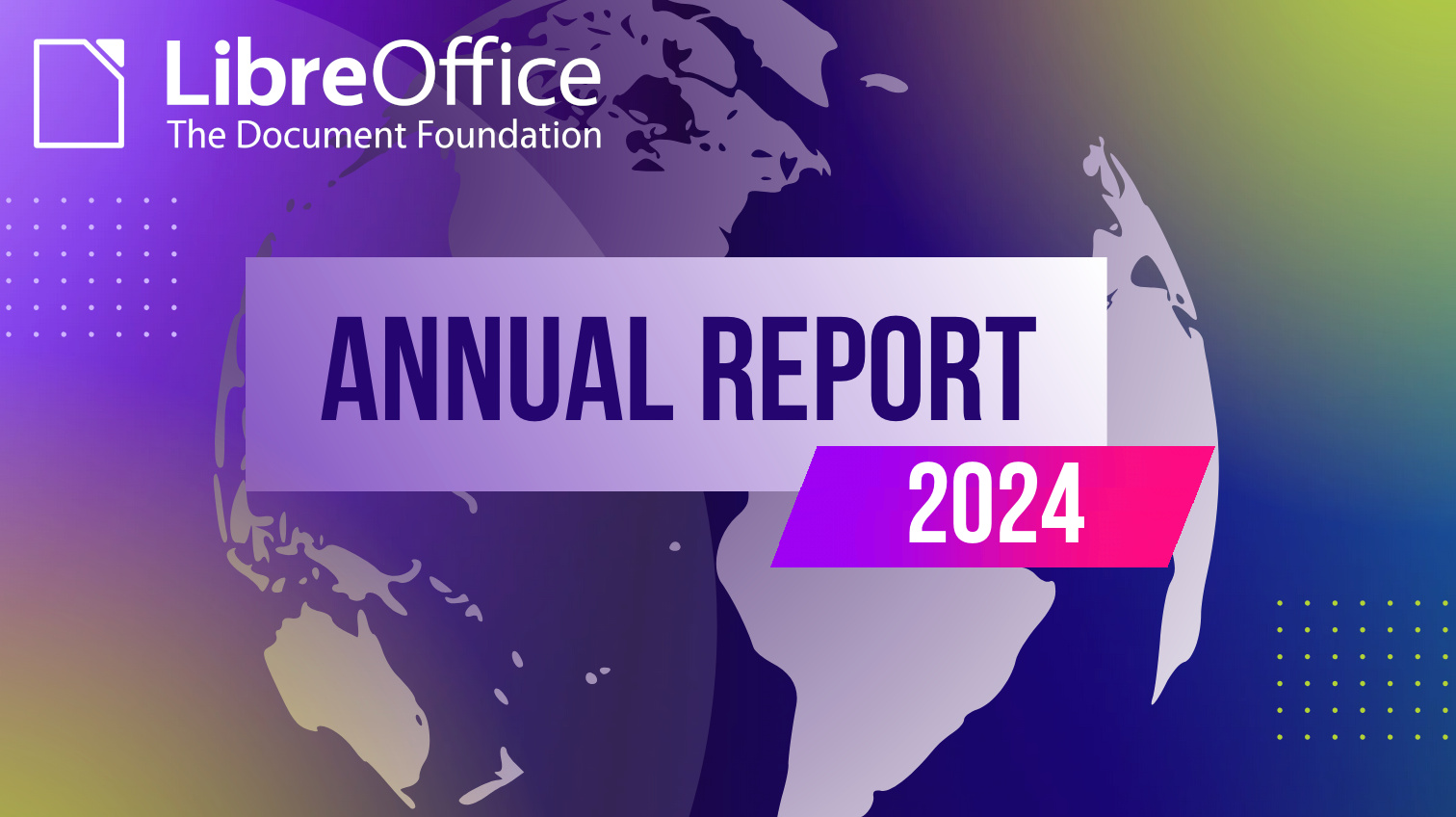
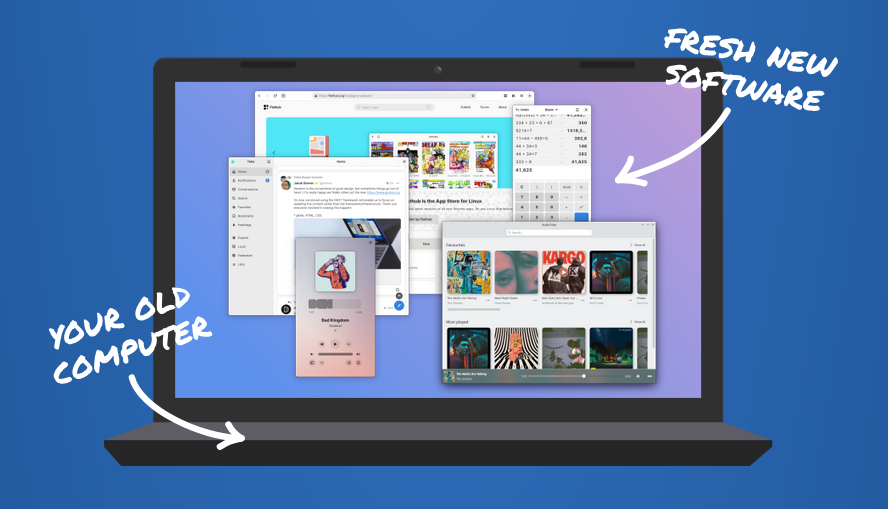
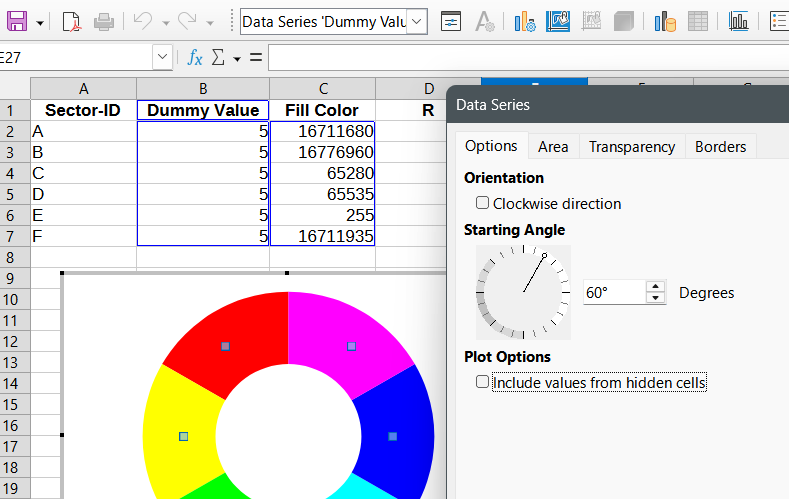

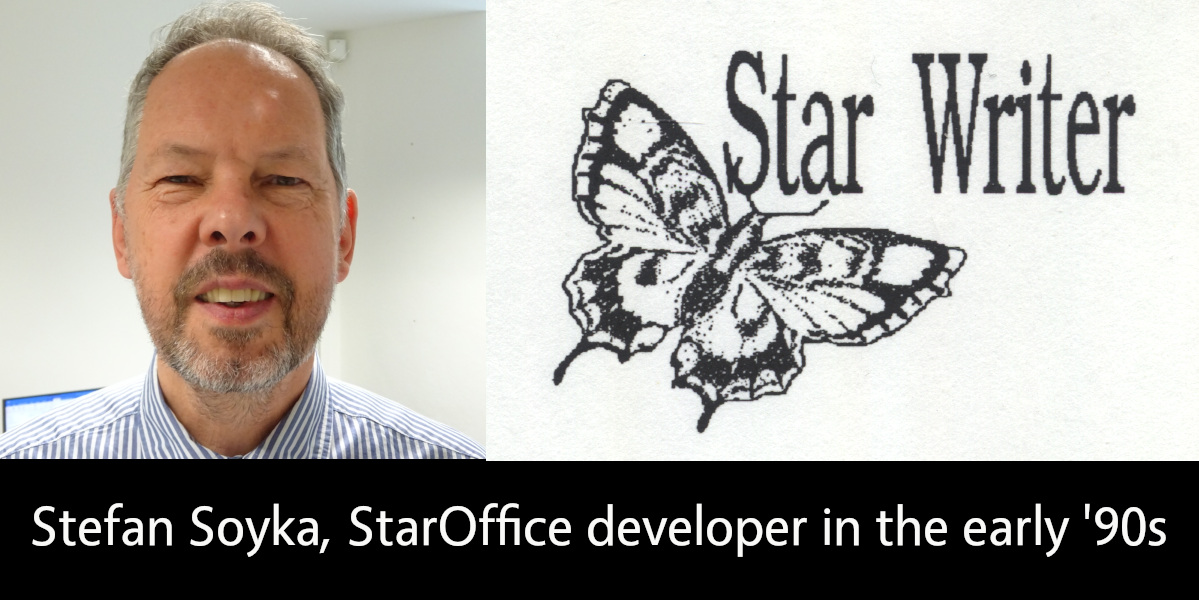
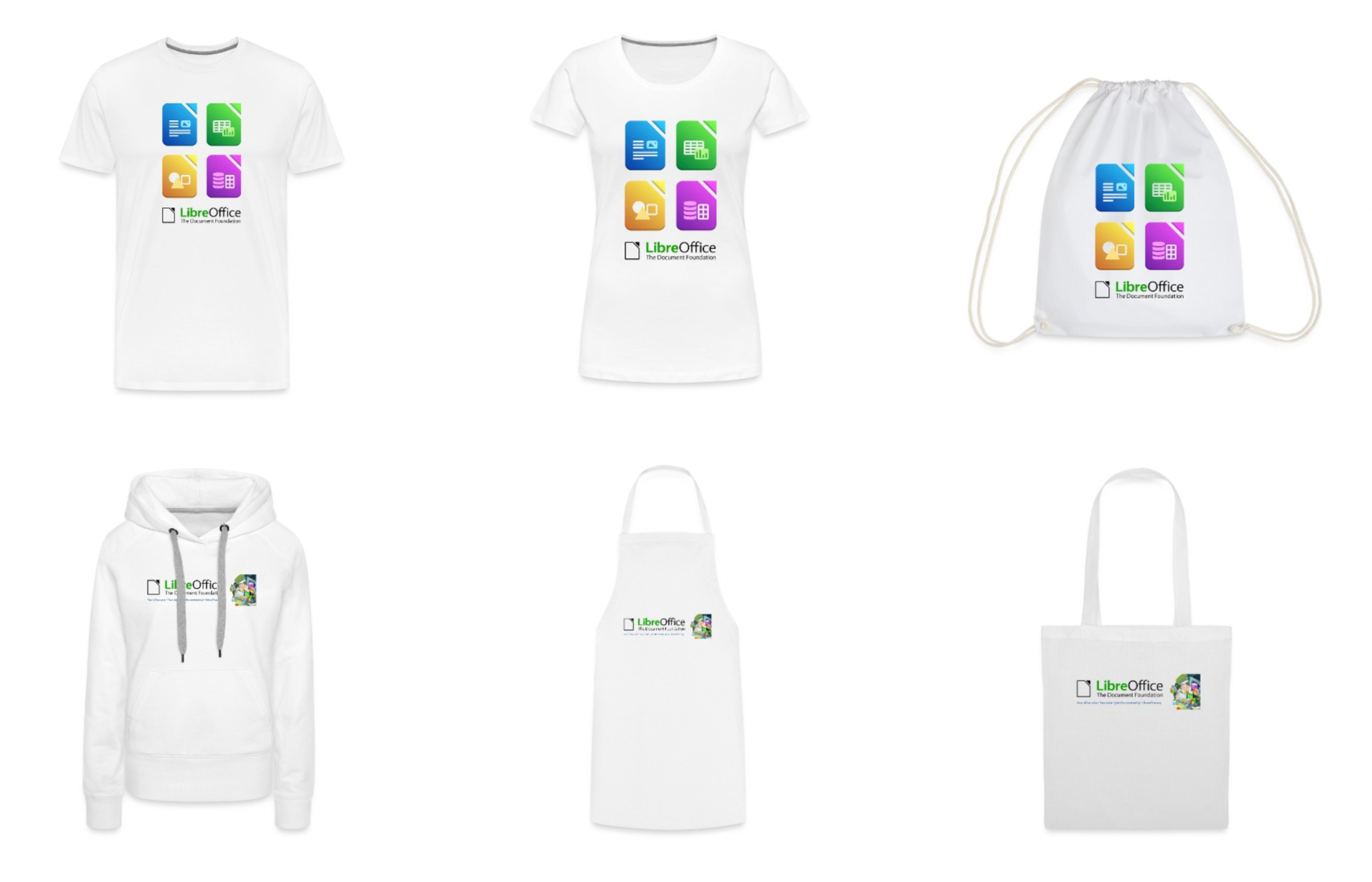
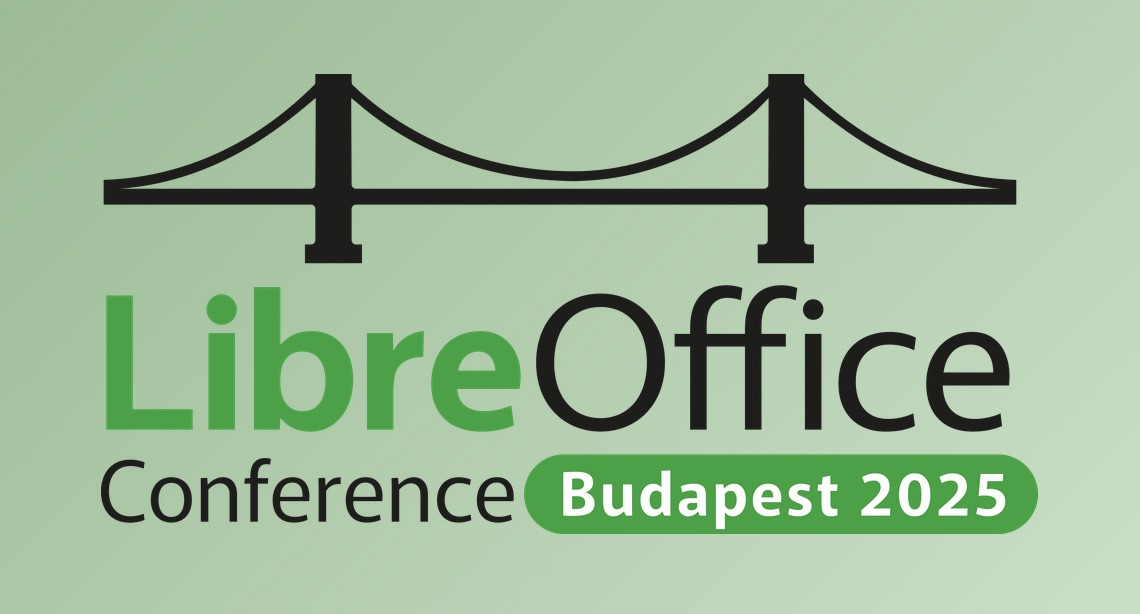
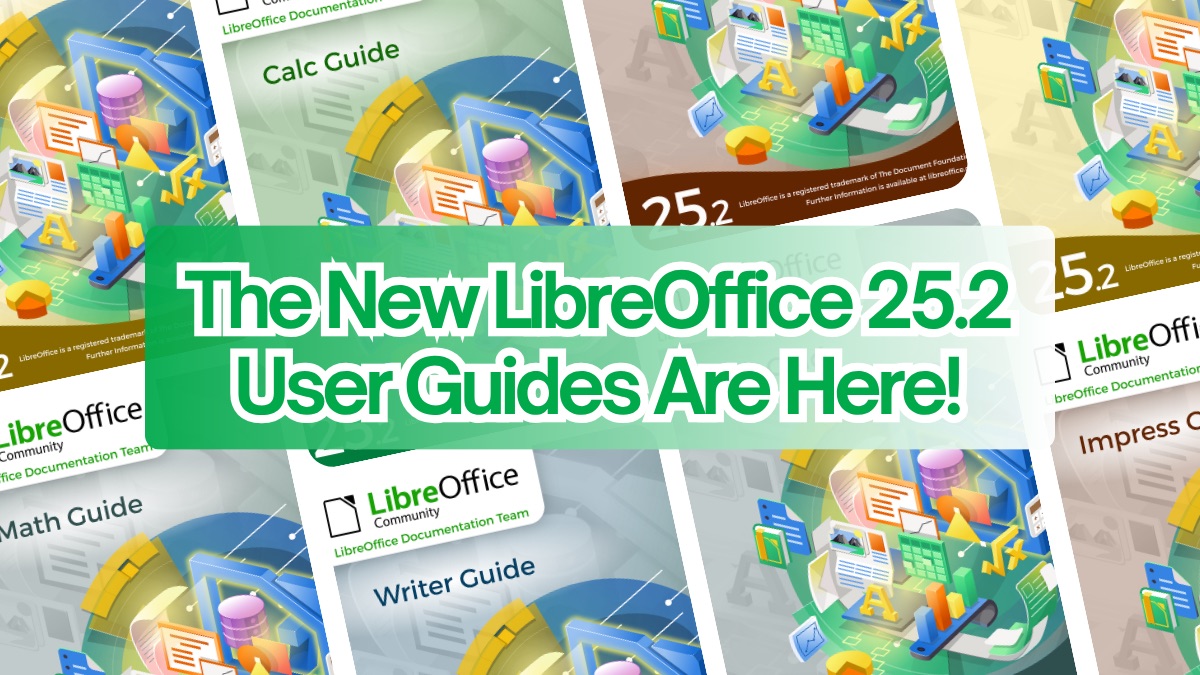

 The work is 100% community-driven! Jean Weber led the Writer guide, Peter Schofield coordinated the Impress, Draw, and Math guides, and Olivier Hallot headed the Calc guide.
The work is 100% community-driven! Jean Weber led the Writer guide, Peter Schofield coordinated the Impress, Draw, and Math guides, and Olivier Hallot headed the Calc guide.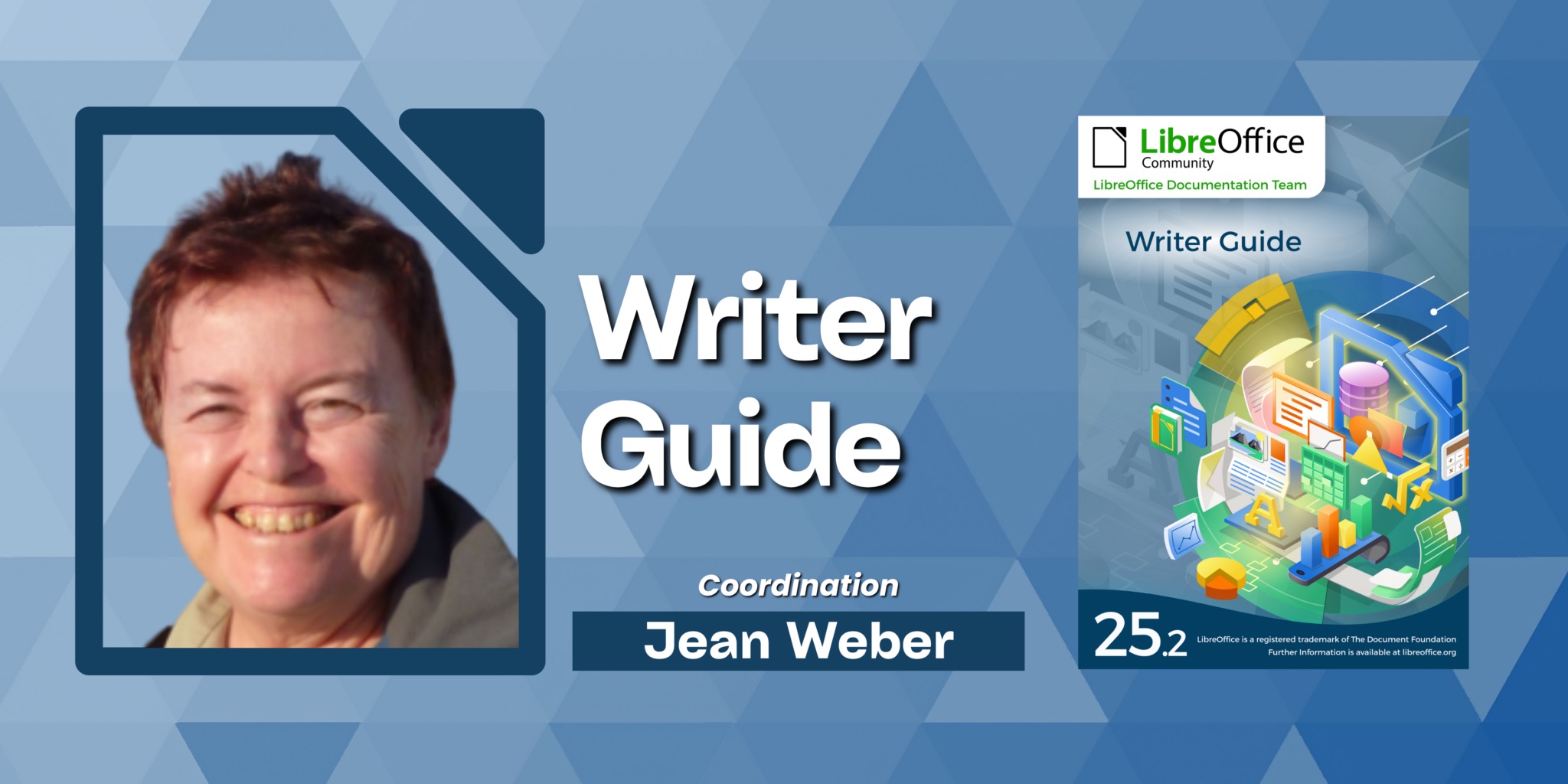
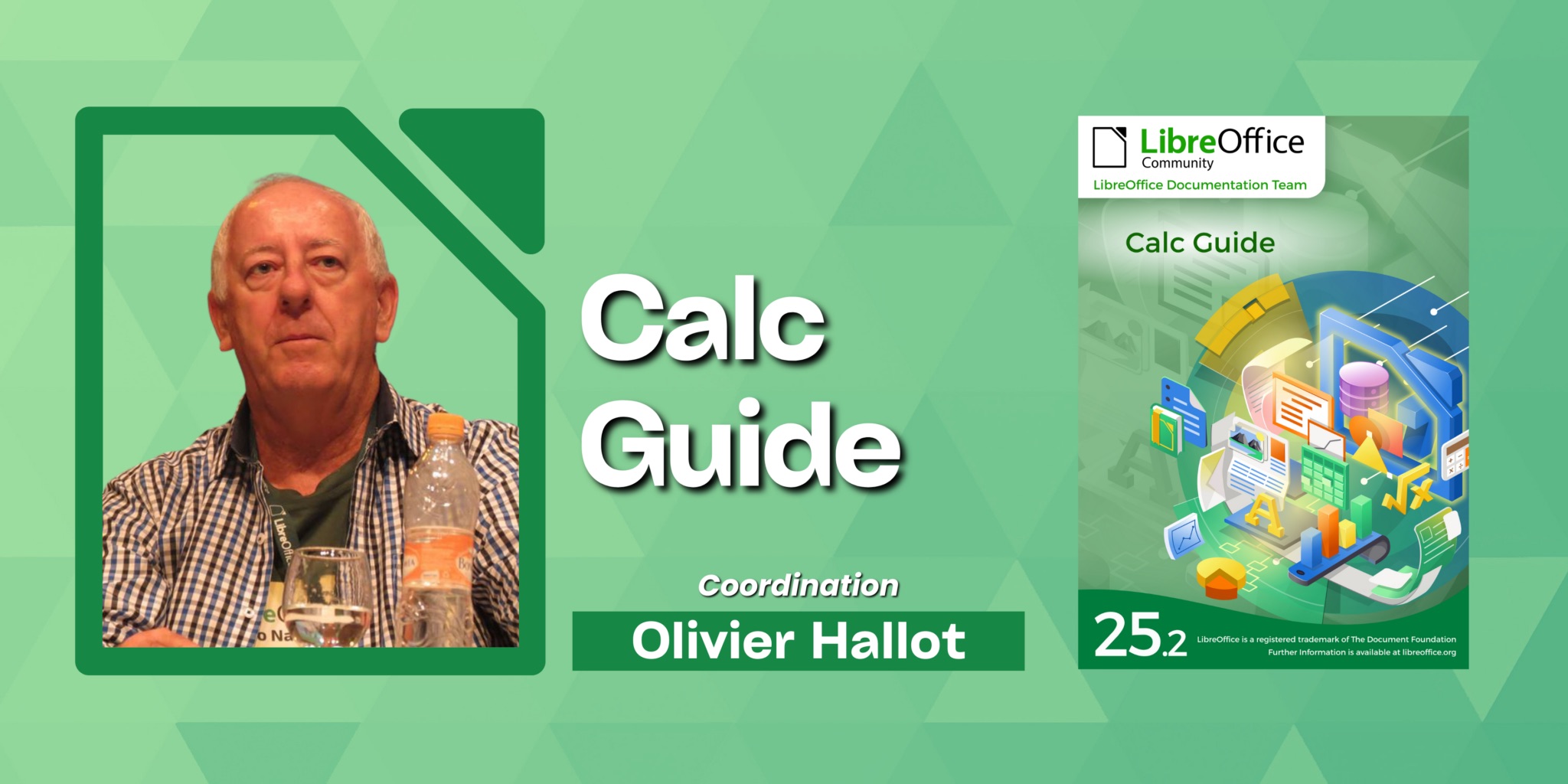
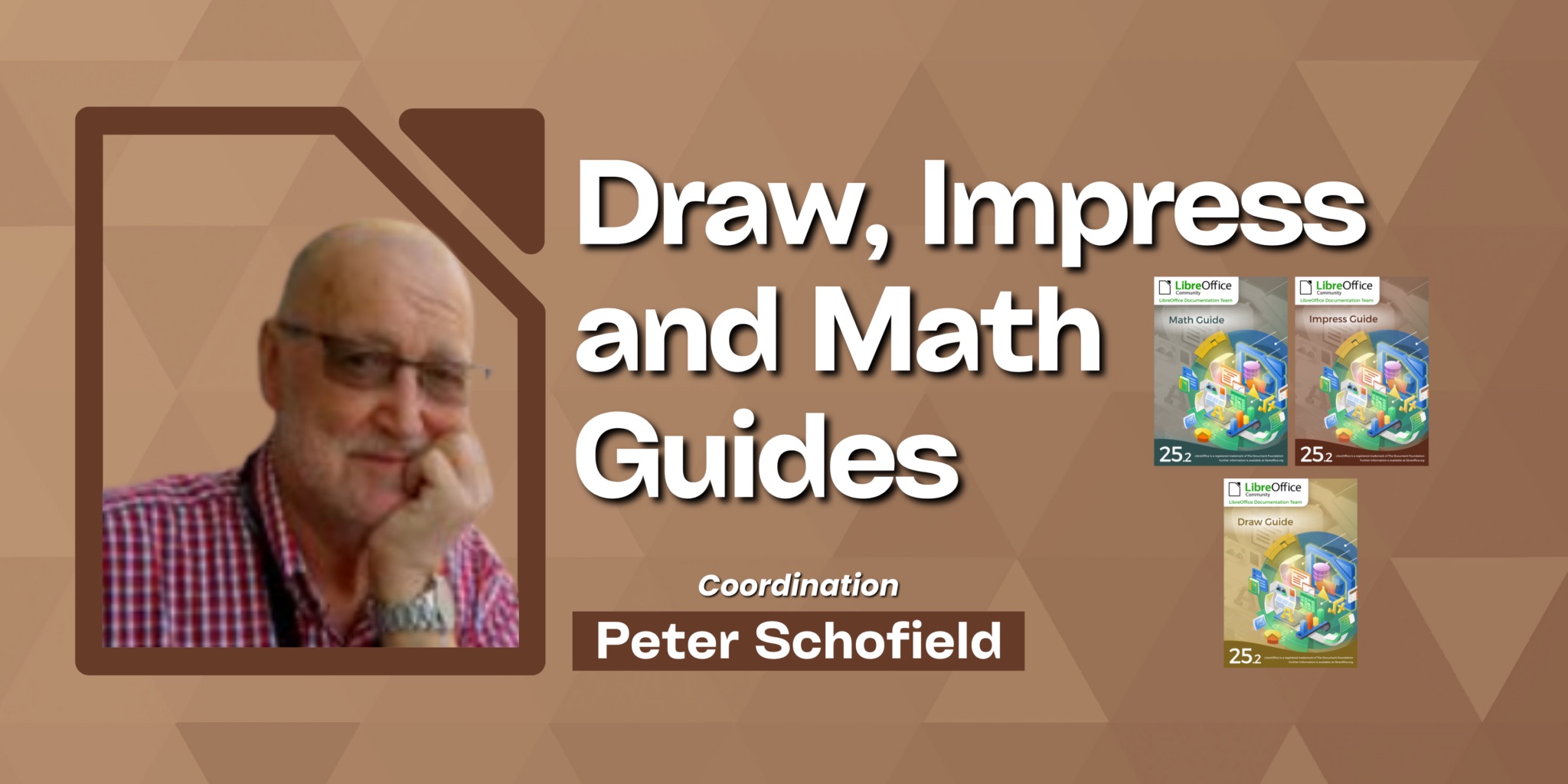
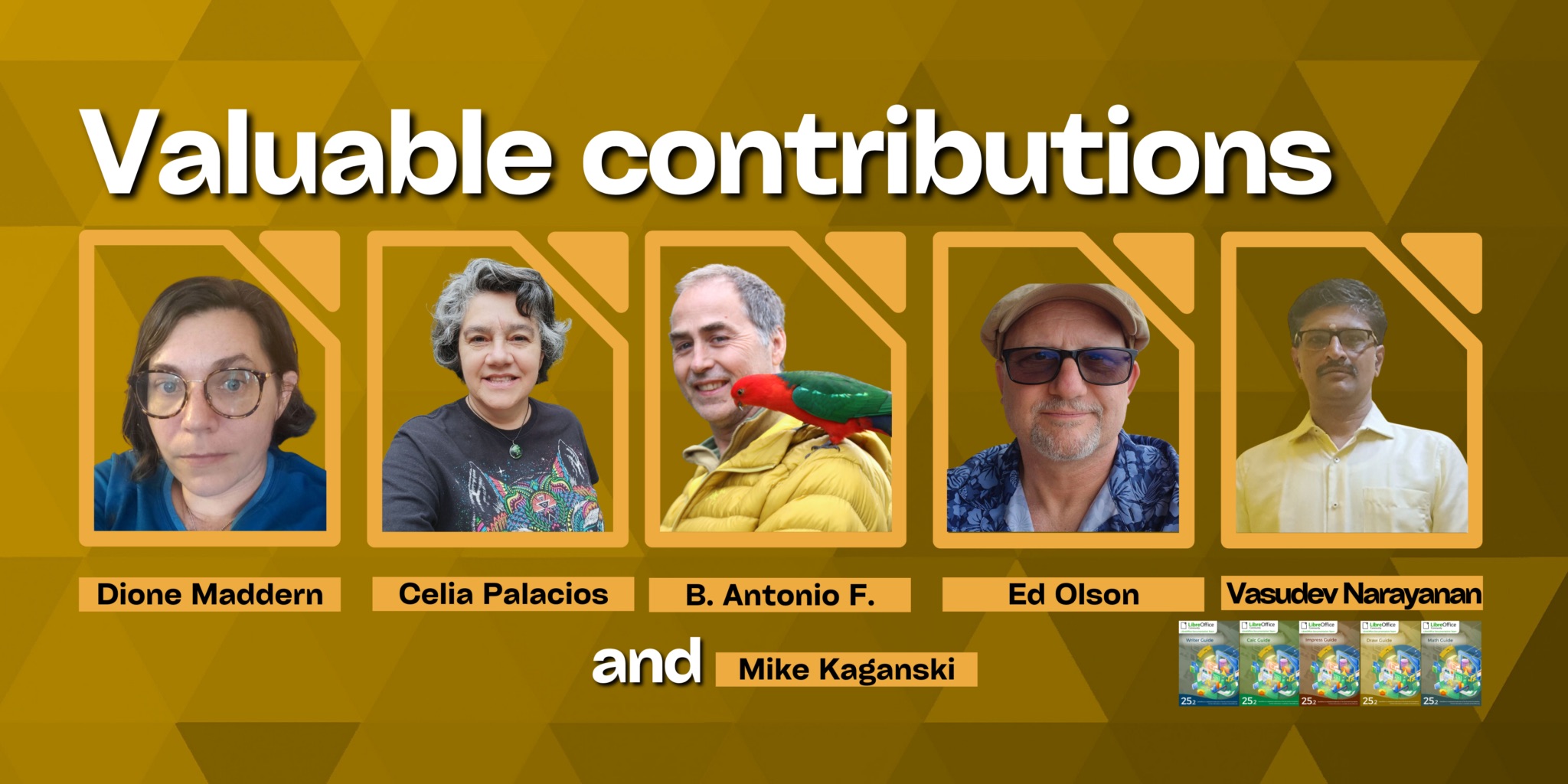
 Each new edition is more than just an update — it’s a chance to improve clarity, add the latest features, and deliver the best experience possible for end users. These guides complement the built-in LibreOffice Help and are perfect for deepening your knowledge.
Each new edition is more than just an update — it’s a chance to improve clarity, add the latest features, and deliver the best experience possible for end users. These guides complement the built-in LibreOffice Help and are perfect for deepening your knowledge.
 Get your guides now:
Get your guides now: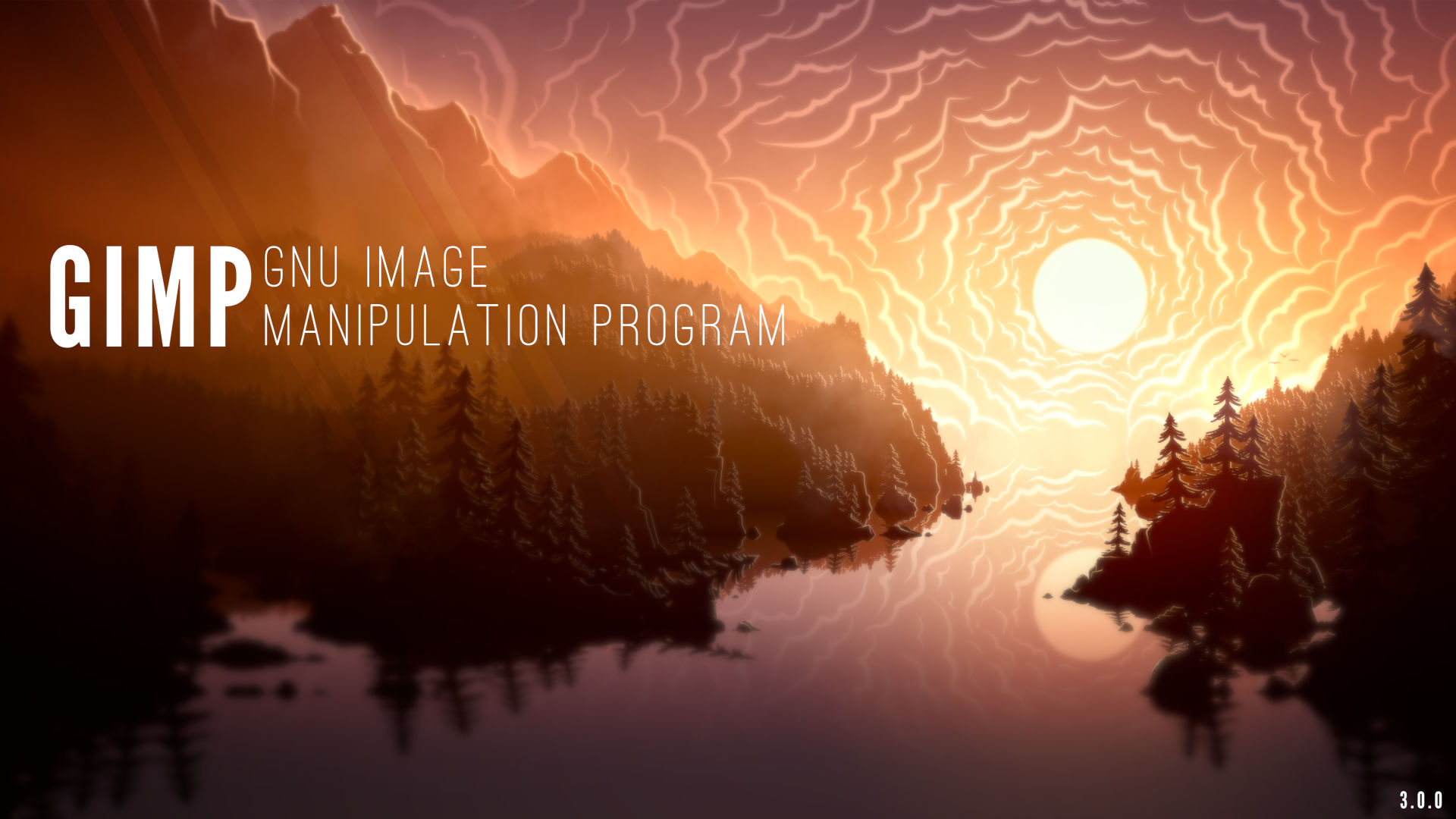

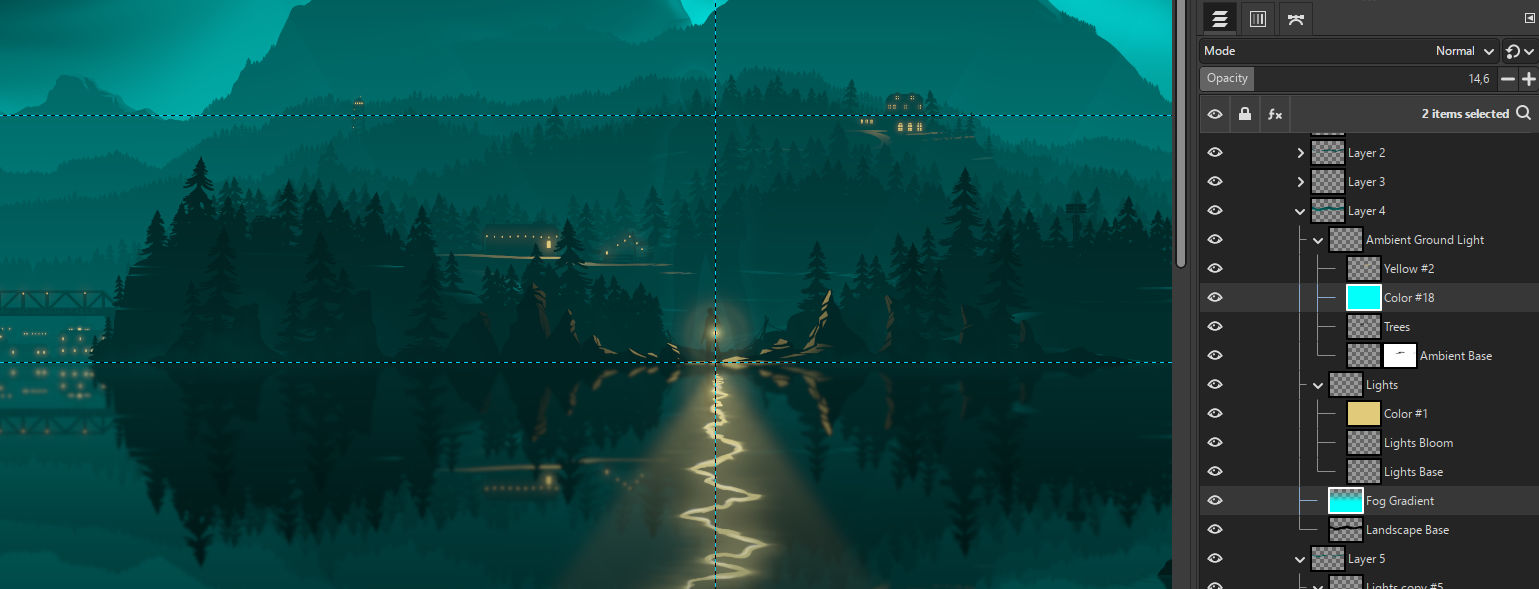

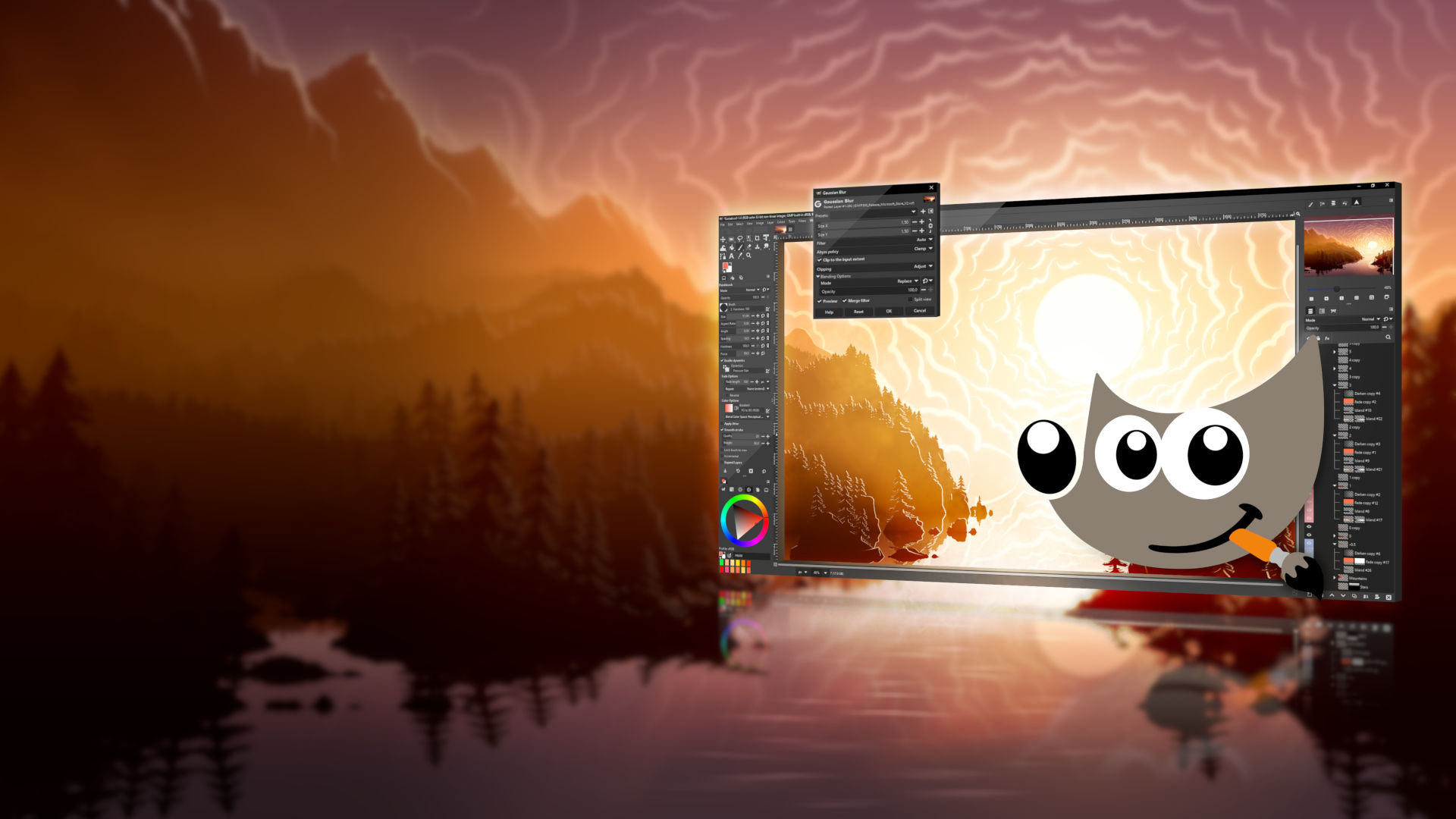
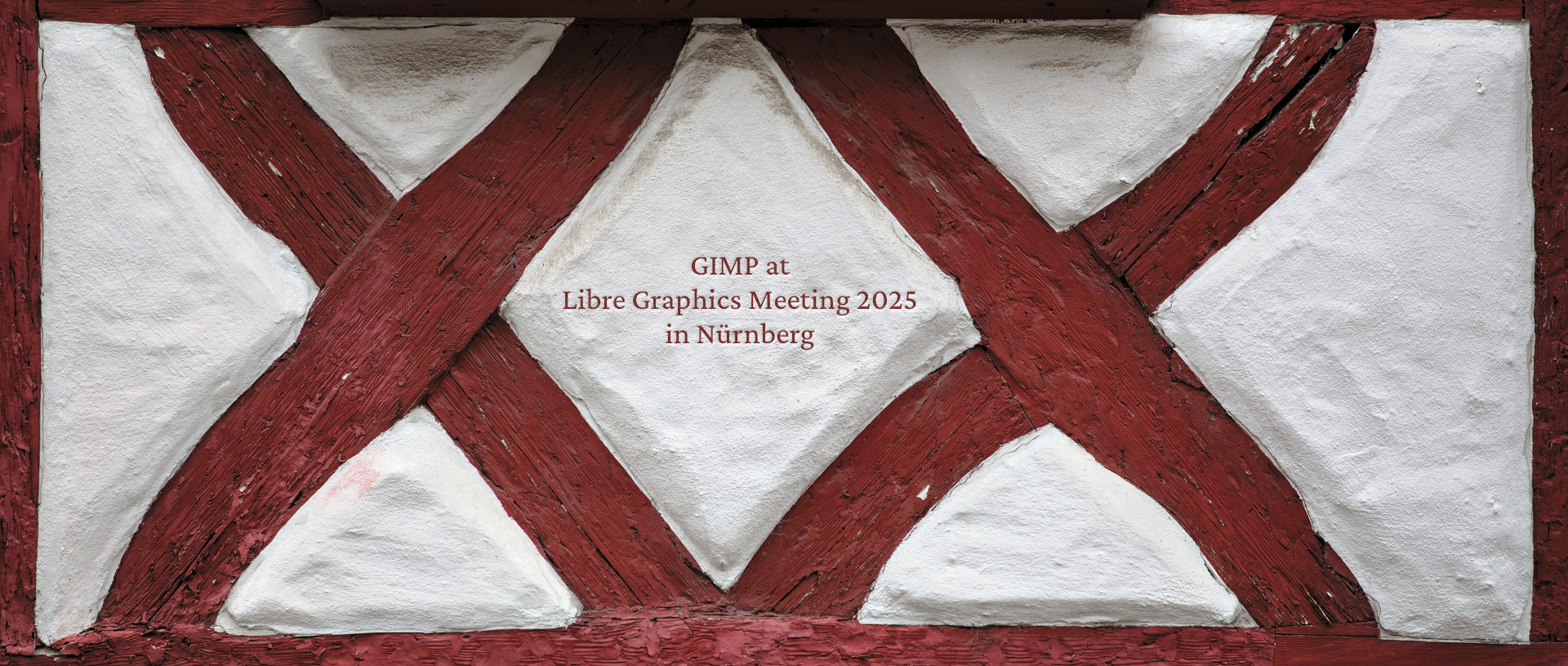
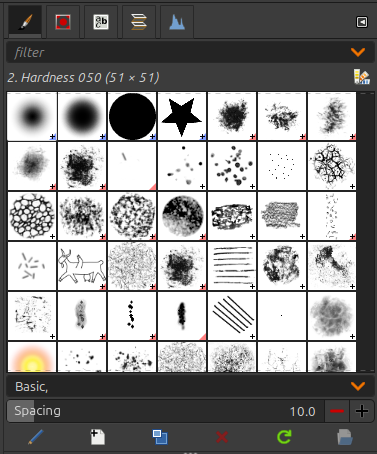
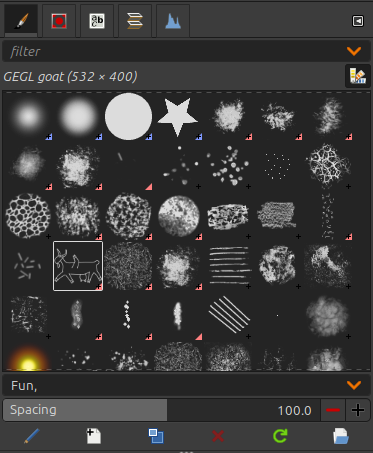
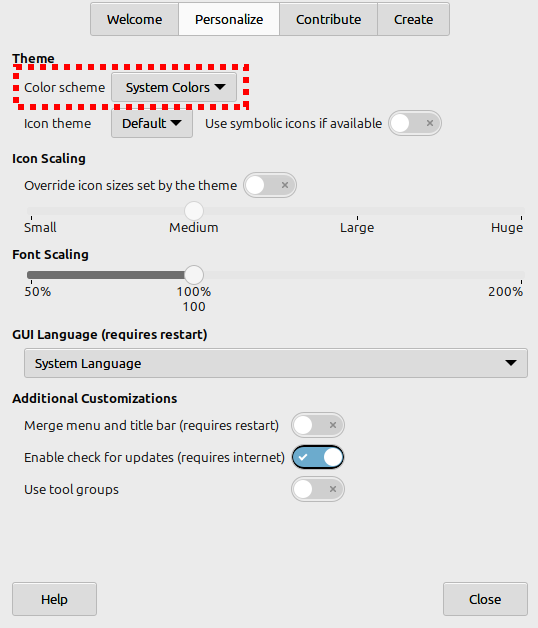
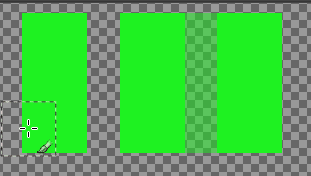
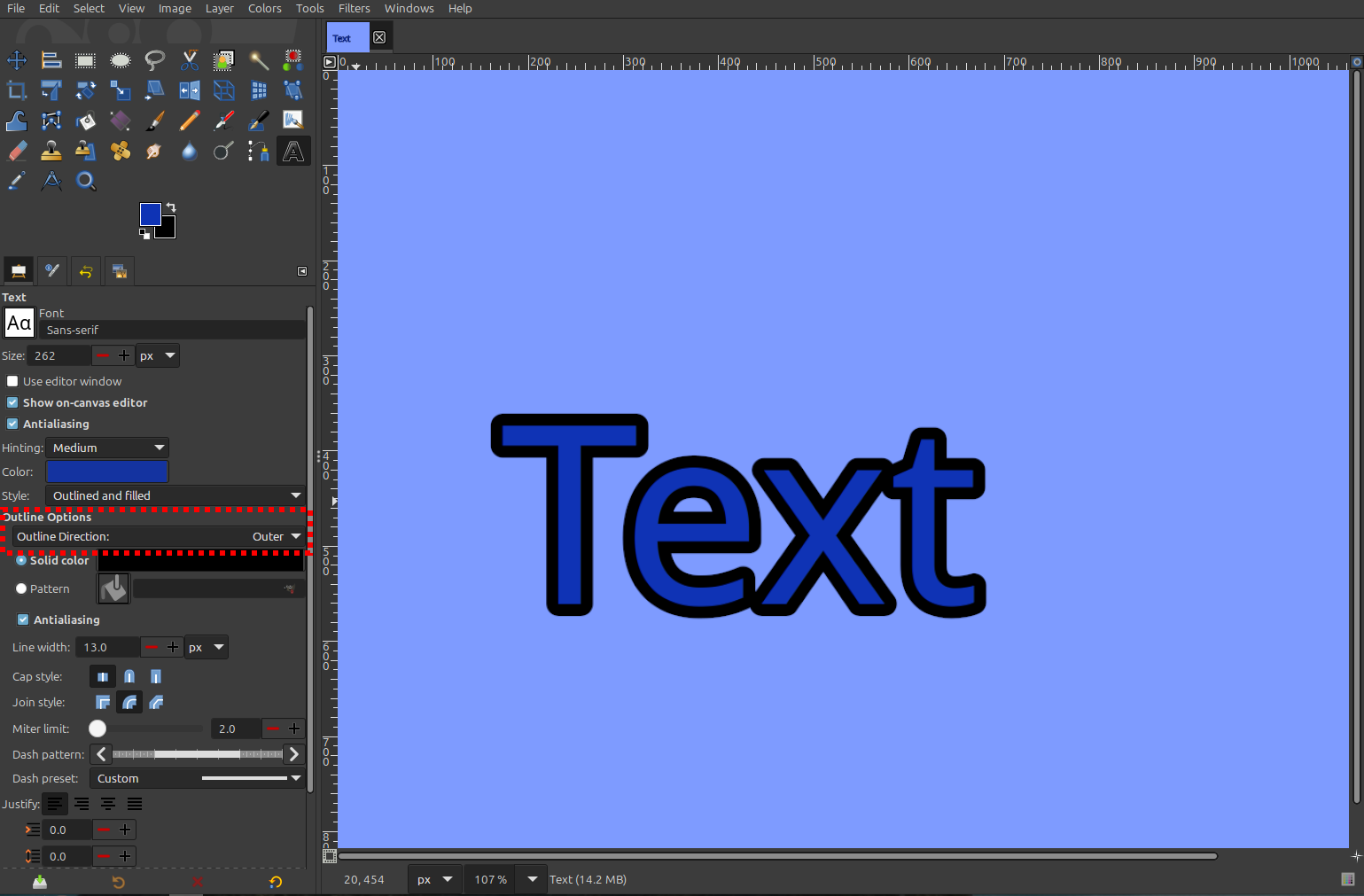
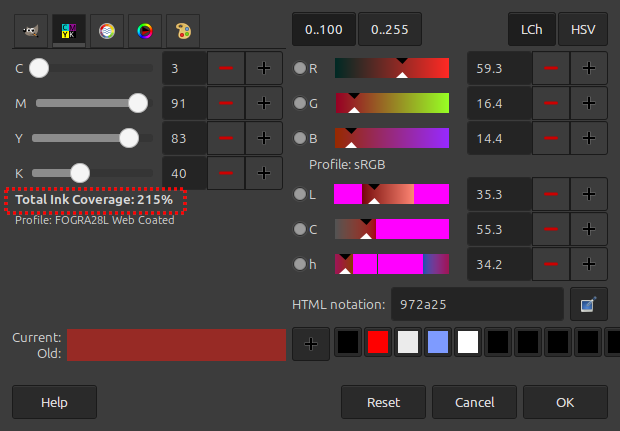
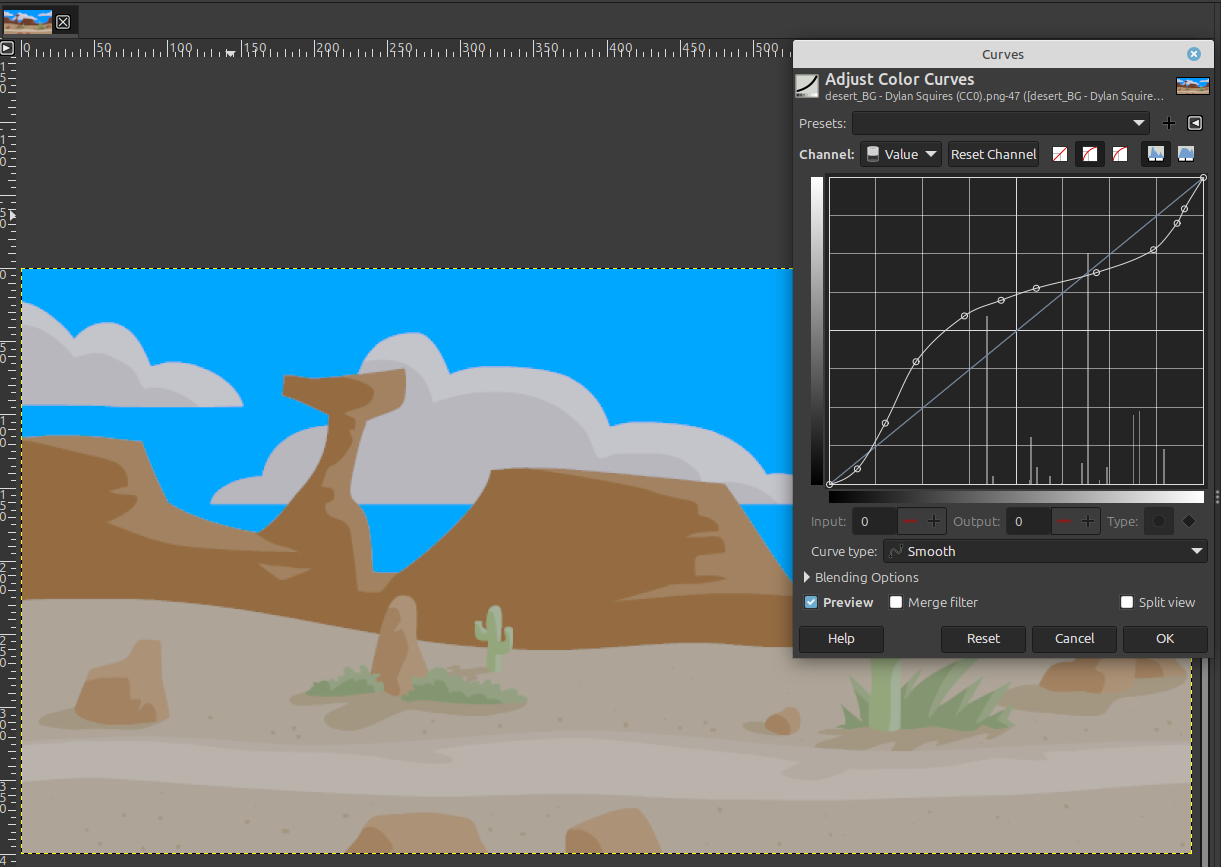
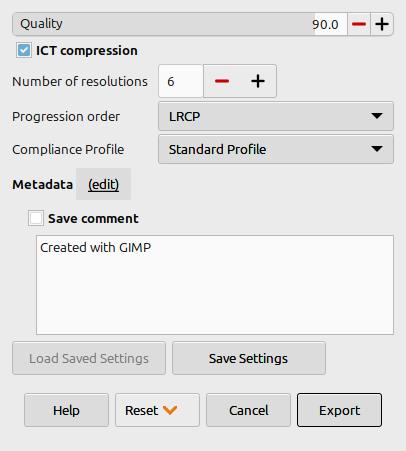
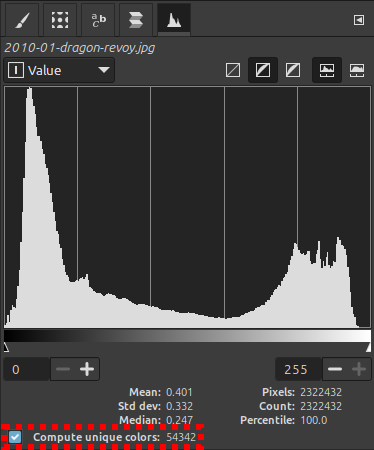
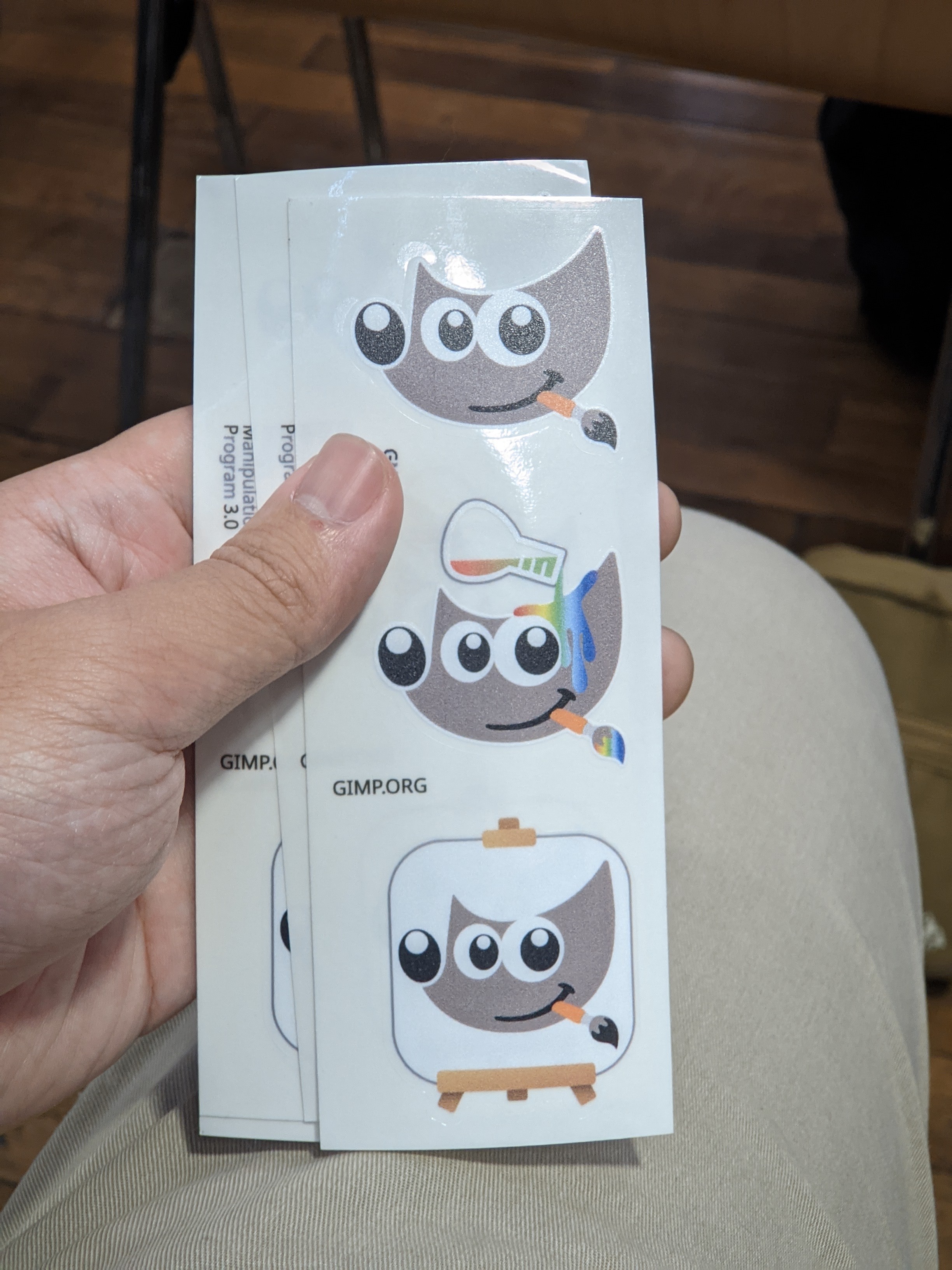

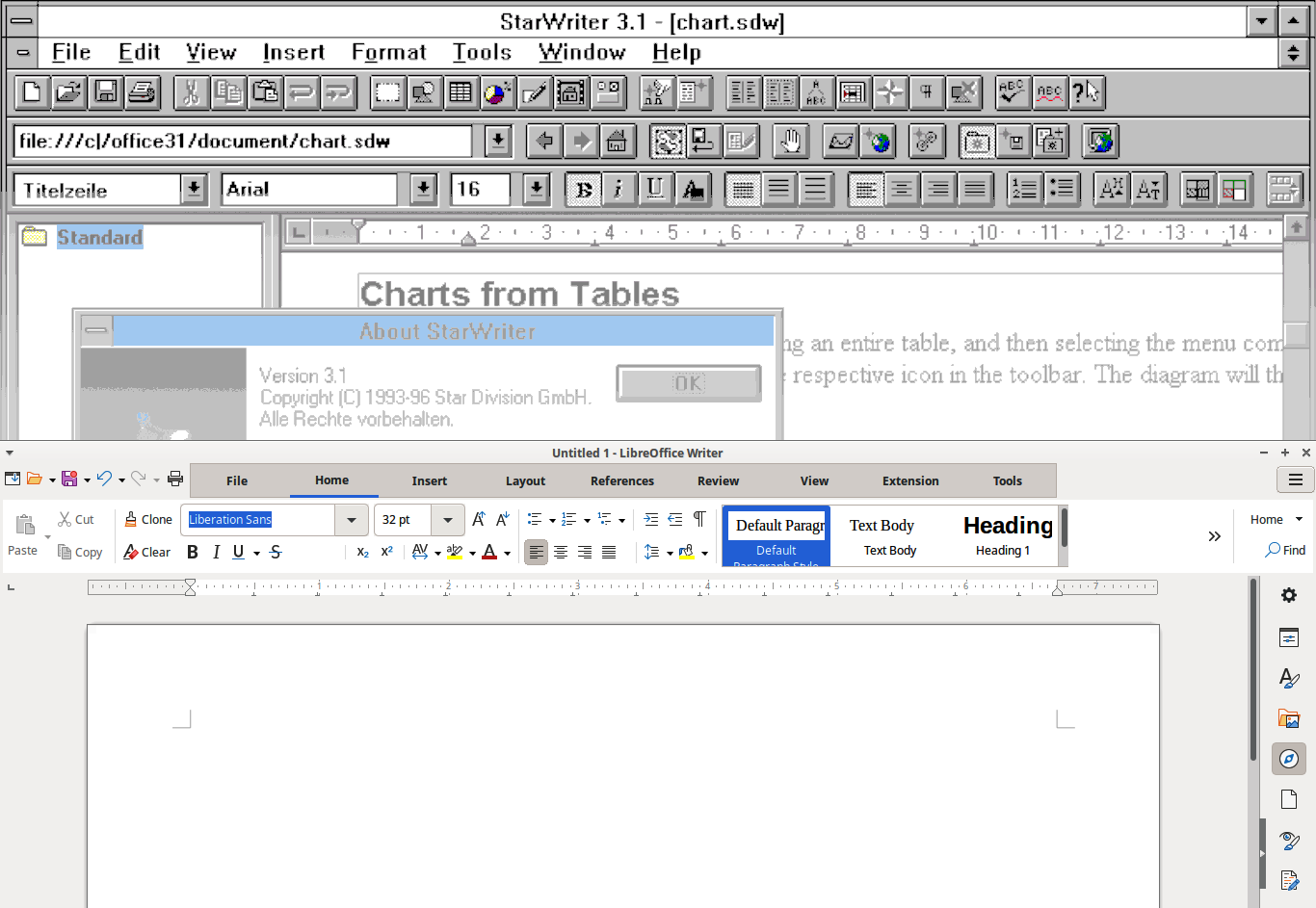
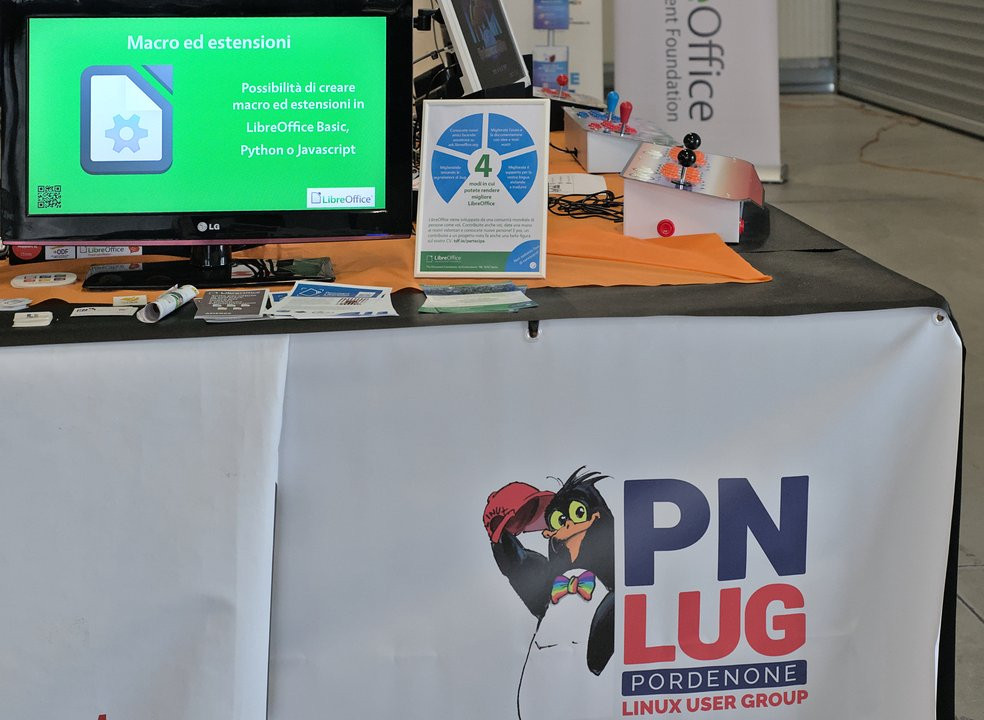

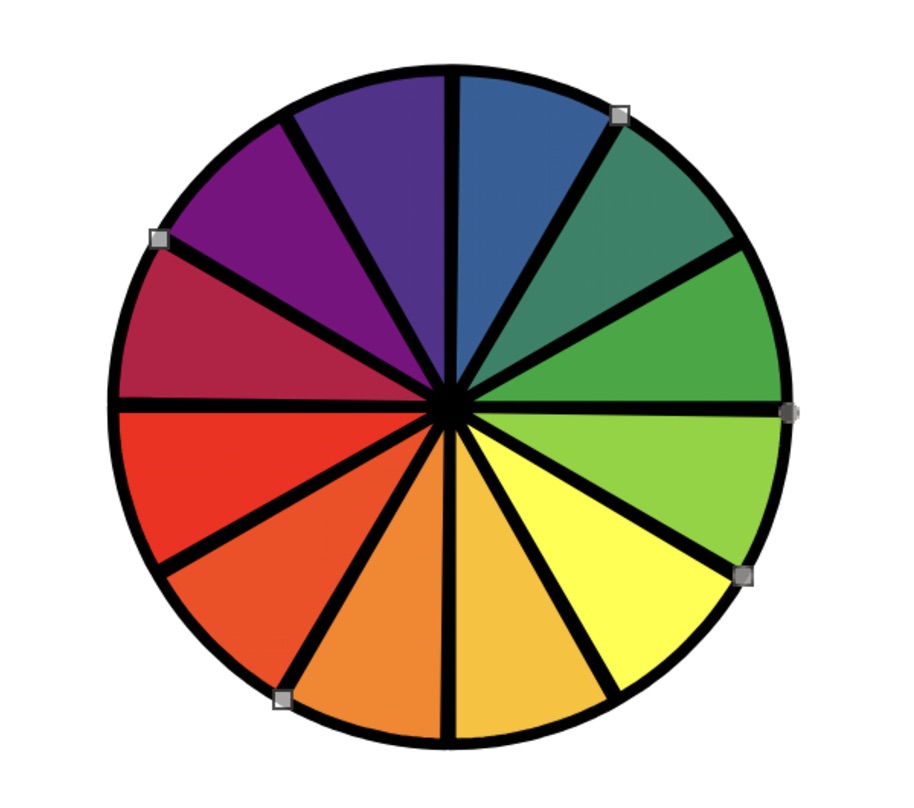






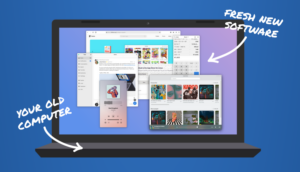
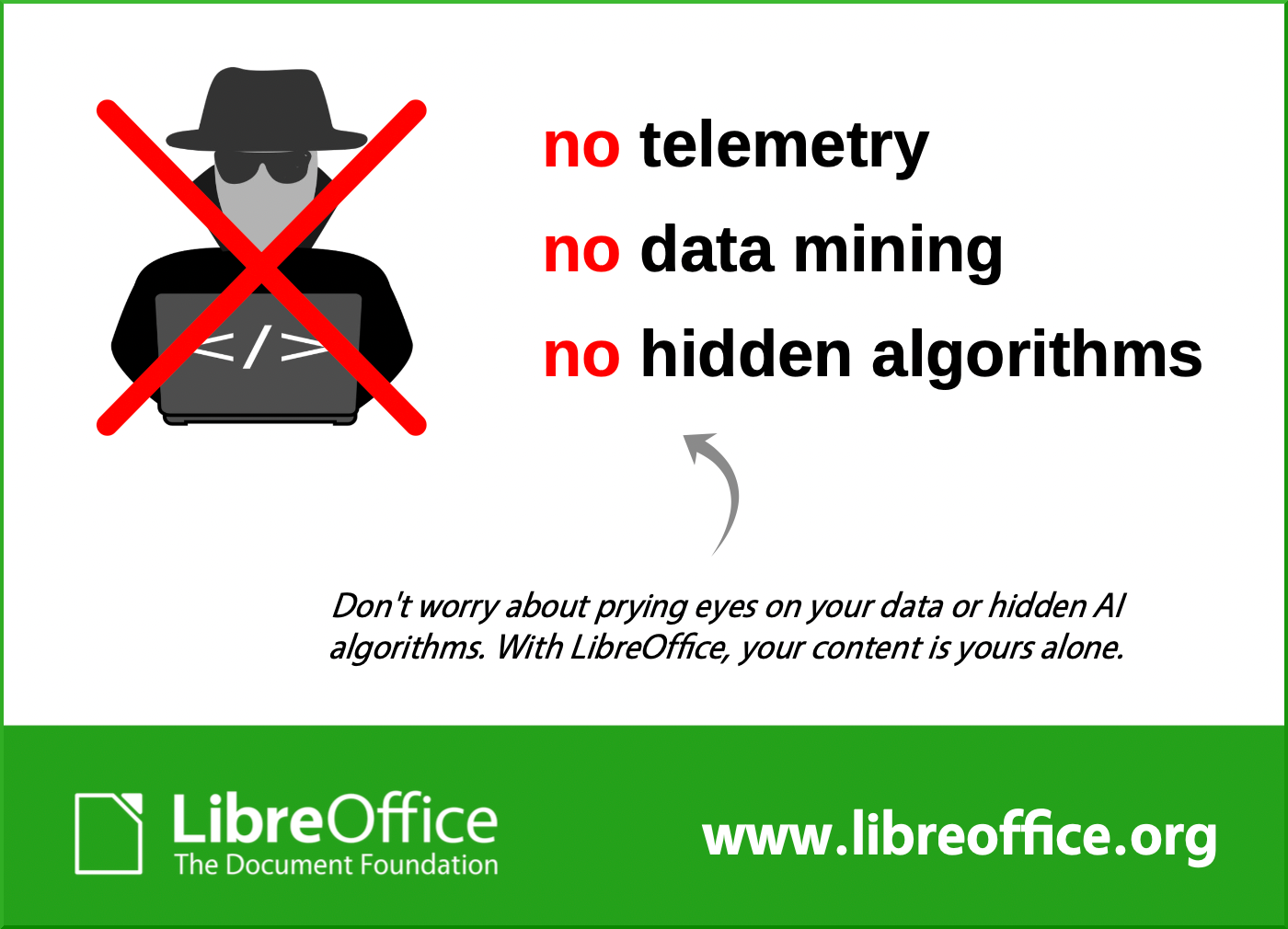
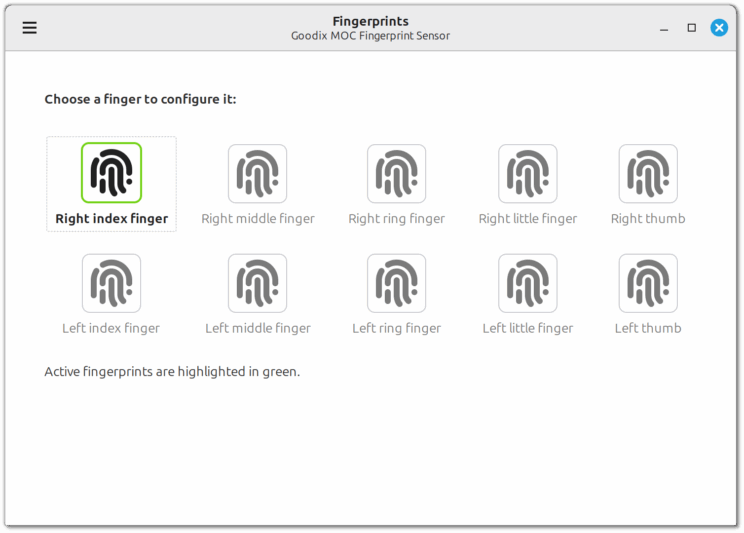

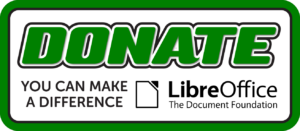

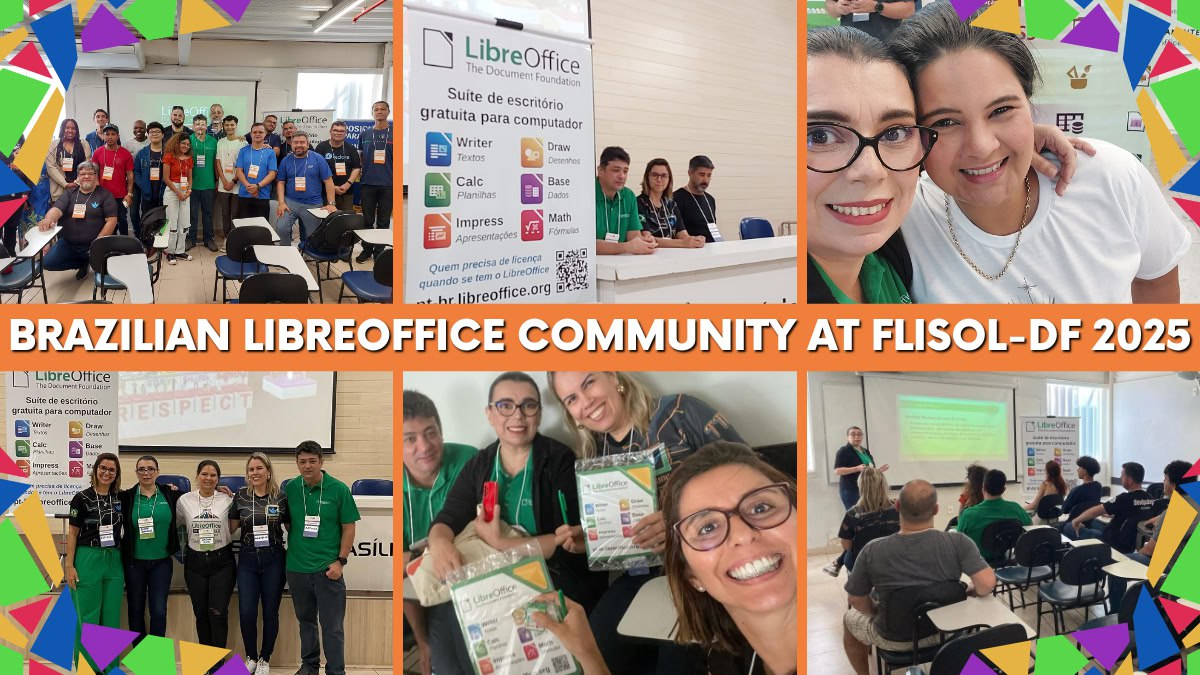
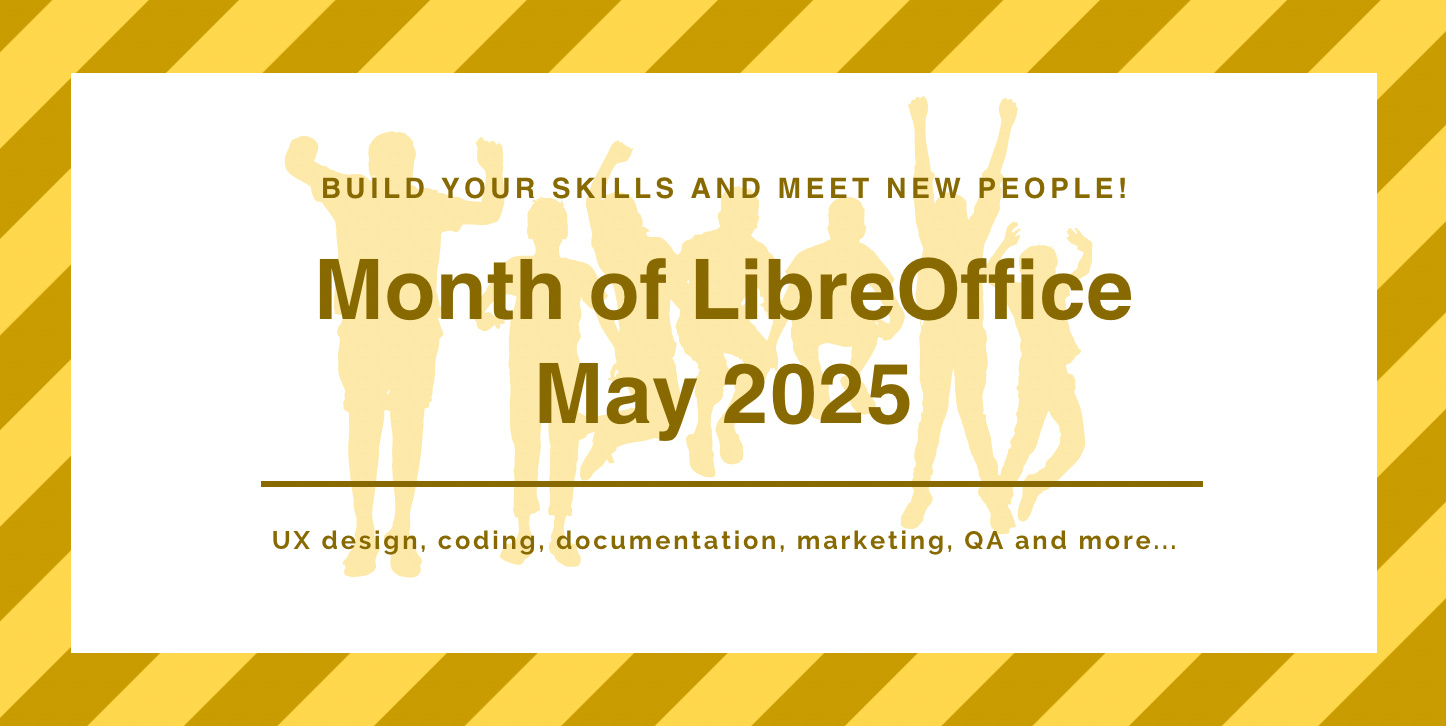
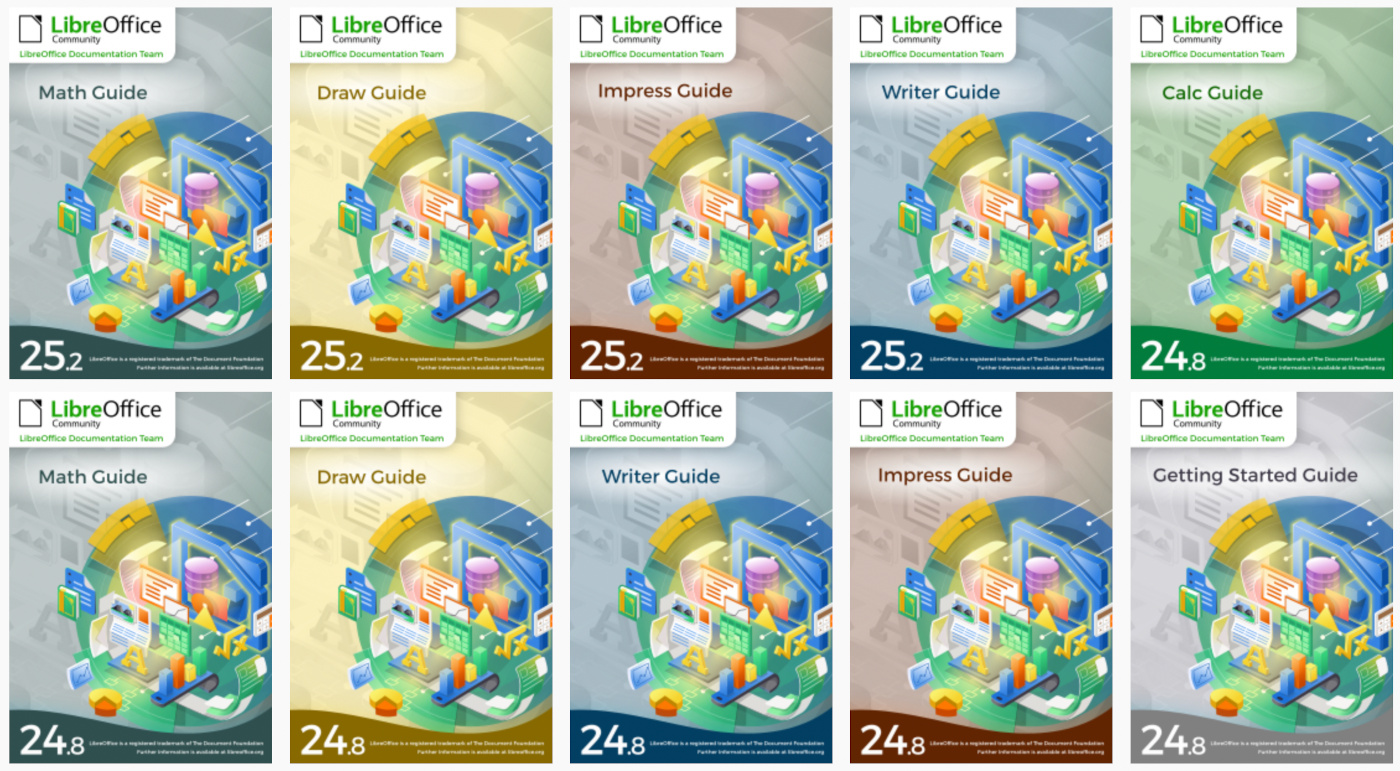


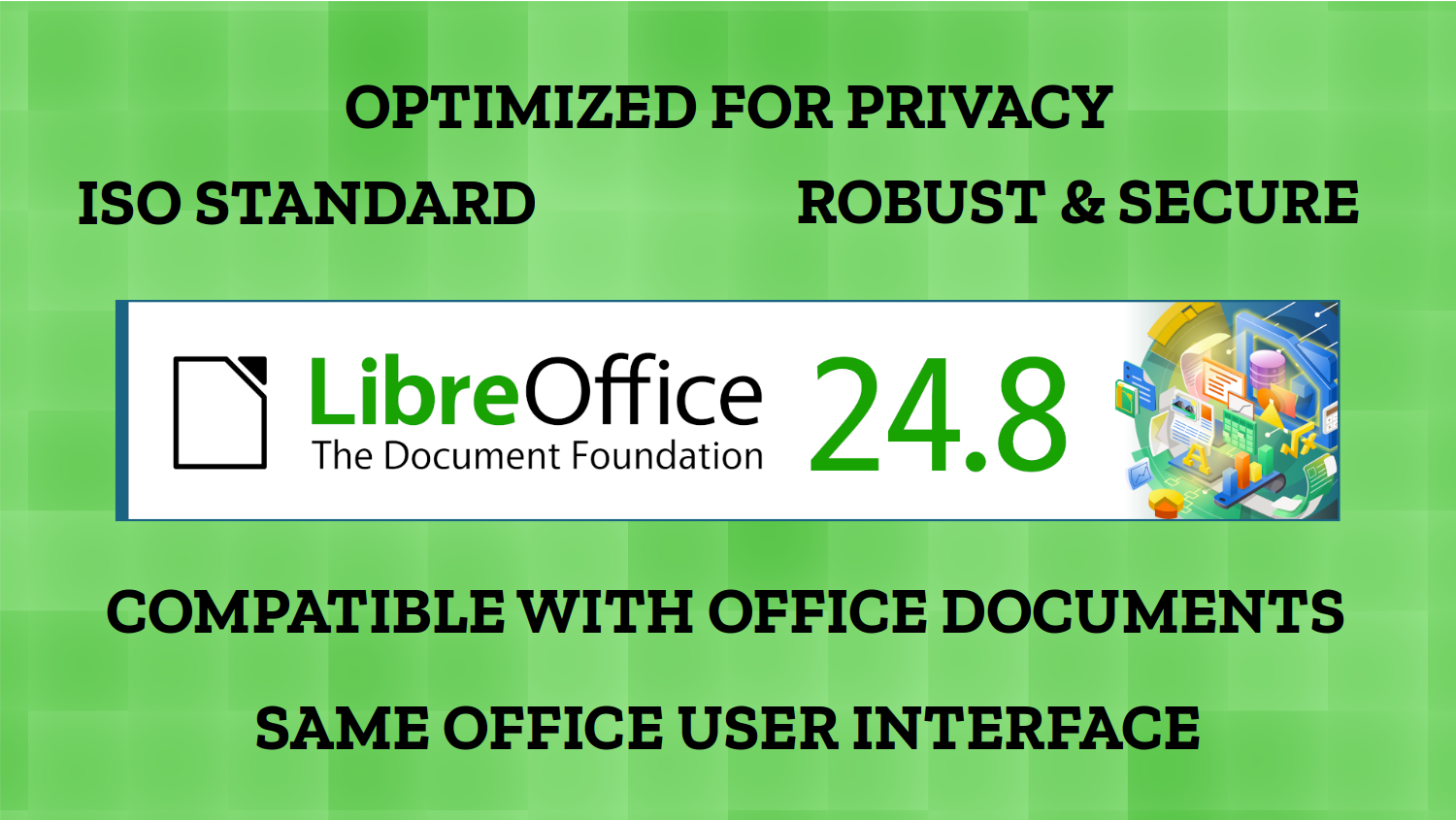



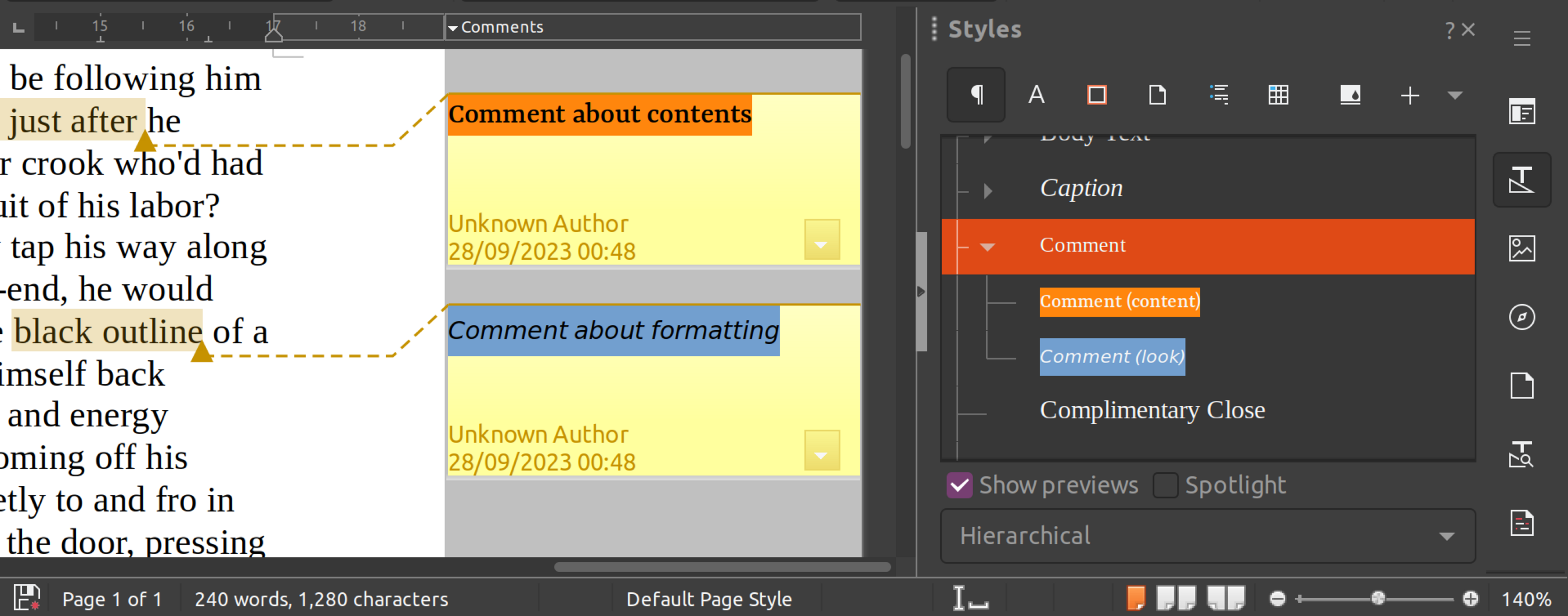
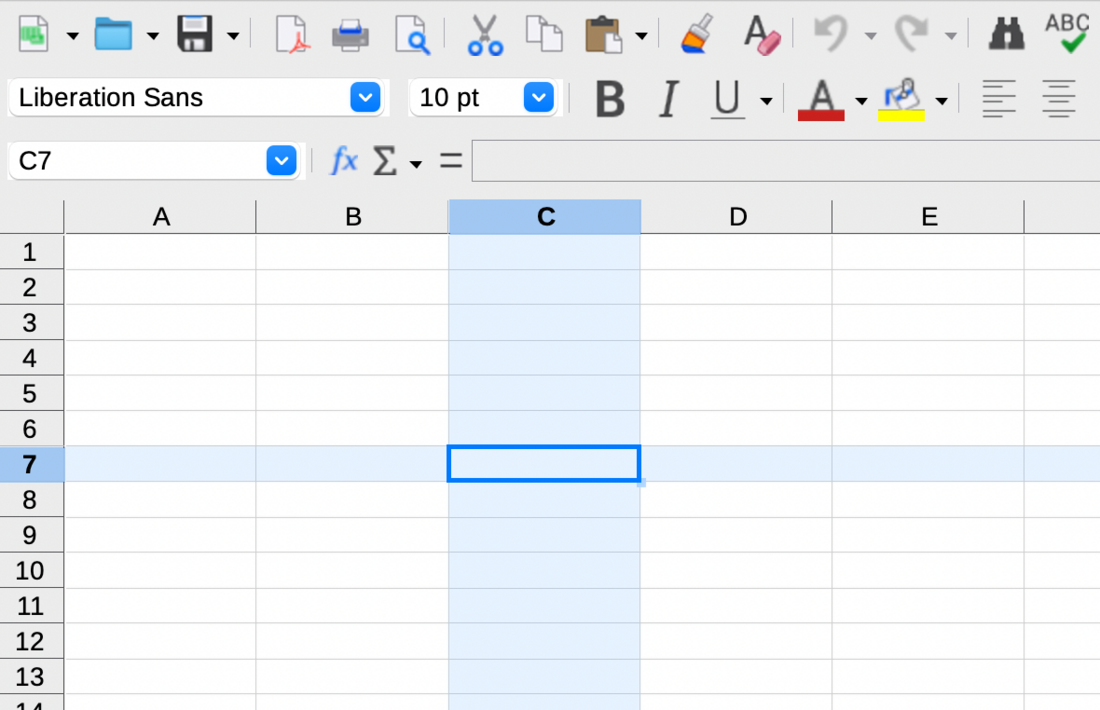

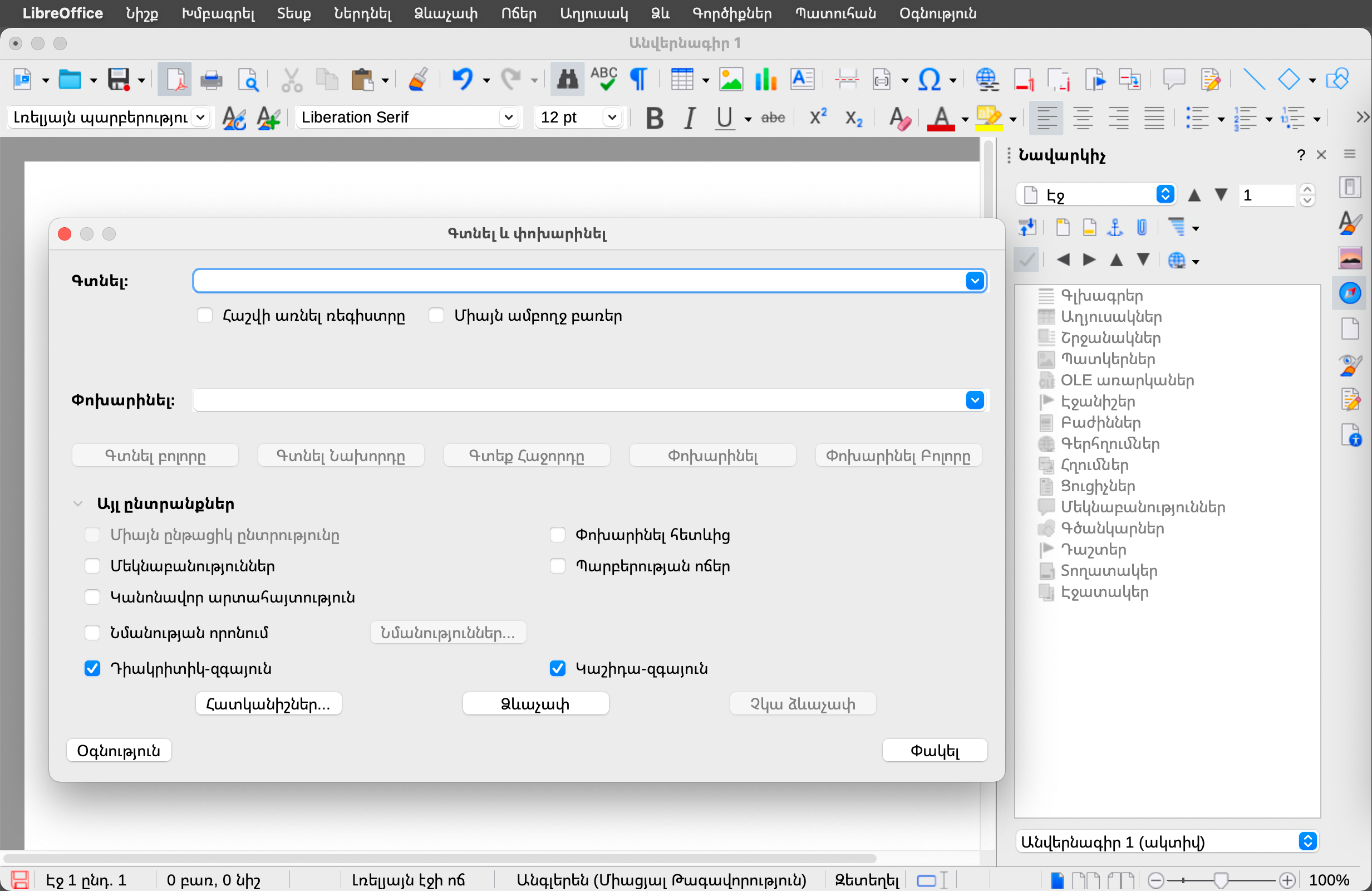

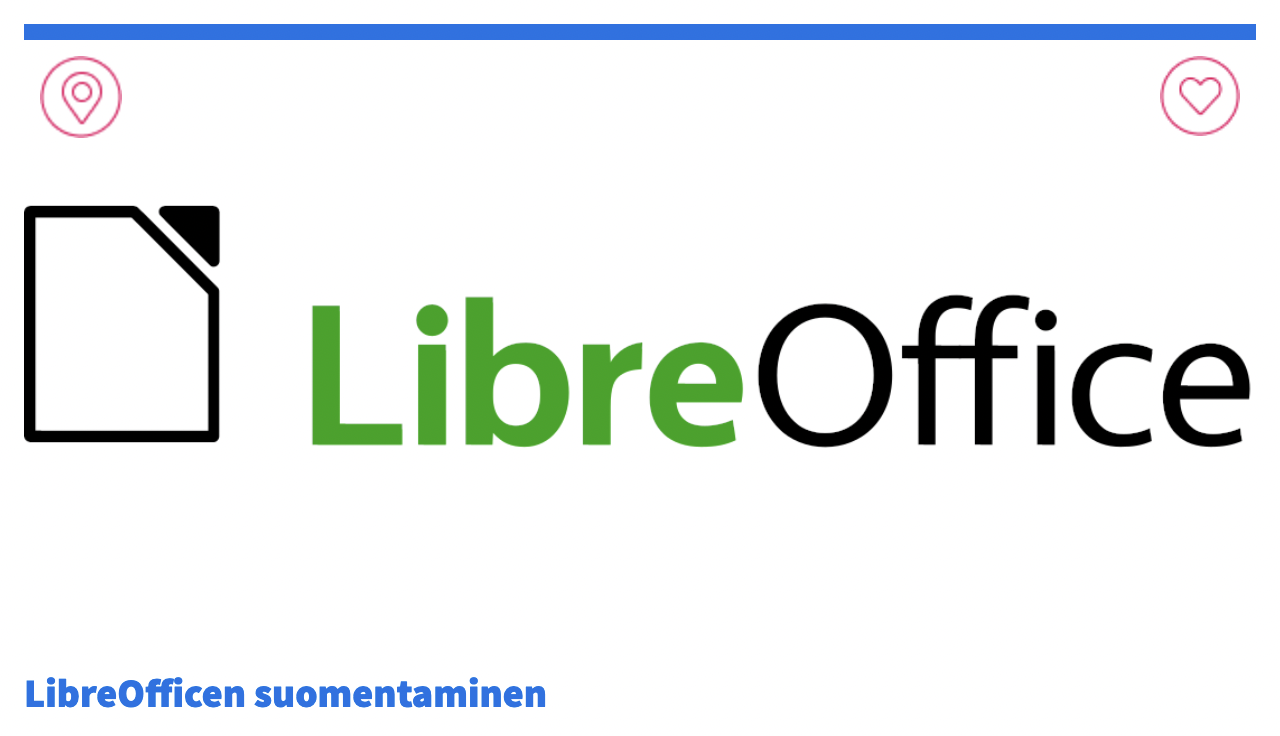

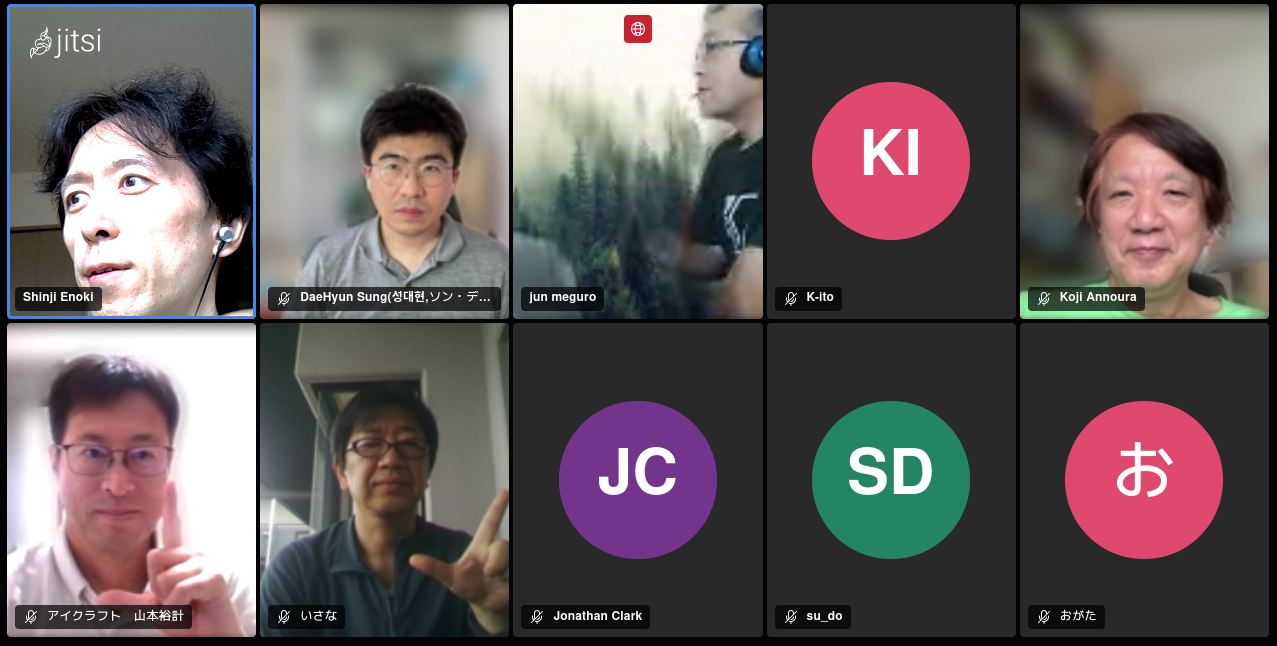
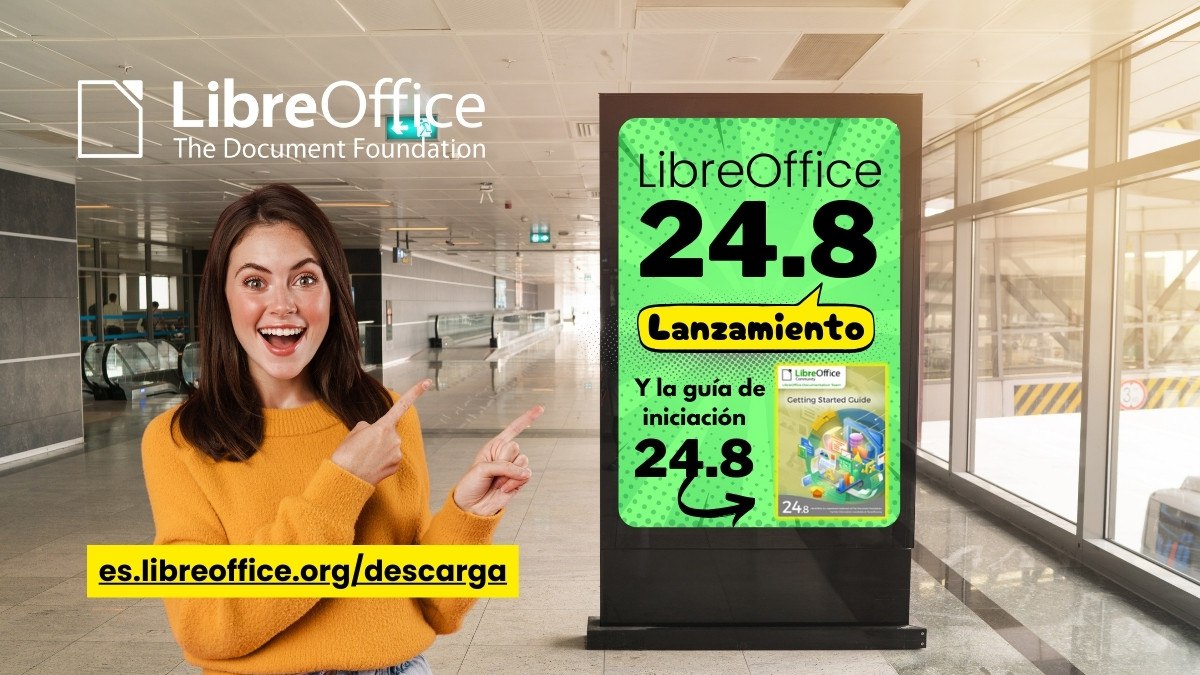



 The 7 participants of the Frankfurt Summit.
The 7 participants of the Frankfurt Summit.











 During breaks and after the day, the contributors will go out for a meal and socialise. Rafael, Adam, Mikekov, Tav and Marc [pictured right] sit at a restaurant near the event space for lunch and get to know each other better.
During breaks and after the day, the contributors will go out for a meal and socialise. Rafael, Adam, Mikekov, Tav and Marc [pictured right] sit at a restaurant near the event space for lunch and get to know each other better. After the Inkscape Summit event, everyone was able to participate in the
After the Inkscape Summit event, everyone was able to participate in the  Meeting with the wider community of Free Software contributors helps us stay up to date with what's happening in the wider industry as well as meeting with some pretty cool people who help run a lot of the software which our users also depend upon. Big thanks for the organisers of LGM for running the event this year, which is the first in person event since Covid.
Meeting with the wider community of Free Software contributors helps us stay up to date with what's happening in the wider industry as well as meeting with some pretty cool people who help run a lot of the software which our users also depend upon. Big thanks for the organisers of LGM for running the event this year, which is the first in person event since Covid.
